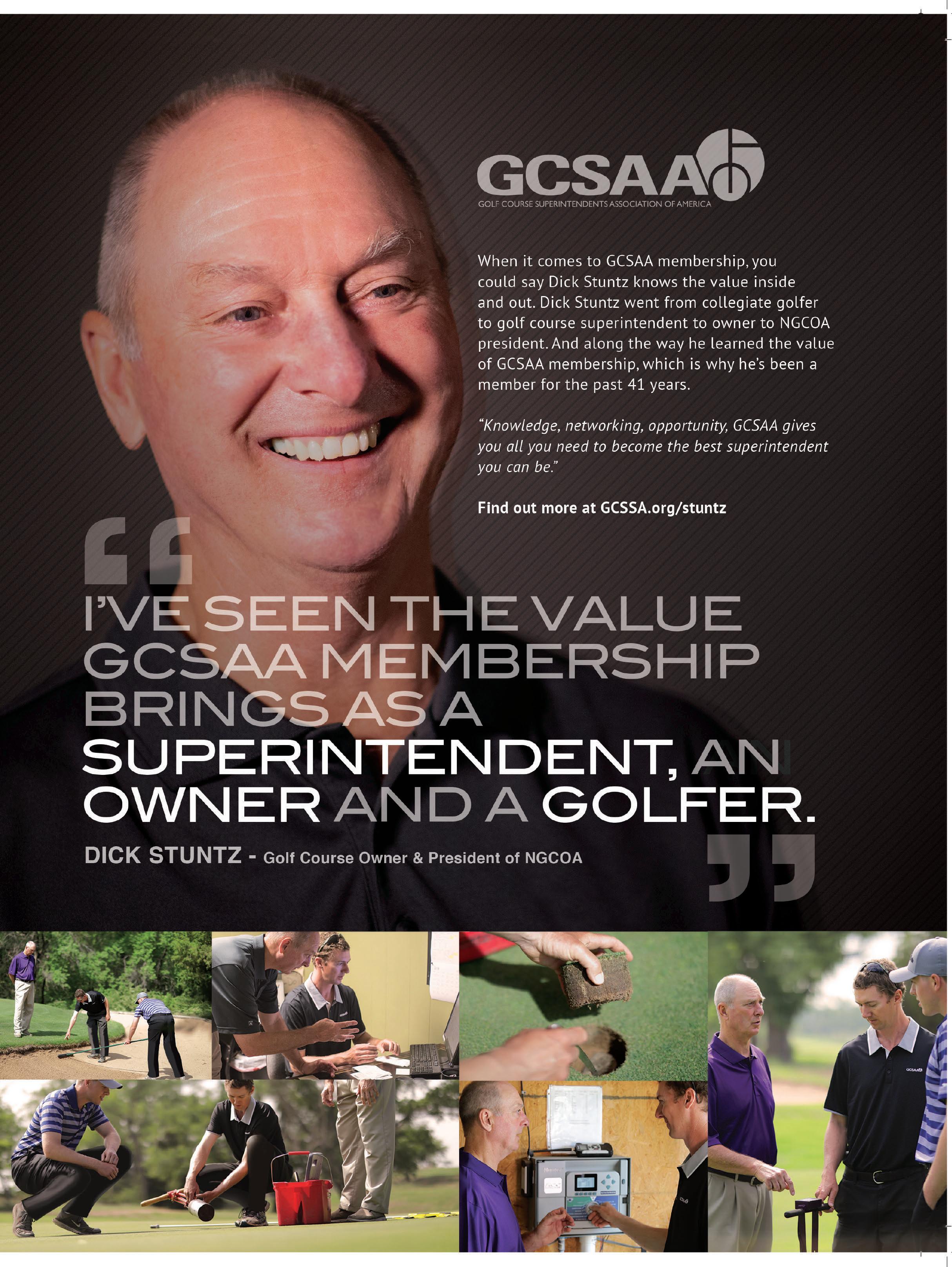


EDITOR’S NOTE






DAVE WHITE
Dave White is the editor of BoardRoom magazine. If you have comments on this article or suggestions for other topics, please send Dave an email to: dave@boardroommag.com.
Education for private club boards continues front and center and the theme rises in our July/August BoardRoom as John Fornaro’s Publisher’s Perspective focuses on “What’s a Board To Do?”
Certainly, the continuing education and orientation for boards of directors is a good thing, but many clubs limp along as they deal with issues and problems that really shouldn’t even see the light of day. Still it happens!
To reiterate a long-standing affirmation, it all starts with board members understanding their roles and responsibilities, but as Gordon Welch, president of the Association of Private Club Directors suggests, “common issues are lack of knowledge, lack of concern and selfish intention.” Tough words, but a reality of club life.
Oh yes, there certainly are other issues (i.e. micromanagement, lack of a club strategic plan, using alcohol before or during meetings), but as Kevin Reilly espouses in Publisher’s Perspective, there’s a need for boards to focus on the club’s core issues, including strategic planning to ensure the continued financial viability of the club.
What must the club do to sustain itself? What are the plans for improvements, how will improvement be funded? Questions Reilly poses because as he maintains, “an underperforming board often results in a dysfunctional board… and a series of underperforming boards can lead to the eventual disband of the club. A lack of financial oversight and planning can accelerate this decline.”
Another contributor, Henry DeLozier, suggests “ineffective and divided boards render club manager helpless,” which exacerbates a messy situation.
So, what’s a board to do? Step up and accept the responsibility of guiding a club toward a sustainable future. For some not an easy task, but it is an achievable goal.
Reilly, in a sidebar to Publisher’s Perspective, offers boards some solid advice for operating with greater accountability, transparency and purpose. It’s a well-thought out process that clubs and their boards should consider seriously. And it’s here for the taking.
n n n
It seems an increasing number of private club and homeowners’ association across the country are merging, or at least considering merging, into one legal entity. That’s the
focus of a story from attorney Michelle Tanzer, who suggests it’s happening various reasons.
Tanzer says there are several key motivators in every merger, including unification whereby the two entities combine their operations, talents and resources; economies of scale suggesting the larger organization will have more clout; liens for delinquencies and perhaps some tax savings.
“Done properly, all clubs could be merged with an HOA, even without mandatory club membership,” says Tanzer, “and the mergers can occur regardless of whether the club is a for profit or not-for-profit entity because the club entity does not survive and, in virtually all cases, the HOA is a not-for-profit entity.”
Tanzer’s advice...if your club is considering a merger, check with your accounting and legal professionals so you know what and what doesn’t apply to your club. Good advice, I’d say!
n n n
Scott McNett pays tribute to a former colleague and friend, the late Richard (Dick Farrell who died earlier this year.
“Dick has the vision and skill necessary to expand GSI Executive Search well beyond its initial scope,” write McNett. Along with late partner, Charlie Hoare, Farrell pushed the firm to include full executive search services. Farrell was well known and one of the private club search industry’s most recognized and respected figures, particularly in Florida.
n n n
And finally, we continue with our series on BoardRoom magazine’s Top Private Club Presidents with stories about: Grant Hendricks, President, Southward Ho Country Club, Bay Shore, NY; Steve Irwin, President, St. Andrews Country Club, Boca Raton, FL; and George Lantz, President, Glenmoor Country Club, Cherry Hills, CO
Publisher/CEO
John G. Fornaro
Editor/Co-Publisher
Dave White
Assoc. Editor/VP Creative/Co-Publisher
Heather Arias de Cordoba
Innovative Ideas Editor
Meghan Thibault
APCD Executive Director
Bill Thomas
Editorial & Marketing Director
Dee Kaplan
Accounting/Subscriptions
Susan Giem
Contact Information
www.BoardRoomMagazine.com www.apcd.com (949) 376-8889 or (949) 365-6966
Featured Columnists
Rick Coyne
Henry DeLozier
John G. Fornaro
Bonnie J. Knutson
Contributing Writers
Heather Arias de Cordoba
Chris Boettcher
Bill Boothe
Caleb Christopher
Ronald F. Cichy
Rita B. Craig
Rob DeMore
Dave Doherty
Dave Downing
Todd Dufek
Boris Fetbroyt

Co-Founder/CEO
John G. Fornaro
Bill Thomas
Nancy M. Levenburg
Phil Newman
Gregg Patterson
Patricia Sprankle
Brian Friederichs
Steve Graves
Mark Gurnow
Michael Gutenplan
Rob Harris
Angela Hartmann
Larry Hirsh
Steve Hockett
Rick Ladendorf
Melissa Low
Brian Lussier
Strategic Partners and Allied Associations





BoardRoom
Scott McNett
Steve Mona
Paul Mueller
Macdonald Niven
Mike Phelps
Robert Quigg
Whitney Reid Pennell
Ted Robinson
Michelle Tanzer
Meghan Thibault
Philip L. Zeller

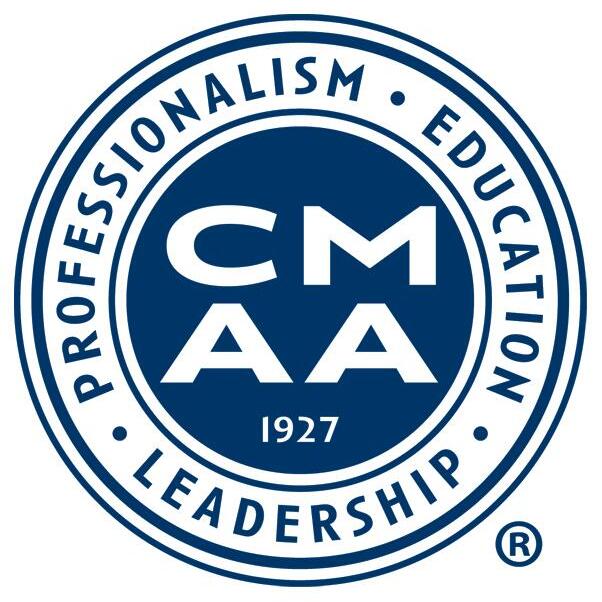
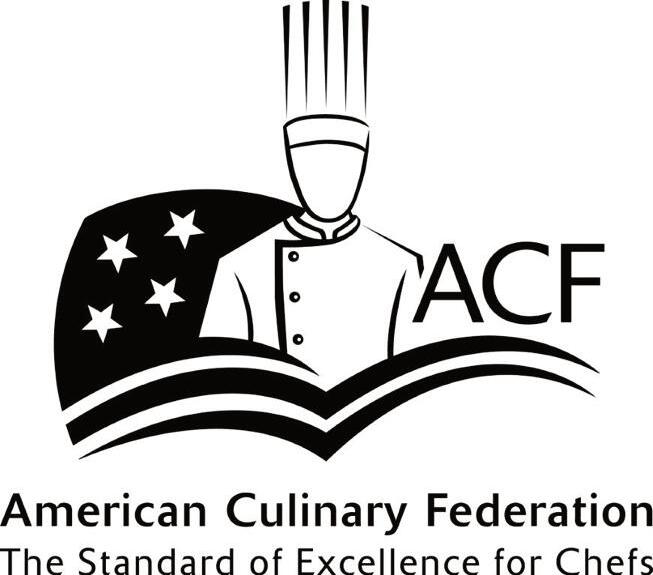



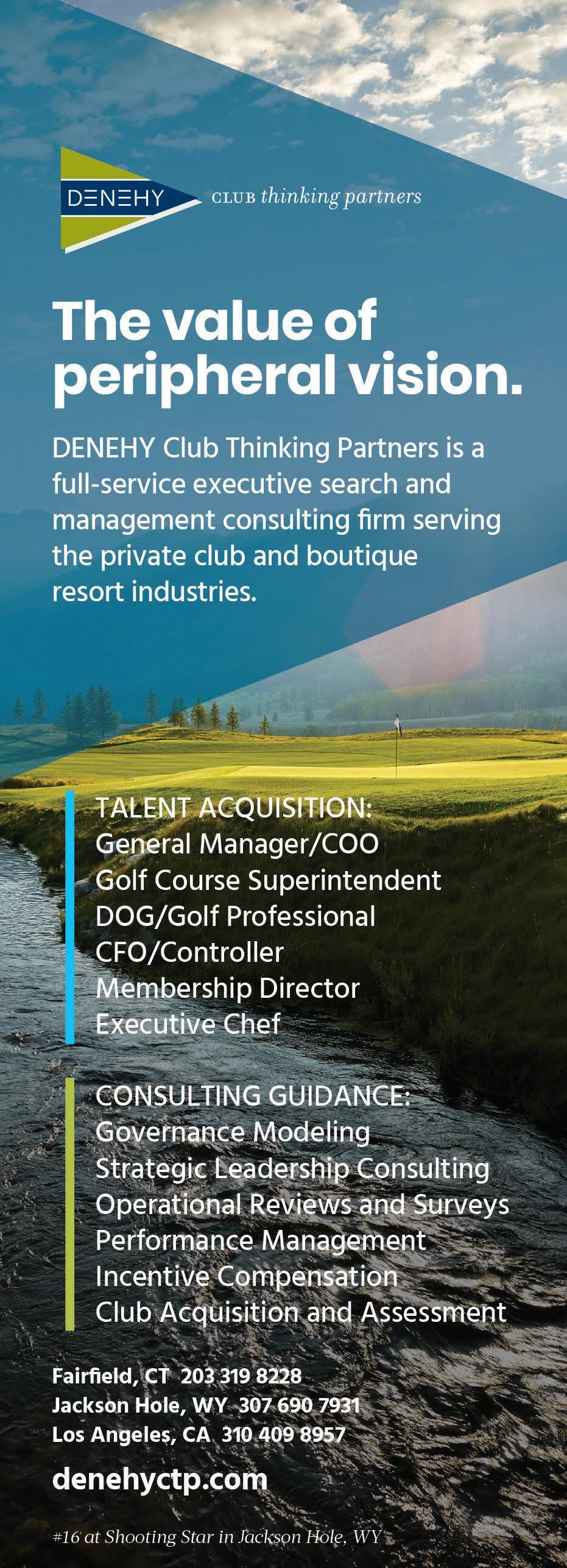

PUBLISHER’S PERSPECTIVE | 10
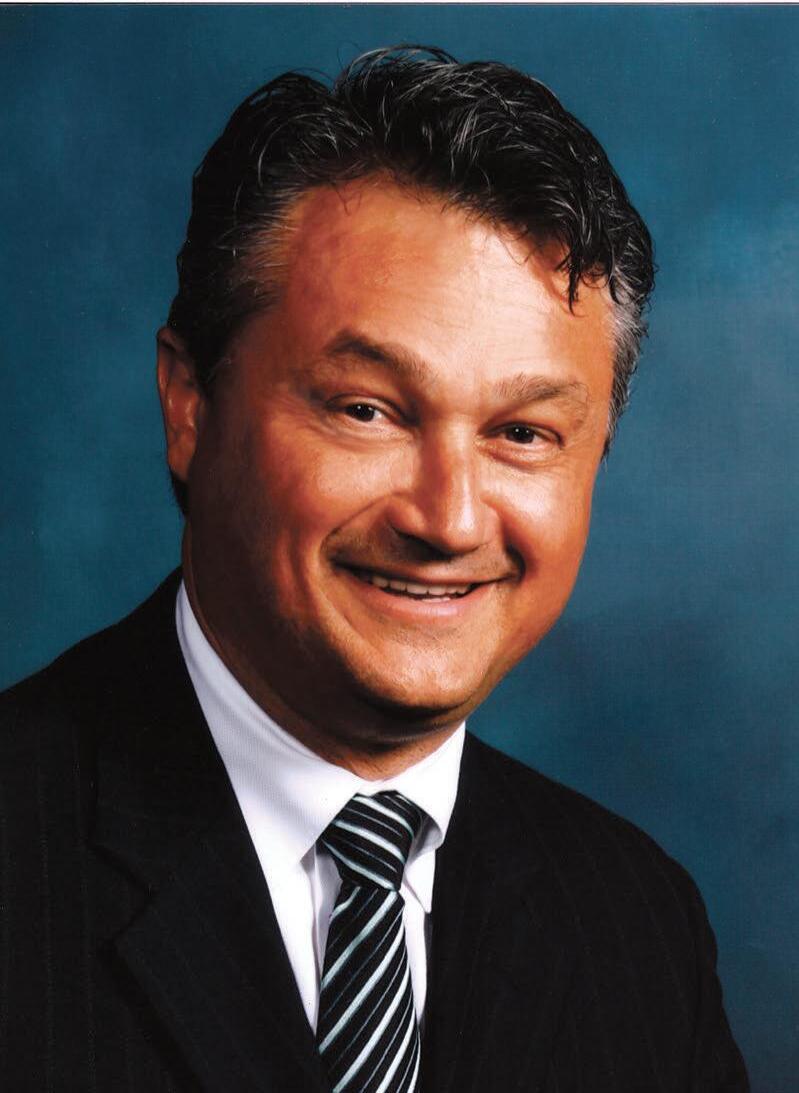
BY JOHN G. FORNARO
What happens when a board member is a ‘bad apple?’ And does a board fire a ‘volunteer yet incompetent’ board member whose family is heavily committed and involved in the club? Staff turnover, rocky relationships between the board and the club’s general manager and members’ dissatisfaction with what’s happening at their club are clear signs something needs to be done.

BY NANCY M. LEVENBURG
Countless private clubs around the U.S. tout their long-standing – and prestigious – position in the community. “A Tradition in Excellence since [insert year]” is a slogan that your club – as well as just about every other one in your area – has used at one time or another.
CASE STUDY| 52
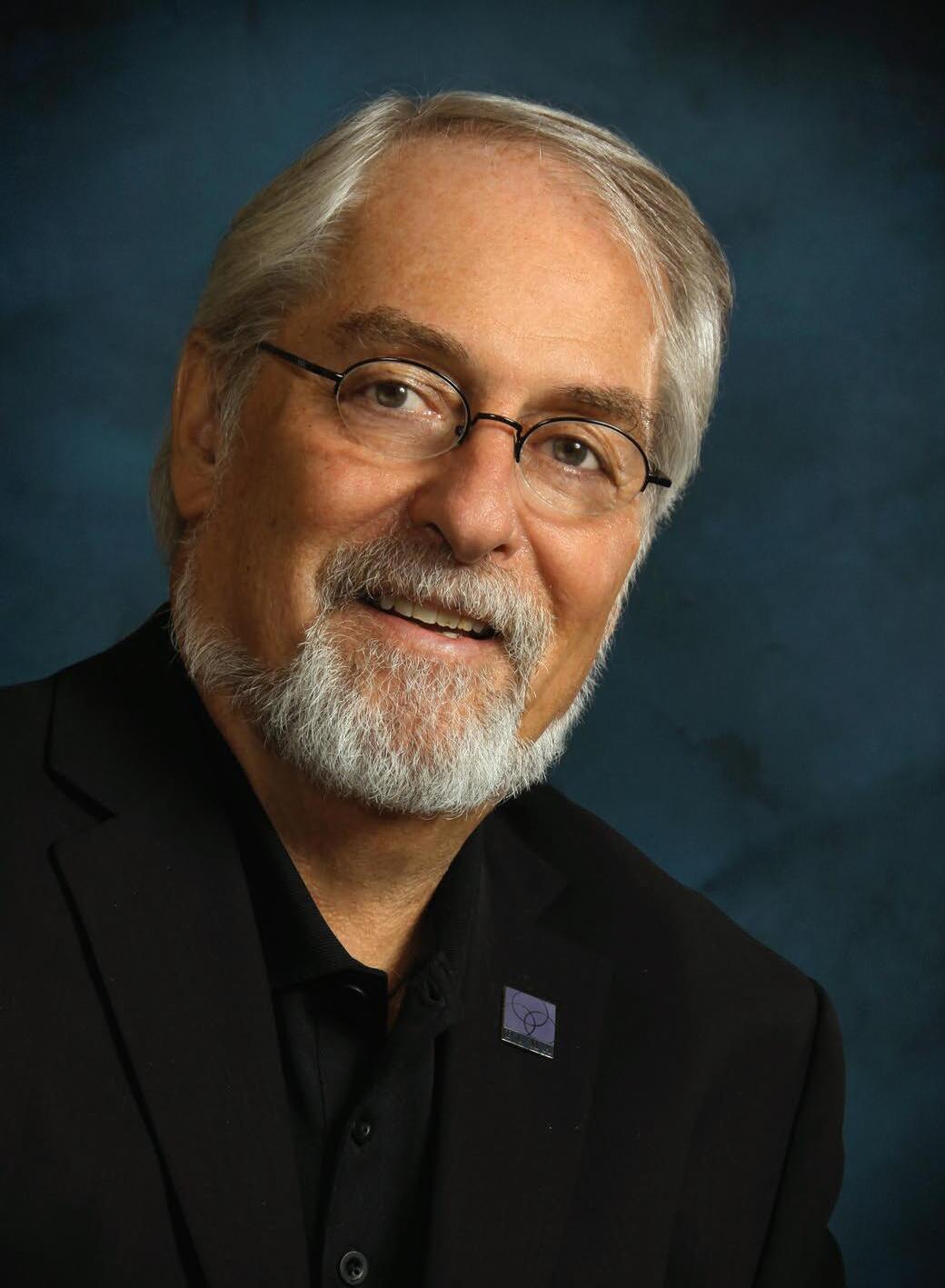
BY RICK COYNE
Have you ever wondered where Apple might have gone if it weren’t for iPhones or iPads or Apple Watches? What if they’d stopped at iPod? Was it by accident that they always seemed to have the next product, or the next iteration of the same product handy when sales began to slow on any of their innovative technology? Not likely, right?
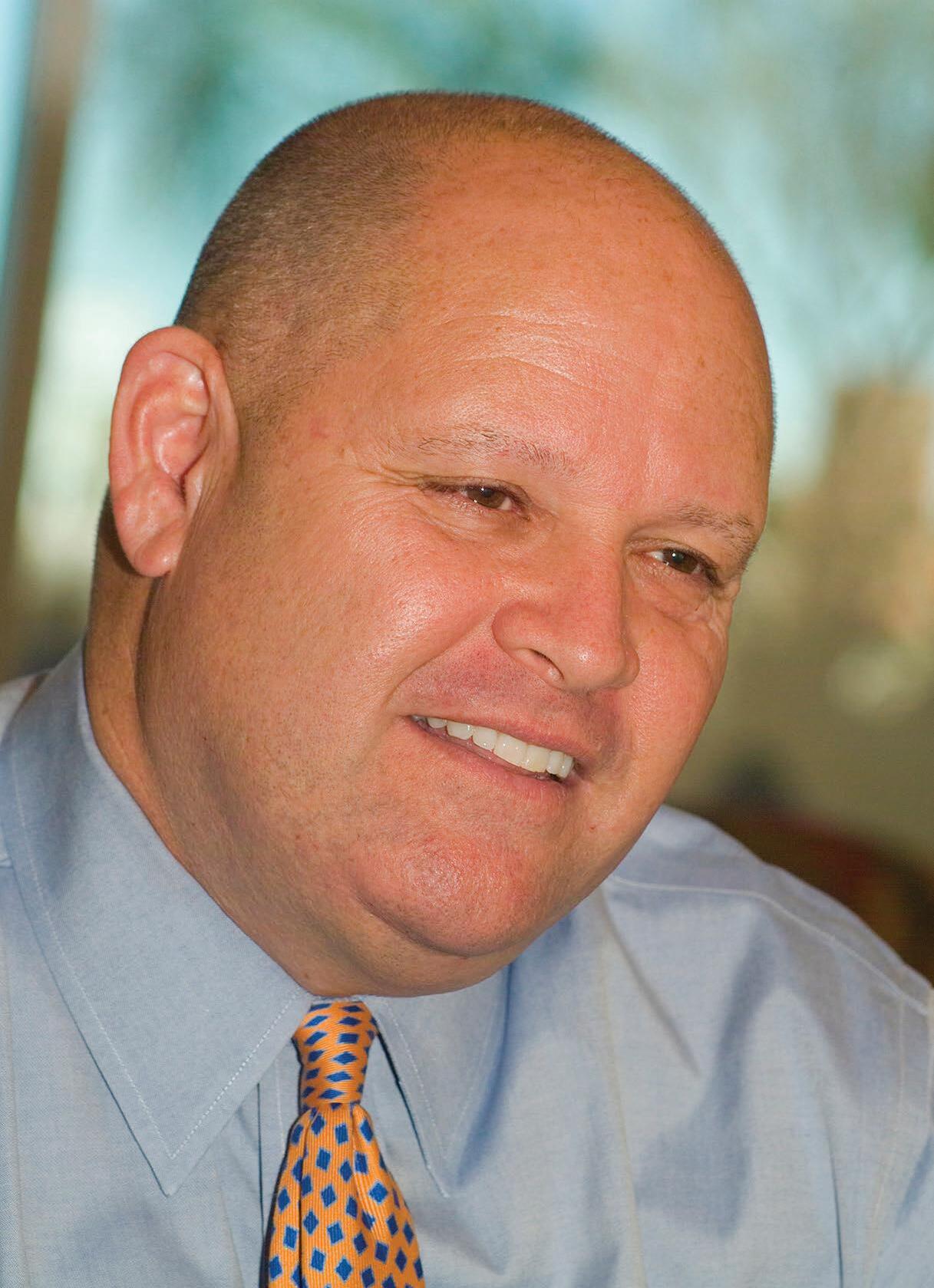
BY HENRY DELOZIER
When economic downturns hit with the severity of the Great Recession, any strategy that keeps the lights on and maintains a viable membership must be deemed successful. Now, as they return to growth mode, many clubs are experiencing the effects of those challenging times and realizing that capital improvements have reached the urgent stage.

BY PHIL NEWMAN
BOARDROOM BASICS & BEYOND| 14
BY PATRICIA SPRANKLE
As our search executives travel around the country visiting, and working at various clubs, one thing has become clear and the trend to improve member communications has become paramount when implementing a club’s strategic plan. To stay current in today’s fast paced world of technology, clubs, companies and people must continually evolve. Those clubs that are doing so have remained traditional, multi-generational clubs and are thriving in most areas around the country.
Are metrics used at your club by practitioners to improve their performance or by nonpractitioners to reward and punish? All uses of market data should be placed in the context of each club’s strategic plan, business plan and, ultimately, zero based budget. Presumably each club’s strategic plan is unique or else someone would just publish a boilerplate document that all clubs would follow. MEMBERSHIP
FOOD FOR THOUGHT | 66

BY BILL SCHWARTZ
Clients have asked about a cool new feature they’ve heard about – the ability to scan invoices and have these images update the inventory system. On the surface the idea makes great sense. It could make the idea of real-time inventory control more likely since the invoice could be scanned into the system as soon as it arrives. So what’s the problem here?

BY
BONNIE J. KNUTSON
While talking with a newly minted COO, we pontificated about emerging food trends, about the challenges of engaging the Millennial member, and about the rising tide of never-thought-about-before competition. All of a sudden, he stopped, cocked his head to the side, and with that quizzical look that only the young can give, said, “Well, you’ve been around clubs for a long time, where do you think the club industry will be in five years?”
TRIBAL MAGIC | 78

BY GREGG PATTERSON
Manager Sue of The High and Mighty Country Club pops the third over-sized square of “90 percent cacao guaranteed to ignite visions” solid dark chocolate into her mouth, chews lightly, savors the sugar hit and feels the buzz she needs to deliver the late afternoon “end of shift” debrief to the young pups, her summer interns. Primed now to deliver the message, Manager Sue hits her “let-em-in” button and sits, Buddha-like, while the summer interns file in and take their seats.
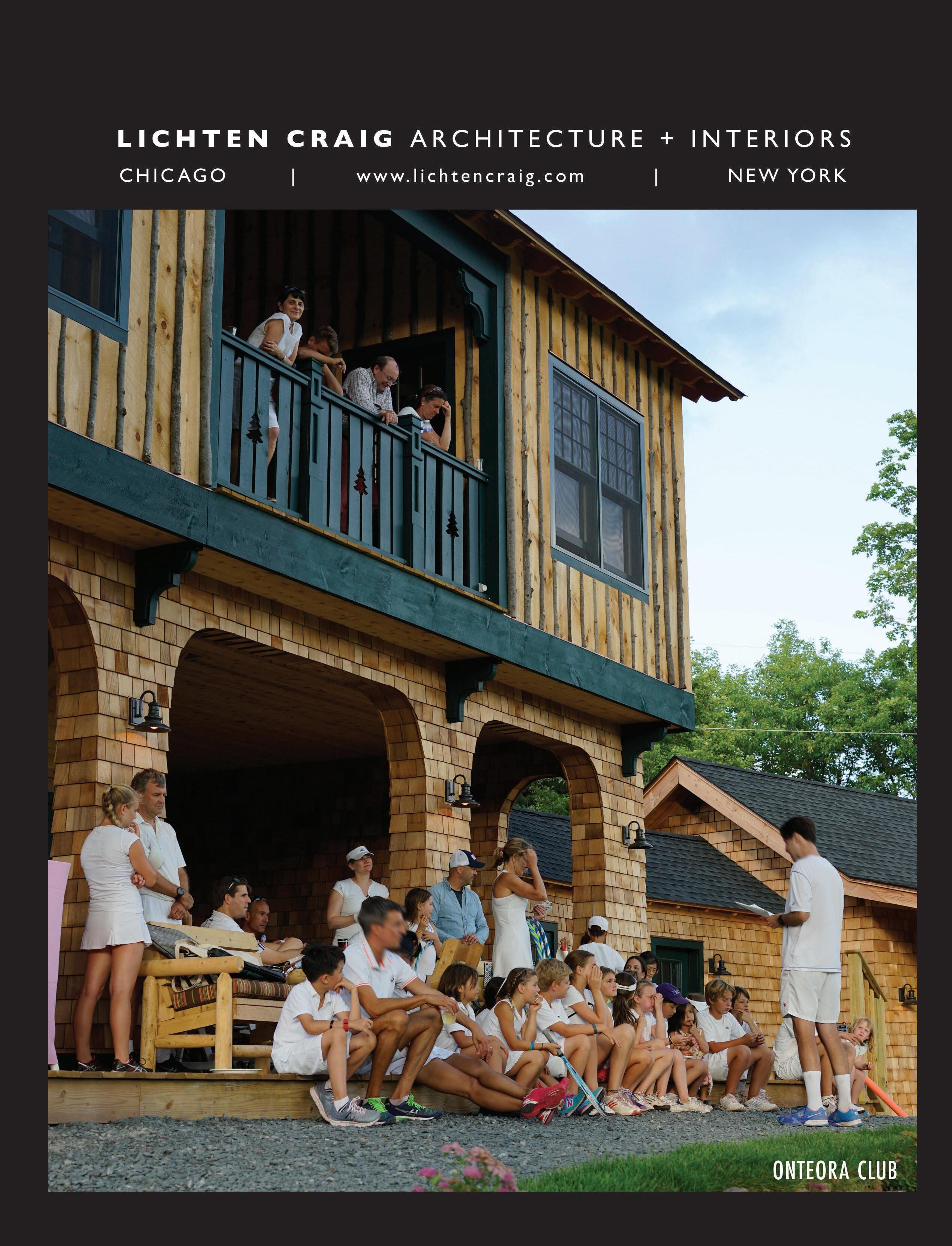
Let’s Move For a Better World By
Dave White
Macdonald Niven

Golf’s Economic Impact Grows By Steve Mona

U.S. Open Economic Impact Huge Special to BoardRoom magazine ASSOCIATION OF
Top Private Club Presidents By Heather Arias de Cordoba
Bill Boothe
Michelle Tanzer
Rita B. Craig
Meghan Thibault
Meghan Thibault


GCSAA Expands Specialized Education For Assistant Superintendents, Equipment Managers By Angela
Hartmann
GOLF DISPUTE RESOLUTION
Golfing Judge Impermissibly Permitted Her Personal Country Club Experience To Impact a Judicial Ruling By Rob Harris
EXECUTIVE COMMITTEE.
26 Leadership: Making “ands” Meet By Ronald F. Cichy and Philip L. Zeller
EXECUTIVE COMMITTEE.
Meghan Thibault
Chris Boettcher
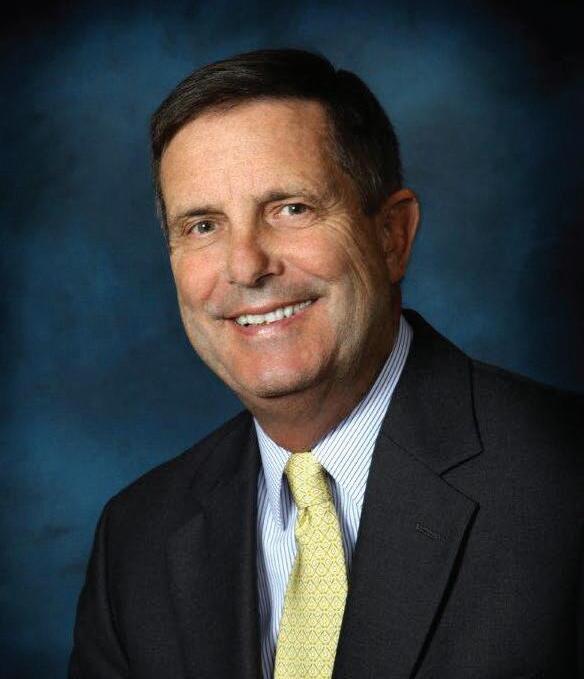
28 The Future of Your Club By Larry Hirsh
EXECUTIVE COMMITTEE. .
Keeping your Club’s Governance System Relevant By Steve Hockett
EXECUTIVE COMMITTEE. .
. 32
When Private Golf Clubs Are About More Than Just Golf By Mark Gurnow
F&B COMMITTEE. .
Improving Experiences? By Whitney Reid Pennell
Capital Funding By Paul Mueller TENNIS COMMITTEE.
46
TECHNOLOGY COMMITTEE.
Passphrases: Cybersecurity SeriesPart IV
50
By Caleb Christopher
WELLNESS COMMITTEE. . . .
54 Are You the Employer of Choice? By Rick Ladendorf
GREEN COMMITTEE. .
Preparing for Weather Extremes By Dave Downing
GREEN COMMITTEE. . .
Listen, Look, Plan and Apply The Key to Making Improvements By Brian Lussier
What Do Professional Services Mean to You and Me? By Dave Doherty
LEGAL COMMITTEE. .
HOUSE COMMITTEE.
71 Board Members – Your Locker Room Team Needs Training! By Todd Dufek
MEMBERSHIP COMMITTEE. . .
Declining Membership Base? Look at Your Sales Process By Brian Friederichs
62
63
80
81 Starting from Scratch Training the Membership Director By Ted Robinson
64
Member Engagement Levels The New Key Performance Indicator for Retention By Steve Graves
69
Civil Disagreement at the Private Club Minor Nuisance or Legal Risk? By Rob DeMore
Scott McNett
Taking Advantage of the Struggling Tennis Industry By Boris Fetbroyt and Robert Quigg
HOUSE COMMITTEE. .
Tips for Booking the Best Entertainment for Your Club By Michael Gutenplan
70
publisher’s perspective
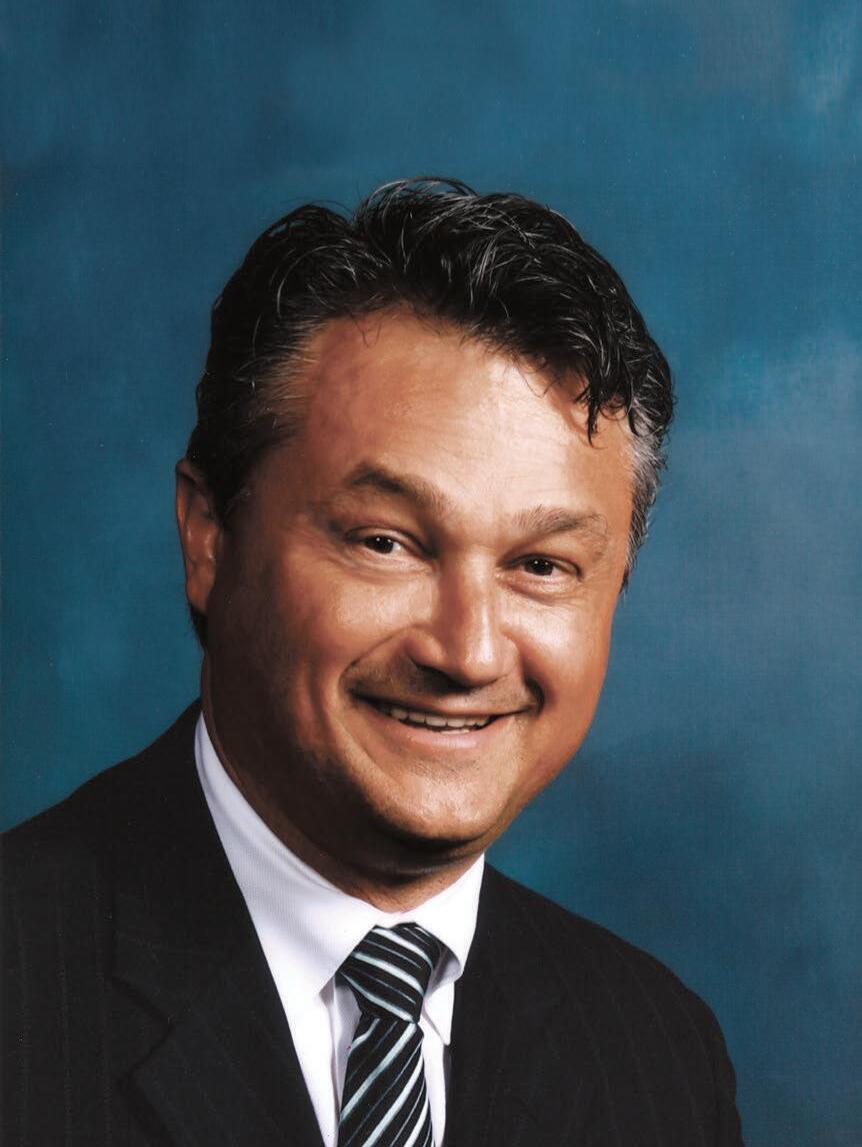
John G. Fornaro
John G. Fornaro is the publisher/CEO of BoardRoom magazine, co-founder/CEO of Distinguished Clubs and the CEO of the Association of Private Club Directors (APCD). If you have comments on this article or suggestions for other topics, please contact John Fornaro at (949) 376-8889 or via email: johnf@apcd.com
today members expect their private club boards to be perfect, ensuring transparency and accountability. in reality, that’s a pipe dream for many!
Boards, as members watch from the sidelines, can be rife with issues, including the fact that board members often don’t even know what their roles and responsibility are…what they are supposed to do to be effective board members.
Much has been made of the education and orientation for private club board members, and that’s a good thing. Common problems proliferate and ofttimes there’s little effort or willingness to face reality and do something about the problems greatly affecting a club’s ability to operate efficiently and effectively.
Henry DeLozier, principle with Global Golf Advisors, sees three challenges recurring in the private club board rooms: 1) ”Board members who seek to execute their own agendas; 2) board members who lack a thorough knowledge of their club’s business model and strategic plan, and (3) boards that do not understand the role and responsibilities of a non-profit board.
“Members with an agenda are toxic to effective board service and servant leadership. It is critical that club boards put the needs of others ahead of their own needs.
“Fred Laughlin, the GGA governance guru, observes that board members are club members 99 percent of the time and board members one percent of the time. Thus, the challenge for board members to know and do their
What happens when a board member is a ‘bad apple?’ And does a board fire a ‘volunteer yet incompetent’ board member whose family is heavily committed and involved in the club? Staff turnover, rocky relationships between the board and the club’s general manager and members’ dissatisfaction with what’s happening at their club are clear signs something needs to be done. And what needs to be done starts with purpose… what is the board’s compelling purpose?
“Common issues are lack of knowledge, lack of concern and selfish intention,” suggested Gordon Welch, president of the Association of Private Club Directors.
“This may seem hardline, but the fact is boards with issues fall into one of these three areas. Oh yes, there are more, but these three come to mind first and the only one of these that can be altered is the lack of knowledge.
“Boards must take their roles more seriously. A private club is a multi-million-dollar company and the governance of the club should be run as such. Individuals serving on the board should be qualified and should serve a purpose on the board; not just ‘a good guy’ that would like to serve.
“This doesn’t mean the board members can’t enjoy their service to the club, but it is a true job and new directors should be prepared for it,” Welch added.
jobs becomes vital to a club’s long-term health,” DeLozier explained.
For Chris Boettcher, general manager/COO at The Beach Club of Santa Monica, neglecting a proper orientation for board members is a major issue.
“Speaking from past experiences, my observations are that boards and board members do not take into account the importance of proper orientation, inclusive of the president, and executed by the GM. That is the single most important issue for a new board member. They need to be aligned completely before their first board meeting - otherwise they end up dragging meetings down and looking reall y silly.

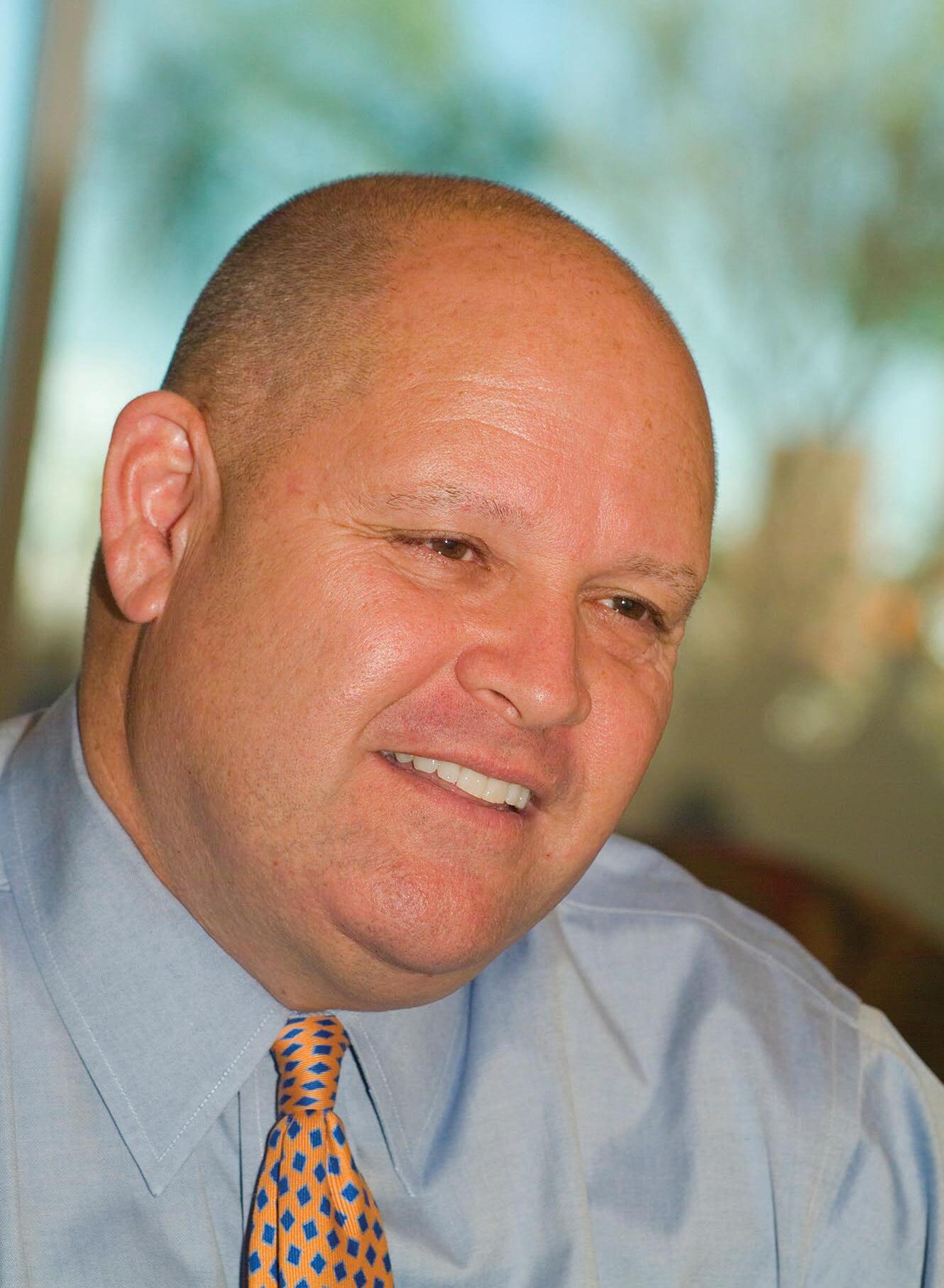
henry Delozier
Henry DeLozier, a recipient of the BoardRoom magazine Lifetime Achievement award for 2014, is a principal of Global Golf Advisors. You can contact him at hdelozier@globalgolfadvisors.com.
When economic downturns hit with the severity of the Great recession, any strategy that keeps the lights on and maintains a viable membership must be deemed successful.
One popular strategy was to batten down the hatches and delay as much spending for as long as possible. Now, as they return to growth mode, many clubs are experiencing the effects of those challenging times and realizing that capital improvements have reached the urgent stage.
While the worst of the recession has passed, that doesn’t mean coffers are overflowing at many clubs. Which raises the question: How do we pay for our future?
Here’s how one 20-year-old, high-end equity golf club adjoining a residential community is doing it. Its experience is a case study in funding private club enhancements, from conceptualizing the needs, activating and engaging members and implementing a multi-million dollar infusion of equity.
Conceptualizing the needs: The outdated club was losing members because its facilities needed to be upgraded. Dennis Hillier, the Greenberg Traurig attorney who led the project team, summarized: “It was important for the club to borrow the least amount of money for the enhancements, which meant members would need to substantially fund them. This required exceptional member buy-in for the plan.”
Hillier’s firm, along with marketing consultant Brad Quayle, helped members define which enhancements were needed. This process typically involves member focus groups and an attitudinal survey to identify and prioritize members’ needs. During this stage, club leaders also should make sure their conceptual plans are appealing to members’ visions for the club’s long-term future.
Activating and engaging the club’s members: When members fund capital projects, they must be fully informed of the club’s needs and priorities to maximize their support and buy-in. Tactics that are most effective in building this understanding and engagement include widespread distribution and explanation of member preferences, as shown in the member survey, along with patient, transparent explanations of the costs of the desired improvements.
Implementing needed changes: Hillier and his team took several simultaneous actions while implementing the
changes. “We collaborated with club members to modernize the membership offering itself, keeping in mind that trends in club usage have changed over the years since the original membership parameters and documents were created,” he noted. Doing so required multiple meetings with members to design the enhancement program and prepare the voting materials.
The project team and club leaders also developed a clubhouse renovation presentation book that included planned enhancements to facilities and the golf course. This overview helped assure members that the initiatives being voted on were part of a comprehensive plan.
The advisory team actively oversaw the voting process and the details of a proactive campaign to obtain the voting proxies and commitments to meet the club’s capital call. The team coordinated several loan commitments from select banks to ensure acceptable financing terms. At the same time, the club obtained multiple bids from contractors so that cost estimates would be as accurate as possible.
Loan terms from the bank included a 25-year amortization of debt over the 10-year term of the loan. This key step allowed members the option of paying assessed sums up front or over time. For members who chose a phased payment, the terms required a one-third payment of the capital call up front with the balance to be paid in quarterly or annual payments. The terms also required that the principal and interest be paid within nine years.
Success: Seventy-eight percent of the voting members approved the enhancement program and some $10 million loaned by a national bank. More than 120 members elected to pay up front, raising more than $7.2 million and significantly reducing the amount to be borrowed.
Funding enhancement programs that require extensive member support is one of the most sensitive actions any leadership team undertakes. Poorly chosen language, bad timing and a lack of due diligence can derail critical projects.
The solution is not as elusive nor as daunting as it might first appear. It lies in the ability to assemble an experienced team, create an effective plan and make certain that communications to members are clear and detailed. br
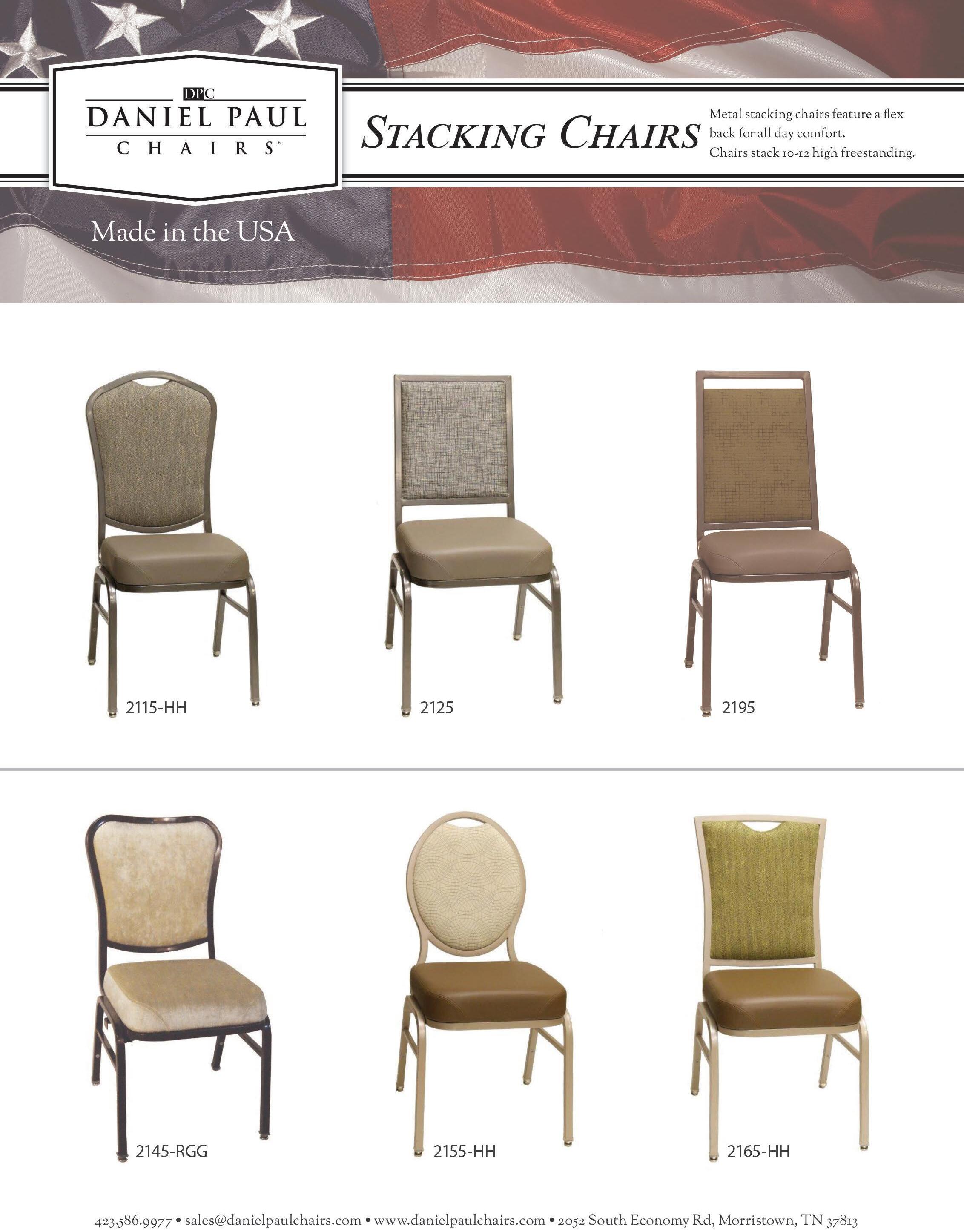
patricia Sprankle
Patricia Sprankle is an executive assistant to the Partners at KOPPLIN KUEBLER & WALLACE and has an extensive background in communications, real estate and golf shop management.
boardroom basics and beyond
as our search executives travel around the country visiting, and working at various clubs, one thing has become clear and the trend to improve member communications has become paramount when implementing a club’s strategic plan.
This desire to develop enhanced correspondence both internally and externally to better engage and connect with their membership can be achieved in several ways. Our company’s goal is to promote success and innovation at all clubs and we feel that sharing our experiences and knowledge with the club world, will help to improve the member experience across the board.
To stay current in today’s fast paced world of technology, clubs, companies and people must continually evolve. Those clubs that are doing so have remained traditional, multi-generational clubs and are thriving in most areas around the country.
At the forefront of this evolution is social media and all it encompasses. The world of social media can be intimidating and if the choice is made to use these more Millennial-focused marketing tools, it can become a full-time endeavor to remain current. Within seconds, a post can be trending worldwide and within minutes can become outdated.
If you choose to use these progressive tools you may want to consider having someone on staff, that is well trained, highly competent and discretionary, designated to maintain these sights to ensure they are current and up-to-date.
The current technology is not limited to social media but includes websites as well. The club website should be updated as often as possible and should include links to social media in addition to postings of current and upcoming events.
There should be an easily navigable link to video postings and photographs of club events, which include social and sports outings. These continually updated postings encourage membership visits to the website in anticipation of seeing what is new. Studies have shown that website visitors are far more likely to open and click through images or a video than they are to read a story or paragraph about an event or activity.
At some clubs, the consensus may be that these technological tools are too high-tech for an aging membership and fear they will go unused and be perceived as a waste of time and money.
That’s not the case. According to a recent survey by www.dmn3.com * of the 1,000 participants ages 60-69 surveyed 82.3 percent use Facebook, 30.6 percent Twitter and 9.1 percent use Instagram. Those numbers jump considerably for the new generation of club members which include Millennial’s and Ge n-Xers, who spend over seven hours per weeks on social media, according to a 2016 Nielsen survey.
One way to ensure the membership will avail the social media offerings is a membership survey. There are several avenues which can be applied to conduct on-line surveys and they can be as simple or as complex as you desire.
Surveys should become a regular part of every club’s research as they are a quick and effective way to learn the wants and needs of the membership and can be applied to all areas of club operations.
Many clubs are regularly using SurveyMonkey or website software tools to survey members after events. These focused surveys offer feedback on specific issues and can be utilized for direct or more broad-based purposes.
The key to surveying is to keep them quick and simple, shorter than 10 minutes and to regularly provide members with your findings.
If the survey results are not shared with the membership and the findings are not implemented, people will begin to ignore the survey requests.
The “younger” member will soon be the lifeblood of clubs around the nation and they have come to expect the convenience of being informed and up-to-date with the swipe of a finger on their smart phone or the click of a mouse on their computer.
Every club should consider doing what needs to be done to stay current and at the forefront of available technology and marketing techniques. br

pliGhts and insiGhts

nancy M. levenburG
Nancy Levenburg, Ph.D., is a professor in the Seidman College of Business at Grand Valley State University in Grand Rapids, Michigan. She is the President of EdgewaterConsulting, and is a member of Spring Lake Country Club in Spring Lake, Michigan.
as Fiddler on the roof’s tevye the Dairyman sang, “tradition, tradition! tradition!”
Countless private clubs around the U.S. tout their longstanding – and prestigious – position in the community. “A Tradition in Excellence since [insert year]” is a slogan that your club – as well as just about every other one in your area – has used at one time or another.
As one club phrased it, “Joining a private country club is a lifelong goal of many people. The ability to gather with your peers and socialize in a place that allows security, comfort and all the best amenities that a family values is what a private country club is about.”
Think about it. It’s a championship golf course with lush fairways and spectacular greens. A sprawling and magnificent clubhouse. Luxurious surroundings. Superior dining. Impeccable, personalized service. It’s tradition at its finest…a tradition some members not only highly value now but want to preserve and pass down to their future generations.
So, who are these people that resonate with the words of Tevye… people for whom “tradition” is important?
lonG-tiMe coMMunity MeMberS
First, let’s consider the successful small business owners. They’re people who launched – and likely continue to own and operate – businesses in your community. They’re people who own lumber yards, manufacturing firms, insurance agencies, funeral homes, established furniture store.
They are those who likely have an intergenerational management team (particularly if they’ve grown into larger firms) and have a vested – and long-standing – interest in maintaining their stature in the community and are often committed to the area for the long-term. Their names can be seen all over town… they’re often philanthropicallyminded and stalwarts of giving to the local community.
proFeSSionalS
Baby Boomer doctors, attorneys, dentists, accountants… all are likely to be included in your club’s membership roster. And while they likely have a vested interested in the community and while some of their offspring will as well,
other offspring may not. Recall that today’s Generation Xers and Millennials (Generation Y) – the children of the Baby Boomers – are likely to be more transient with more frequent job changes (i.e., they’re not as tied to their local communities), as well as more frugal.
While the parents may value club membership, particularly for its networking opportunities, their children may view it as an extravagance. They’re pragmatists.
In short, “tradition” will resonate with some private club members, but not with all of them.
neW MeMberS
In reaching out to the local community (and particularly its younger families), many clubs’ promotional appeal is that they’ve got something for everyone in the family. As one private club advertises, “You Dream of a Place Where the Whole Family Always Has Fun. This Is That Place.” It’s a place that emphasizes fitness centers, family-friendly dining, golf and tennis lessons for children, family-focused activities, and yes… even babysitting for younger family members. Being inspired and motivated by tradition is not the reason why they joined your club and it’s not something that’s important to them. They’re very purposeful in joining the club; they’re in it for what it offers their family now (that the local YMCA or AYSO soccer program doesn’t also offer)… not what it will offer people 25 years down the road. They’ve joined your club with a very specific purpose in mind and that purpose is having fun with the family. Period. What does this mean to the club? First, it means that funding appeals and assessments for long-term capital improvement projects is likely to fall on deaf ears. Similarly, it means that they will likely be indifferent to appeals from established members to preserve club assets (e.g., club property or physical structures) for the benefit of future generations.
So if you wonder why your “tradition-based” promotion isn’t – or wasn’t – a resounding success, maybe it’s because it’s the wrong message for your newer, younger members? br

executive committee
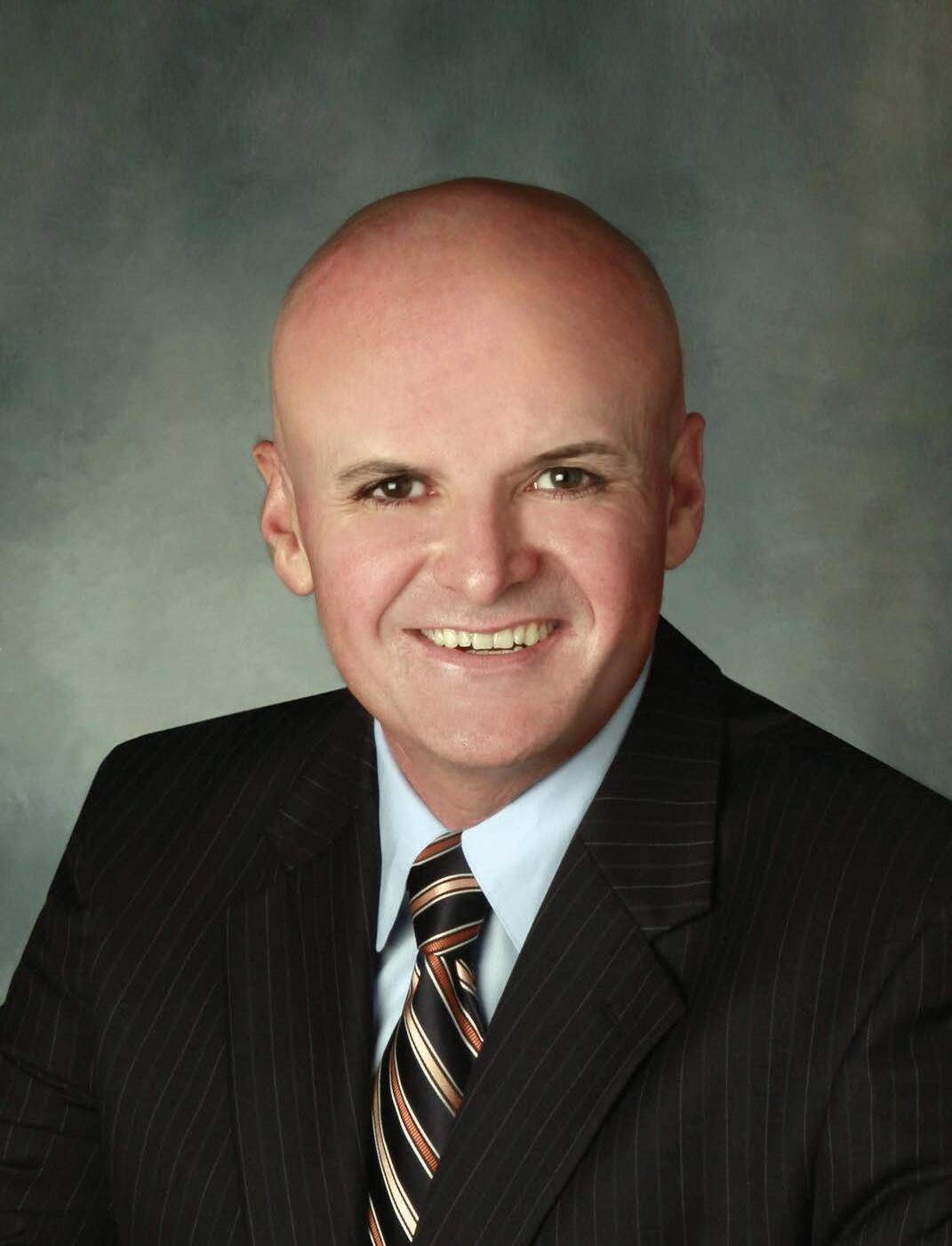
Philip G. Newman, CPA, CIA, CGFM is a partner with RSM US LLP and is the firm’s national industry leader for private club services. In that role he works exclusively with hundreds of private clubs across the United States. Newman was also the recipient of BoardRoom magazine’s Award of Dedication for 2016. He may be reached at
“the only man i know who behaves sensibly is my tailor; he takes my measurements anew each time he sees me. ... the rest go on with their old measurements and expect me to fit them.” – George bernard Shaw
Are metrics used at your club by practitioners to improve their performance or by non-practitioners to reward and punish?
The headline and this statement might seem to be an odd declaration for an article by a CPA, let alone one whose firm has published club industry statistics for four decades.
But with all the data now available to club management and leadership that now exists in the marketplace, it feels like the right time to discuss the good, bad and ugly side of the use of financial metrics in our industry.
“Who Needs Judgment When You’ve Got Data? You Do”, a recent article published by the Wharton School of Business, sets the tone for a discussion about metric use in business. It discusses some of the themes from Jerry Z. Muller’s book The Tyranny of Metrics
operation. And while consultants like ourselves and others can help, ultimately it is the club’s management that will be held accountable by boards for meeting, or not, some of the yardsticks that the industry has published.
Given the volume of data in the marketplace, we urge club boards to view their club financial performance through the multiple prisms available. While we see most clubs fit within a relatively well-defined range of financial metrics, be it departmental reliance on dues or member to employee service ratios, the devil does lie in the details.
All uses of market data should be placed in the context of each individual club’s strategic plan, business plan and, ultimately, zero based budget.
Industry data is useful for defending the sometimes counter-intuitive club financial model, but club boards should not be setting goals for its club management team forcibly driven by generalized statistics. Understand the data, understand what drives it, understand the source and understand how it may, or may not, apply to your club’s unique strategic plan; manage with the metrics, not to the metrics.
Muller postulates that while the amount of data that companies now have access to can provide great opportunities to improve innovation and performance, there is also great risk with an elevated emphasis on metrics, to the detriment of judgment. To this end, Muller laments, “Human judgment – based on talent and experience – has become unfashionable. Measurement is in.”
This sentiment certainly resonates within the club industry. Managing to metrics, rather than with metrics is going to become more and more of a risk for club executives and boards. CMAA, NCA, PGA and NGF are just a few of the industry bodies that publish volumes of incredibly useful industry data.
All in all, there is more data than most club executives will ever have the time to sift through, analyze and apply to their own, unique
Presumably each club’s strategic plan is unique to that club or else someone would just publish a boilerplate document that all clubs would follow to avoid the time and cost associated with the strategic planning process.
If that is true, and each club is budgeting operationally for its own specific business plan, then how useful can data from other clubs really be when measuring our performance relative to our strategic plan?
Yes, it is useful to have market data to stress test our initial budget at the beginning of each
See executive coMMittee |93







back in 1983, after an education as an industrial designer, 22-year-old nerio alessandri took a leap… he founded technogym, today one of the world’s leading companies inspiring a ‘new economy founded on people and health.’
Alessandri, born and raised in Cesena, Italy, designed and built the first pieces of gym equipment in his garage, but the hardware only marked the start. In the early 1990s, he defined wellness as a lifestyle aimed at improving the quality of life, thanks to regular physical activity, a healthy diet and a positive mental attitude. For the innovative Alessandri and Technogym, it’s been a story of growth ever since.
Fitness and equipment aside, Technogym also is spearheading, Let’s Move for a Better World, a worldwide campaign to bring awareness to the problem of obesity.
“It’s a global campaign to get people moving more and eating better,” expressed Todd Shaw, national manager-country clubs for Technogym. The program is represented in 29 countries with 183,000 participant and all that’s required to participate is a smart phone.
“Technogym engages with people at different facilities, including clubs and members across the globe to encourage exercisers to earn and donate MOVE points to the cause of their choice, which means a donation of product to a charity of choice.
“We’ve found that when members have a deeper commitment to exercise it inspires more member visits, longer time spent in clubs exercising, improved members’ health,
improved spirit and improved community involvement,” Shaw added.
So why such involvement with the private club industry?
“Whether it’s product development, serving the community around us or working to motivate and engage the user, Technogym’s core philosophies have always aligned naturally with those of private clubs,” Shaw emphasized.
“Wellness increasingly is emphasized in the private club industry through athletics, community, healthy living, social interaction and family. Private club members live an active, social lifestyle and understand the value of surrounding themselves with opportunities.”
For example, the Bonita Bay Club in Bonita Springs, FL, features state-of-the-art Technogym Artis strength and cardio equipment and Kinesis stations that allow unlimited exercise possibilities as the centerpiece of the club’s 18,000 square foot fitness center
“The Kinesis equipment is an excellent tool for golfers and tennis players allowing three-dimensional movement while providing resistance for body movements, all in a small space,” Shaw explained.
“Tennis and golf are sports that require immense coordination, multi-joint move-








ment skills, agility, strength, stamina and cardiovascular endurance. Technogym has products designed by athletes for optimum training, yet others, including those not experienced with exercise, can improve their physical fitness safely and appropriately on these machines.
“We see this as an opportunity to ensure that the private club members stay healthy, active and enjoying their sports. When engaged in an exercise program that supports their interests, people can extend their longevity and improve enjoyment and performance,” Shaw added.
“Clubs are an extension of their members’ homes and families and that there’s very high involvement and emotional attachment to the club. Technogym is well equipped to work with the employees, boards and membership to understand the needs of the member and facility to support the clubs’ initiatives,” Shaw stressed.
Many Technogym employees have experience working in private clubs, driving the fitness and wellness experience, working in committees and with boards, giving them the experience necessary to support the clubs.
“Our experience tells us is that private club members are highly philanthropic, another area where Technogym’s ideals as a company align with the private club industry,” the national manager for country clubs explained.
“For example, with our “Let’s Move for a Better World” campaign, we can inspire a new commitment to movement and fitness inside the club, which supports the community relationships and drives a vision of achieving a healthy happy world through movement.
“By working as individuals and as a team these communities can bring attention to the need to get our world moving while positively impacting their own club. Private clubs are filled with members who give back. Their commitment to improving the lives of others through charities with their time and resources is a foundational
commitment that lies at the heart of the private club member,” Shaw added.
“This opens the opportunity for us to share results and standings of other private clubs from around the world. The friendly competition between clubs drives a higher motivation and purpose. Inter-club and external club competition drives the spirit for sport and athletics within the community.
“As well, lower attrition levels in the private club segment allow for long lasting relationships with this program, driving future success in recognition and participation year over year. The core values of the program align with the spirit of the private club and create winning opportunities for the member, the club, the community and the world. It’s a win-win,” Shaw opined.
Technogym has equipped more than 65,000 wellness centers and over 100,000 homes worldwide; it also has built a world-renowned Wellness Village in Cesena, Italy, the ‘beating heart’ of Technogym’s efforts, all while introducing the world to the value of a wellness lifestyle.
In September 2012, with the company’s Italian chair, Giorgio Napolitano and former U.S. President Bill Clinton, the company celebrated the opening of the Technogym Village, the company’s new headquarters.
“It’s home to the center for research and innovation, the manufacturing plant and a large wellness center dedicated to physical activity, interior design and the wellness culture,” explained Shaw.
The 150,000-square-meter complex represents the world’s first example of a Wellness Campus created to enable staff, clients, suppliers and guests from around the world to enjoy an authentic wellness experience.
Technogym is also a major sponsor and contributor to the Wellness Valley, a consortium of educational and corporate partners that have come together to help over 1.5 million Italian residents across 65 cities ‘get moving.’ This means about 40 percent of the population is participating.
Rick Ladendorf, president of Prevo Health Solutions, who recently visited Technogym’s Village witnessed, “a health and wellness culture that’s rarely seen in the corporate workplace or the private club industry.
“Technogym employees are urged to work-out in The Village; they have access to an extensive





array of healthy foods in the cafeteria and the staff is encouraged to participate as ambassadors in the community.
“I’m extremely impressed with the equipment and their integrated technology, but what really impressed me is their passion for wellness,” enthused Ladendorf. “For many years, Technogym has been known as The Wellness Company, which is the main reason I believe their fitness equipment and technology and philosophy will continue to thrive in the private club industry.”
For example, integrated technology means people can connect by smart phone, simply by downloading the free mywellness app. It becomes a training companion, guiding users step-by-step until they reach their goal. Personalized training programs and video tutorials show users how to complete exercises. The mywellness app can be synched with a variety of devices such as Garmin, Fitbit.
Another user platform, TEAMBEATS, is a heart rate training platform that combines variety, time efficiency, music and fun in a single workout unlike any other trainer-led group fitness experience. It helps improve a person’s fitness, lose weight and maximize performance in a heartbeat.
“The focus with Techongym is always on the end user and we work with the management teams to ensure their success through the success of the member.
“By focusing and giving attention to the individual we drive a more productive, happier environment that elevates the human experience, improves collaboration and improves personal and community health,” Shaw added.
In the private club community, Technogym brings fitness to life by stimulating the core pillars of wellness.
“The focus on this industry lies in Technogym’s ability to realize its vision and mission and offer the entire suite of products, while positively influencing member satisfaction and wellness performance indicators that go well beyond the fitness area at the club,” Shaw outlined.
Today, as the seven-time official fitness equipment supplier to the Olympic Games, Technogym produces functional equipment with a superior design that’s “smart-connected equipment.”
Technogym provides a complete range of cardio, strength and functional equipment alongside a digital cloud-based platform allowing users to connect with their personal wellness experience anywhere, both on the equipment and via mobile when outdoors for wellness and fitness centre including private clubs.
It’s a vision and mission still guided by the Technogym’s founder Nerio Alessandri, who “remains active and extremely involved today.”
And all the better to get people ‘Moving for a Better World.’ br







The newest addition to the award-winning FOOD-TRAK System’s mobility platforms.
With the FOOD-TRAK Mobile App (FMA) for Android or Apple devices, our clients eliminate printing, filling out and entering data from paper forms. Collect data where it lives, or look up information from wherever you are. Mobility equals efficiency! FMA Features Include:
3 Take Inventory
Use your device’s built-in camera to scan barcodes, saving time and improving accuracy for all types of data collection. Print routing slips, invoice reconciliation reports and recipe right from the device to your network printers.
Join the leaders in the club industry who use the FOOD-TRAK System to manage and control their F&B costs and reduce or eliminate subsidies. Easily affordable and suitable for clubs of all sizes.
So leave your desk, hold the phone and call your FOOD-TRAK Account Manager at 800-553-2438 for more information.

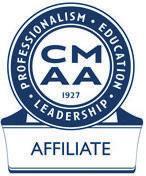

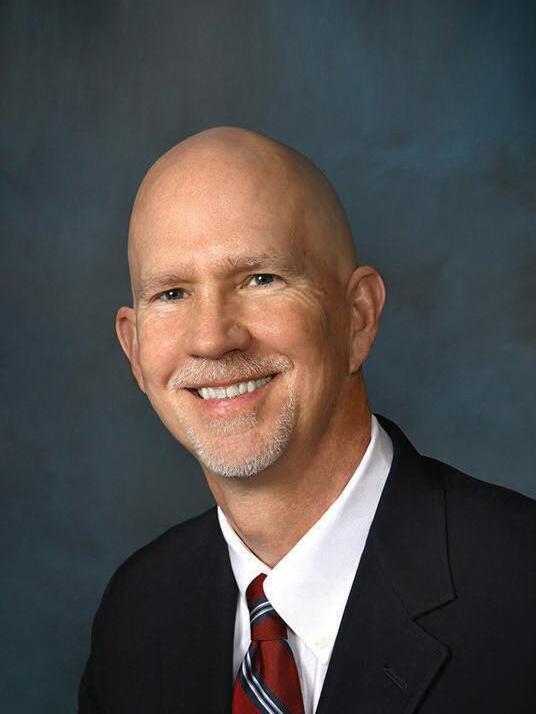
MacDonald Niven, MA, MCM, CCE is with Niven Research and can be reached at (510)-439-8522 or via mail: mac@niven.cc.
John Smith is in his late 80s and has been a club member for decades. The club is the center of his activities and he has several long-time friends. His health is such that he can no longer play golf but has lunch with his friends and plays cards on Wednesday evenings.
His wife recently passed, and he is now alone in a rather large house about two miles from the property. Staff and his friends are concerned for his mental capacity, and he is clearly in latter stages of dementia.
Recently, general manager Chris received a report from the club security department: “Smith was following a white SUV as he passed the gatehouse. Both he and the SUV made a U-turn after they passed the gate. The SUV continued through the bar code entrance, but Smith stopped.
“We heard some yelling and found Smith outside his vehicle, laying on the ground, his foot partially under the back of the front wheel, and the shoulder harness around his mid-section with the vehicle in reverse.
We rolled the vehicle forward to release Smith’s foot, put the vehicle in park, released Smith from the harness and helped him to his feet. He refused medical attention. We told him that we would take him to his home and would arrange to deliver his vehicle tomorrow. Smith was clearly agitated and pushed the guard away, got back into his vehicle, and drove off.”
The report continued, “We spoke to the driver of the SUV, who reported that they had seen the vehicle driving circles in one of the neighborhood areas; they stopped him and found that he was a bit dazed and said he was lost. They then led him to the front gate and, wanting to go back to their home, made the U-turn, and headed back into property.”
GM Chris is in a tough spot: First there’s a high degree of empathy for John; but, even more important is the issue of John being a danger to others and himself. Chris knew several of John’s close friends. As is often the case, friends will naturally avoid or deny the obvious decline by thinking that it is temporary.
It only takes one person from outside the circle of friends to “snap them out of it”, so they realize that their friend is in serious trouble. Chris asked that they keep close watch over John and that they accompany him when
he comes to property. The staff members were alerted to keep a watchful eye when he was at the club and to assist in any manner possible.
After some detective work, Chris located John’s daughter and explained the situation. After lengthy discussion, the daughter agreed that John would only go to the club when accompanied. John was admitted to an assisted living care facility and visits the club with friends, still playing cards and enjoying a meal.
In arriving at this scenario, I posed the situation to 233 managers from across the country asking how they would have handled the situation. In addition to the summary above, some suggestions were:
• Call the police and alert them to this potential hazard - Chris’ first responsibility is to protect the club
• Call John’s physician and alert that doctor of John’s decline, although, there is nothing that the doctor will do to help Chris,
• But, the vast majority of the responses were to have a caregiver assist John in allowing him to enjoy the club as he had for decades.
Our health care, while often bemoaned, is helping our community live longer and with that come some consequences. According to the Center for Disease Control, the number of diagnosed cases of dementia are on the rise, but the rate of that rise is decreasing.
T here are an estimated 3.8M people diagnosed with dementia and, in line with the growth rate of an aging population, the number could quadruple in the next 30 years. Our aging population means that this scenario will, in most cases, increase, as well. br
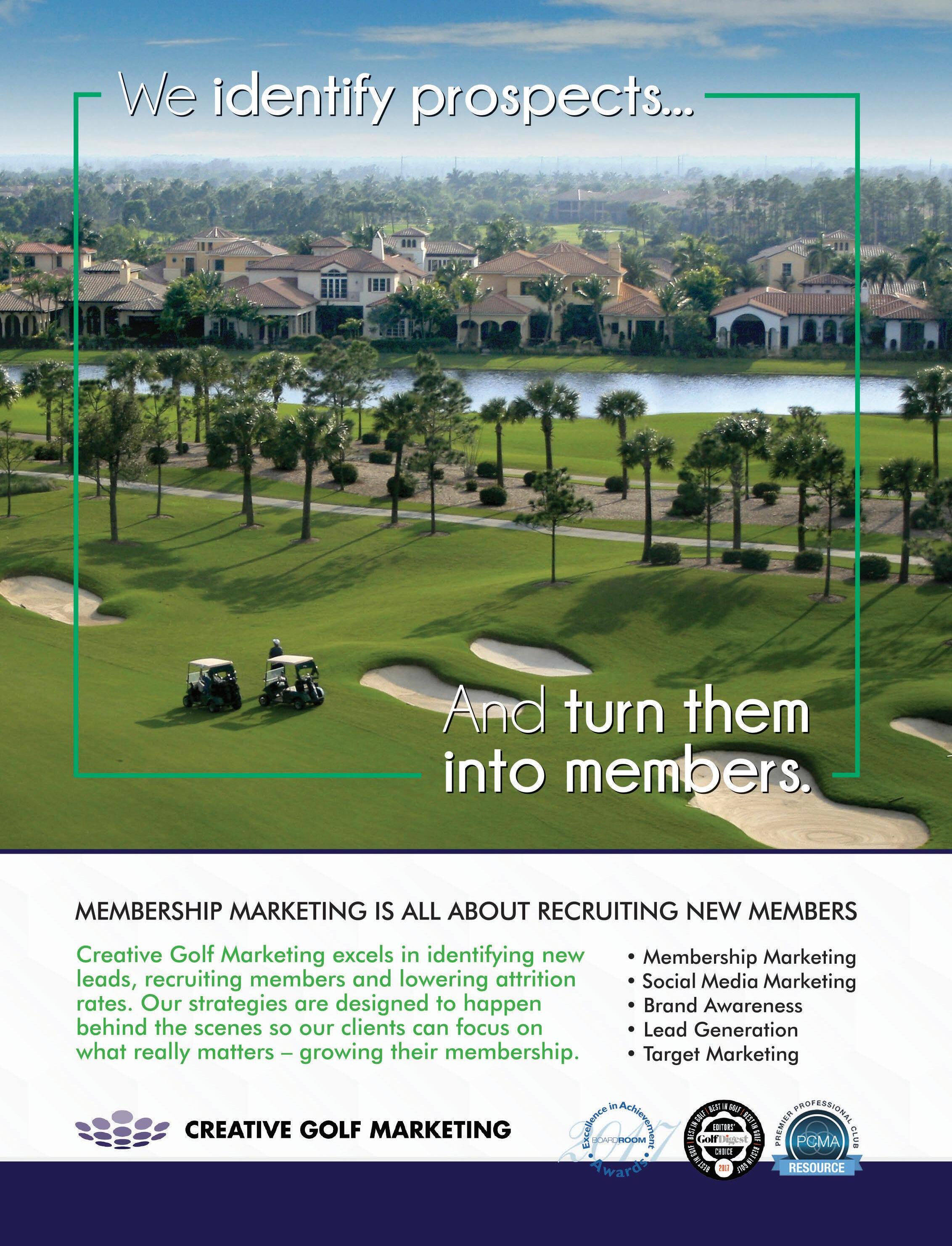

What sounds better? a peanut butter sandwich or a jelly sandwich, or a peanut butter and jelly sandwich. one word gives you so much more! that word: “and.”
The word and is a linker, a connector of two parts of a sentence. When speaking the word and, it brings together, one building on the other, and both making the statement stronger because of the link. With just three letters, and is a positive force.
As we strive to build more significant lives and organizations we need focus on communication that builds connections and leads to a higher level of significance. Did you catch that...and leads to a higher level of significance and success! Think about your communication with others. Do you say: “You can either have this or that”, or do you say: “Let’s get you that and how about if we add this?”
Imagine if you and everyone in your private club leveraged the power of and. Your members’ service goes to the next level and your member/owners never feel as if they are getting shorted. Your talent is all tip top in understanding what it takes to please memberowners and delivering it to them.
And is such a flexible word that builds goodwill. It is a positive replacement for the words, but, however, and nevertheless: words that often make people cringe when they hear them. And opens additional opportunities with our member/owners, talent, community, and even our suppliers. When you constructively use the word and, it shows others you are open – minded, proactive, and willing to continue to grow.
You may have heard that old saw: “It is what you know and who you know.” What you know is your knowledge and skills, learned over a lifetime. You make these learnings permanent (not perfect) by practicing them. Consistent practice, and what you know becomes permanent!
Here are some and principles that can help guide all of us on our journeys to significance and success.
“Remember that a person’s name is to that person the sweetest and most important sound in any language”
“Make the other person feel important – and do it sincerely”
“If you are wrong, admit it quickly and emphatically”
“Be sympathetic with the other person’s ideas and desires”
“Begin with praise and honest appreciation”
“Praise the slightest improvement and praise every improvement. Be hearty in your approbation and lavish in your praise”
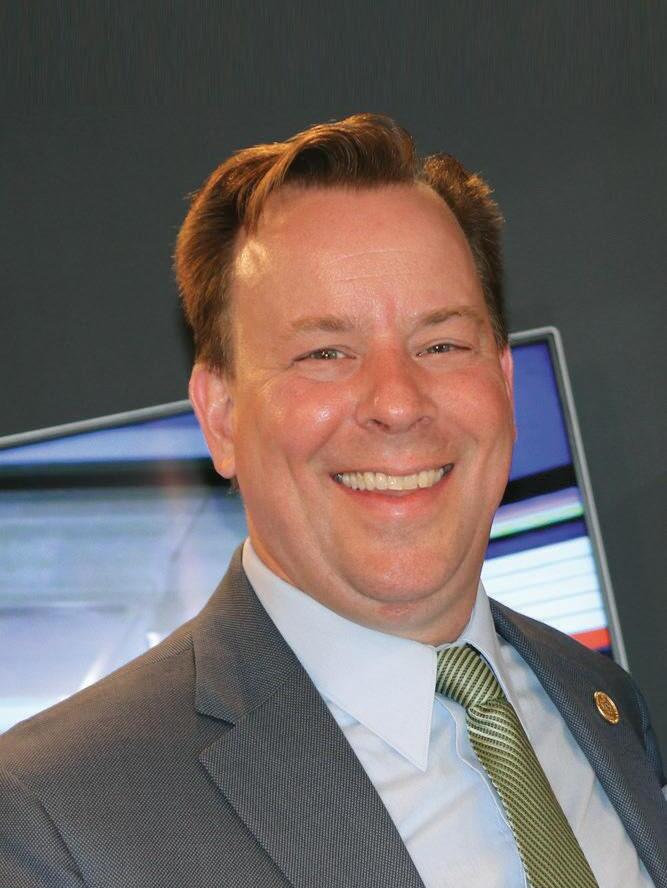
Sweetest and most important – Your name. Whe n someone calls you by your name, it honors the individual who is uniquely and one-of-akind you.
Sincere compliments based on the person’s actions and/or words are welcomed. They lighten our step in life. They make us feel good.
Mistakes are opportunities for ourselves and for others to learn. Our goal is to not repeat mistakes but learn from them and move on. Admit and correct.
Get to know the other person, then understand the person’s ideas by listening. Help them get what they desire, what they really want.
None of us receives an adequate dose of appreciation each day. Praise another and honestly express appreciation for them.
Give hearty praise as improvements are made. When in doubt, find a legitimate cause to praise another.
The source of these practices is: “How to Win Friends and Influence People.” – Dale Carnegie
You have heard these words before. Sometimes it takes the slightest reminder to trigger the spark to remember and practice these ands each day. Practice them until they become permanent, commit to an abundance point of view.
You will be amazed at the results that you help others achieve and the results that you achieve as well. These practices include truisms for careers and family and personal lives. Leaders are responsible for making ands meet. br
Dr. Ronald F Cichy, O. M. is professor, The School of Hospitality Business, Michigan State University
Philip L. Zeller is owner and CEO, Dale Carnegie Training by Ralph Nichols Group, Inc.


larry hirSh
Larry Hirsh, CRE, MAI, SGA, FRICS is the president of Golf Property Analysts (www.golfprop.com), a leading golf and club property consulting, appraisal and brokerage firm based in Philadelphia. He blogs on variety of club and appraisal issues at http://blog.golfprop.com
a prominent trend of late has been the failure of many member-owned clubs and either closure or sale to for-profit operators.
While there is no doubt that the professional management companies are experienced, capable and can turn around a club’s economics, their legitimate requirement for a profit impacts the club environment and the members experience changes that aren’t always to their liking.
Where I live, in the Philadelphia Area alone, I can immediately think of a half dozen clubs that have sold from the membership to investor-owners in the past year or two. These clubs, in most cases were experiencing some level of distress. In many of the cases I’ve observed, dysfunctional leadership, poor management or both caused this distress.
In order for a private club to thrive, it now has to provide value in membership. Prestige and status are no longer enough, even at the top clubs. That’s not to say that club should be cheap but rather it should provide high value.
In many markets, the cheapest club is typically the club with the most distress. Clubs in distress seem to share the following characteristics:
• They’ve avoided performing some normal maintenance
• They’ve avoided capital reinvestment in the club’s facilities, and
• They’ve alienated members in one of the following ways: Poor playing conditions, lousy food and beverage, oppressive governance/leadership, archaic rules/policies, not family-friendly, poor financial management (excessive debt), and the excessive cost of membership
Don’t misunderstand, private clubs are a luxury. They’re not supposed to be “cheap.” As Warren Buffet says: “Cost is what you pay and value is what you get.” But, when a cultural environment takes over where members no longer engage and take ownership in the club, things go downhill. Then they are forced to sell.
How does a club avoid this fate? Can it be a good thing?
In recent years, especially considering the impact of the great recession, one common theme I’ve observed is that clubs which reinvested wisely have thrived while those that haven’t have taken a dive.
Making t hat reinvestment hasn’t always been an easy decision. Sometimes it involved additional debt, an assessment of members, or both. Almost always, it entailed the loss of some members who concluded it was either time to go elsewhere or simply give up golf and other club activities.
In most cases, these clubs required considerable capital investment and were unable to borrow, assess or otherwise fund the improvements necessary to succeed.
N ot to be ignored is the impact of club governance and leadership on the success of a club. While annual changes in club leadership are not
recommended, staying too long creates animosity and often leaders that stay on too long begin thinking they’re more entitled than others and abuse their authority, whether it be demanding preferential treatment, imposing their personal will on the club or simply creating rules, policies and solutions where there isn’t any need for same.
Even at the best and most successful clubs it’s critical for time on boards and committees to be limited, to get fresh thinking, new ideas and involvement by more of the membership. The animosity that can be created can bring a successful club down.
There are clubs for whom selling to a for- profit operator make sense, even if not distressed. Maybe the membership isn’t as passionate. Maybe they struggle to control costs. It can be a simple matter of the club not being that important. Cultures vary from club to club and professional management (and ownership) is often a positive option.
How does a club determine its course for the future? We like to start with an objective Strengths, Weaknesses, Opportunities, Threats (SWOT) analysis. Along with market, facilities and financial studies, options can be identified and recommendations made to take the club into the future.
In some cases, selling the club is recommended, in others, it can be capital improvements and for other clubs possibly market repositioning. In any event, there is no “one size fits all” and an independent analysis removes the emotions that often cripple clubs from the equation and can lead to a bright future for the club. br























































































































































































STEVE HOCKETT
Steve Hockett CCM, CCE offers operational and governance expertise to clubs. He has successfully established a governance process in recent engagements at top-tier clubs including Shady Canyon GC, Wilshire CC, Oakmont CC and Palos Verdes GC among others. Steve can be reached at (562) 881-1223 or stevemhockett@gmail.com.
Serving on a bylaws committee takes a certain type of member. This assignment is often perceived as a less than glamorous. However, within the bylaws lies a system that can make or break private club operations if it is not properly maintained.
The governance system dictates the responsibilities, authorities, appointments and elections of the board, committees and management, all supporting the heart of successful club operations.
After 30-plus years as a private club general manager, I recently participated in the governance group at the club to which I belong. This provided me with a unique insight on the difficulty of motivating club leadership to maintain the best approach for these critical systems. However, it’s my opinion that this commitment needs to be moved near the top of the “to do” list.
Problems arise when club boards get sloppy and work outside the guidelines of their agreed upon roles and responsibilities. They run the risk of losing the clear definition of authority between management and governance. This scenario can contribute heavily to unnecessary turnover in the general manager’s position, as well as other key staff members.
Who typically makes up the governance group? Members of the board, past presidents, all committee chairs and members can be key participants. Certain auxiliary chairs as well as senior staff members can also be included.
When starting a formal review, a club should form a task force to develop a governance diagnostic test. This test should measure current procedures with industry standards as they relate to factors such as board and committee composition, tenure, succession, job descriptions and authorities.
Examples of this test and best practices are available through various industry groups, including outside counsel, auditing firms or other consultants.
The task force must keep in mind the most time efficient methods begin with proper orientation and documentation. Both the governance group and management must have their roles and scope of authority clearly outlined. This is one of the key issues I regularly see.
Some classic examples for debate and possible refinement include:
• Size, tenure, and rotation of the board
• Term of the president
• Nomination committee composition
• Election procedures for the board
• Role of the immediate and past president(s)
• Committee chairman versus board members or board members as liaisons
• Clearly defining the concept that the club’s board establishes policy and the general manager manages the club, and
• Governance group role is to establish policy
Once the task force has agreed upon key recommended changes to the current system, agreement must be reached with the board. Changes should be addressed in strategic “small bites.” Involving past presidents is a good method of creating well respected “apostles” in leading acceptance of these changes.
The long-term plan on your governance systems should be a part of the club’s strategic plan along with finance, capital and membership. It is critical that the strategic plan be considered as a living document, updated annually to keep your governance system up to date and relevant.
The entire governance group should meet at the beginning of the term year and again mid-year to measure the club’s performance to goals. This can also be a precursor to annual meetings to fine tune any points to be raised at the annual meeting.
A healthy governance system provides an environment for proper decision making, communications with the general membership and roll out of services that meet/exceed the expectations of the membership. This ultimately creates an environment of trust and builds a positive pattern for future club leadership.
Aside from providing a roadmap for enhancing the governance system, proper documentation can assist should there ever be a claim on the directors and officer’s insurance. Keeping these systems under documented review enhances the position of the club should a problem arise.
Regular reviews of the governance systems can increase efficiency, accountability, stability and update the clubs culture of excellence using industry best practices. BR
“Armen, after evaluating our options and several firms, we believed that KK&W provided us with the best set of skills, experience and industry contacts to present us, in a timely manner, a group of potential candidates for consideration of our GM position. You guided our Search Committee masterfully throughout the process. Your insights and guidance were invaluable to us through the candidate interviews and final selection process. Your communication kept us informed and made us all feel comfortable with the progress we were making at all steps of the process.”
Rick Smith, Search Chairman Green Hills Country Club, Millbrae, CA
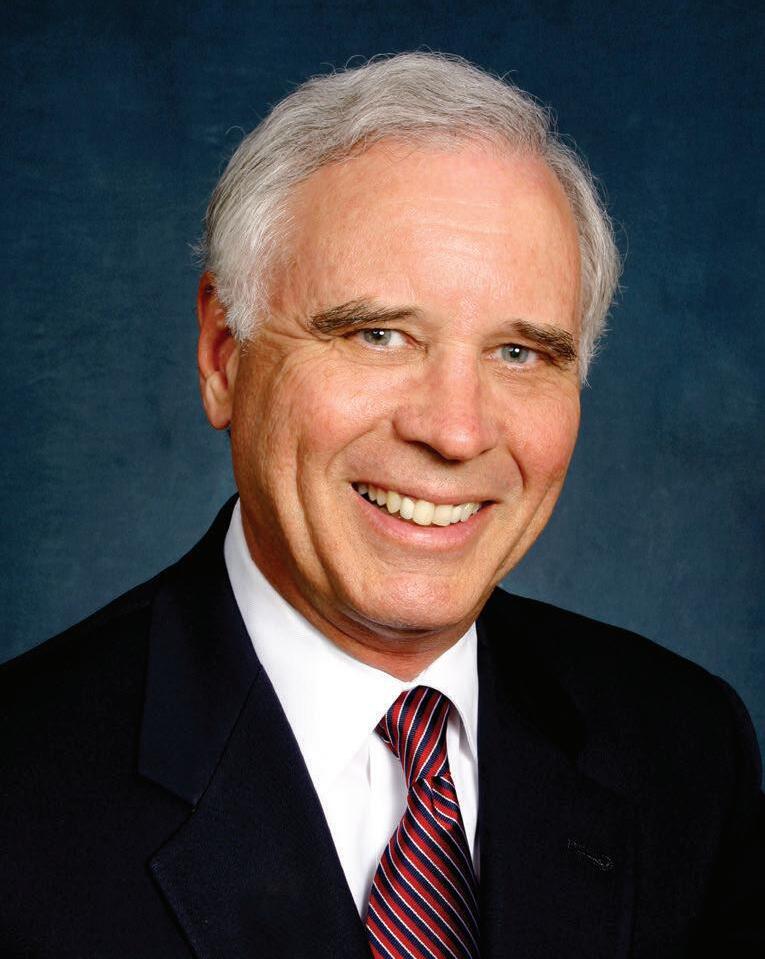
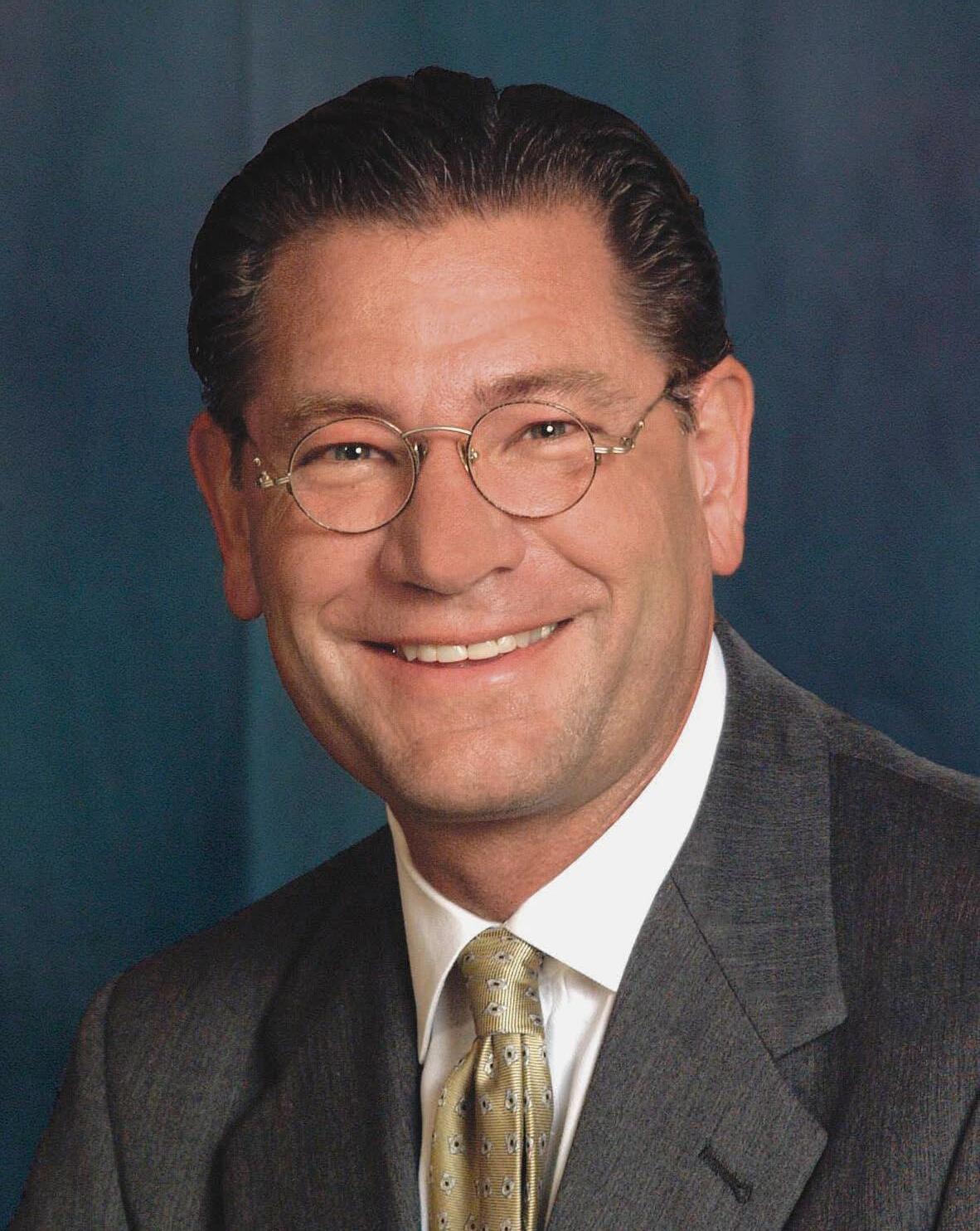

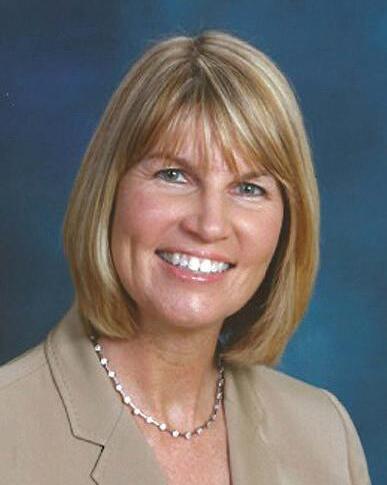




S PECIALIZINGIN G ENERAL M ANAGER /COO, D IRECTOROF G OLF, G OLF C OURSE S UPERINTENDENT, E XECUTIVE C HEF, R ACQUET S PORTS P ROFESSIONAL , C OMMUNITY A SSOCIATION M ANAGER , A SSISTANT G ENERAL M ANAGER , C LUBHOUSE M ANAGER /F OOD & B EVERAGE D IRECTORAND F ITNESS D IRECTORSEARCHES , ASWELLAS S TRATEGIC P LANNINGAND C ONSULTING S ERVICESFORPRIVATE , RESORTANDDEVELOPER - OWNEDPROPERTIES .

/ DENVER / JUPITER / NAPLES / SCOTTSDALE
CMAA G OVERNANCE L EADERSHIP S UMMITS
Register today to attend a truly remarkable “one of a kind” day of education, which continues to receive rave reviews from previous attendees. Visit www.cmaa.org and click on events. September 12 th at Country Club of Rochester – Rochester, NY December 4th at Pinehurst Country Club – Denver, CO
EXECUTIVE committee

MARK GURNOW
Mark Gurnow is a 37-year PGA member and general manager of Superstition Mountain Golf and Country Club, Gold Canyon, Arizona. He can be reached via email: mgurnow@superstitionmtngc.com
Having worked in the golf industry for nearly 40 years, I can tell you firsthand that golf clubs are not what they used to be. And that isn’t a bad thing.
There was a time when golf was the driving factor in membership sales and men were the primary decision makers for membership purchases. Private clubs were a place for true golf aficionados to come together to bond – on and off the course – and the sanctity of the game was celebrated with buddies who usually shared a drink, or two, at the clubhouse.
Fast forward to 2018 and we find ourselves in a fast-paced society with a million things vying for our attention. Women now control a majority of the purchasing decisions and the family unit is maybe the most important part of a club membership decision.
It’s no surprise that there is an increasing need to find balance, whether it be in our work, health or relationships. The same can be said for our private golf clubs.
Members want more than just quality golf courses or formal dining facilities. They want a community. A place where they can meet friends, socialize, receive personal care and attention, try new things and feel comfortable bringing the kids and grandkids along. Clubs are not in the golf or dining business…we are in the lifestyle business.

It’s time to switch our focus from just improving the golf course, to making sure our clubs are the hub of activity. We want to make an impact on our members whether they are home, on vacation or travelling for business. Members are looking to us for both health and lifestyle experiences, including theater performances, concerts, sporting events, culinary lessons and a myriad of other social events. Our list of amenities must grow as the needs of our members evolve.
The most recent buzz in the private club industry has been around fitness. Members are looking for state-of-the-art fitness centers with weights, cardio equipment, tennis courts, lap pools and fitness classes that include yoga, Pilates, circuit training and personal training sessions.
Something we’ve recently added for our members is an online fitness resource that allows them to stay connected with us onthe-go. Our fitness trainers design personalized programs for our members that are available 24/7 through our private online portal.
Trainers record personalized workouts that can be accessed from anywhere and the system allows members to record their nutrition and track fitness results. Even though they’re away from home, our level of service can remain the same. And, the club remains the center of their activities.
Golf, tennis and fitness, to some extent, go hand in hand. All are traditional offerings for a private club, but it’s time we start thinking outside the box when it comes to our amenities. In fact, let’s throw the box away.

At Superstition Mountain, we recently built lighted Bocce courts and created an area that includes expansive outdoor seating, a fire pit and beautiful views of the Superstition Mountains along with a food and cocktail service. Members enjoy casual games with friends or participate in our wildly popular Superstition Mountain Bocce Leagues that compete weekly. We see serious competitors practicing and we also watch families play the game with their kids laughing and enjoying each other’s company.
We also renovated one of our tennis courts and converted it into four pickleball courts. Yes, pickleball. The sport has been cited as one of the fastest growing sports in America and we’ve noticed the popularity among our members, primarily because it’s a family game that every age and skill level can enjoy playing together. Even cruise ships and hotels are adding pickleball to their facilities. If you haven’t done so already, it’s time to jump on the bandwagon.
Outside of great amenities, our members want to be entertained and I strongly believe the club should be the center of that activity. Whether it be an event at the clubhouse or an off-site visit to the theater or a spring training baseball game, we want our members to know they can come to us instead of trying to figure it out on their own.
Superstition Mountain’s full-time activities coordinator fills the calendar with dance lessons, wine tastings, comedy shows, farmers markets, car shows and more. If you don’t already have a staff member of this nature, you need to seriously consider adding the position. An activities coordinator is about more than planning fun events for members – at its core, it’s about member retention.
Golf may have been the founding partner in private clubs, but other amenities are taking an equal billing in the minds of many current and potential members.

We haven’t forgotten about one of the primary reasons people come to our exclusive properties. While we know the needs of our members are shifting, their desire to enjoy the game of golf remains the same. As we continue to develop our private clubs, we must continually make improvements to our courses – take our recent $2 million bunker renovation project for example. There would be no need to spend millions of dollars on a redesign if it wasn’t a driving influence in the lives of our members. As the club progresses, so should your courses.
The need for quality golf may be a constant, but the way the game is played is not. Our industry is facing a challenge when it comes to time constraints. Gone are the days when players spent eight hours at the club for a day of golf. Members are leading busy lives and need faster play opportunities. The good news is, you don’t have to reinvent the wheel or build new facilities. By adjusting your existing structure, members can have the same great experience in a shorter time frame.
We recently incorporated both an executive course and par-3 course into our two Nicklaus design courses. This gives our members options to play a quick nine early in the morning or late in the day (less than an hour on our par-3 course). By shifting our play mentality, members can enjoy the game they love and still get to the rest of the items on their to-do list.
The shorter play times also create a unique opportunity for children to be exposed to the game we love and play a round with their parents or friends out on the course.
To stay relevant, just like any other business, we must change with the times. As a PGA golf professional, I feel a profound personal connection to the game. But the reality of our industry is, there’s a bottom line. A failure to recognize the evolution of our members’ needs and wants is failure to prepare for the future of the private club industry. The only constant is change and we need to be ready for the next round. BR
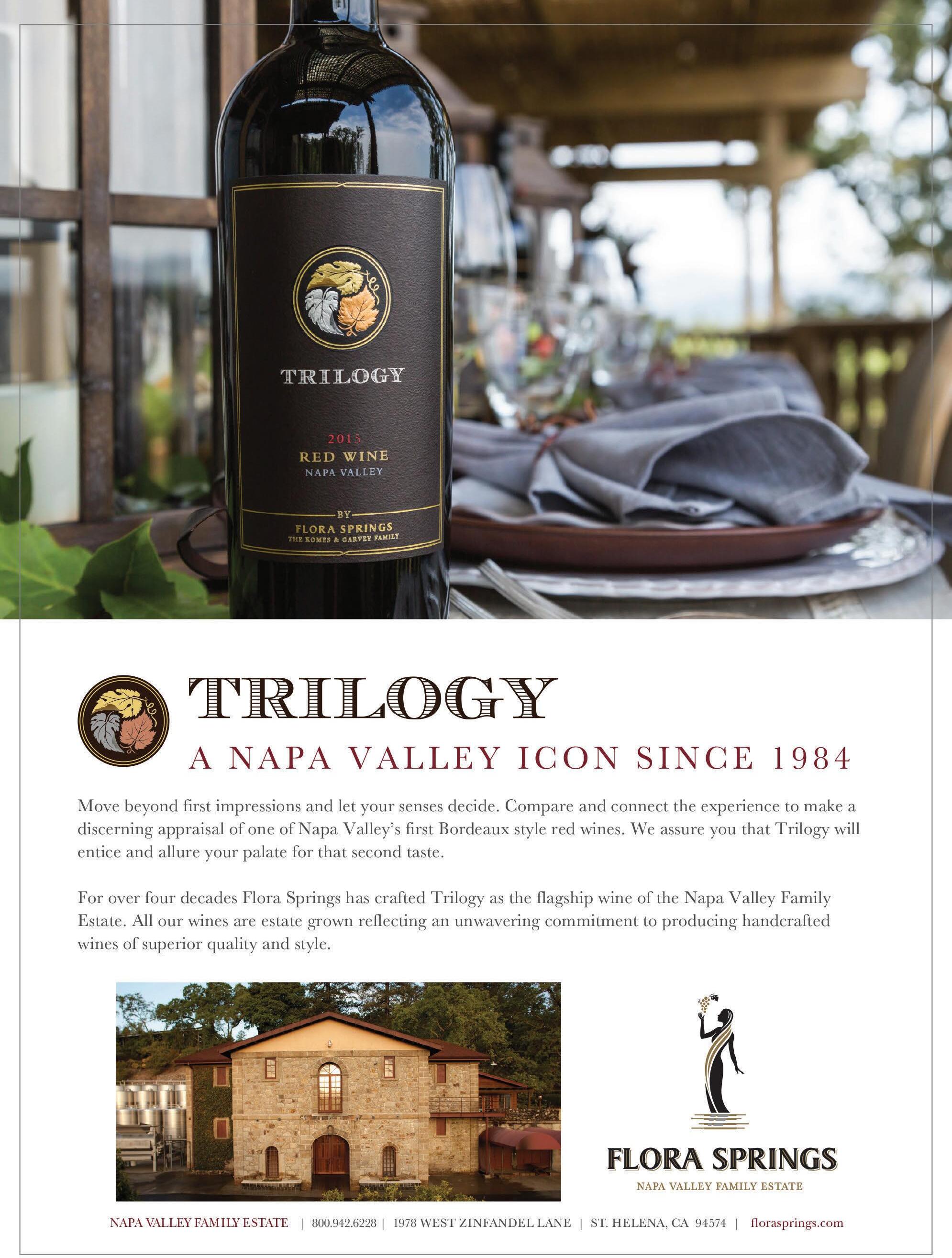
F&B committee
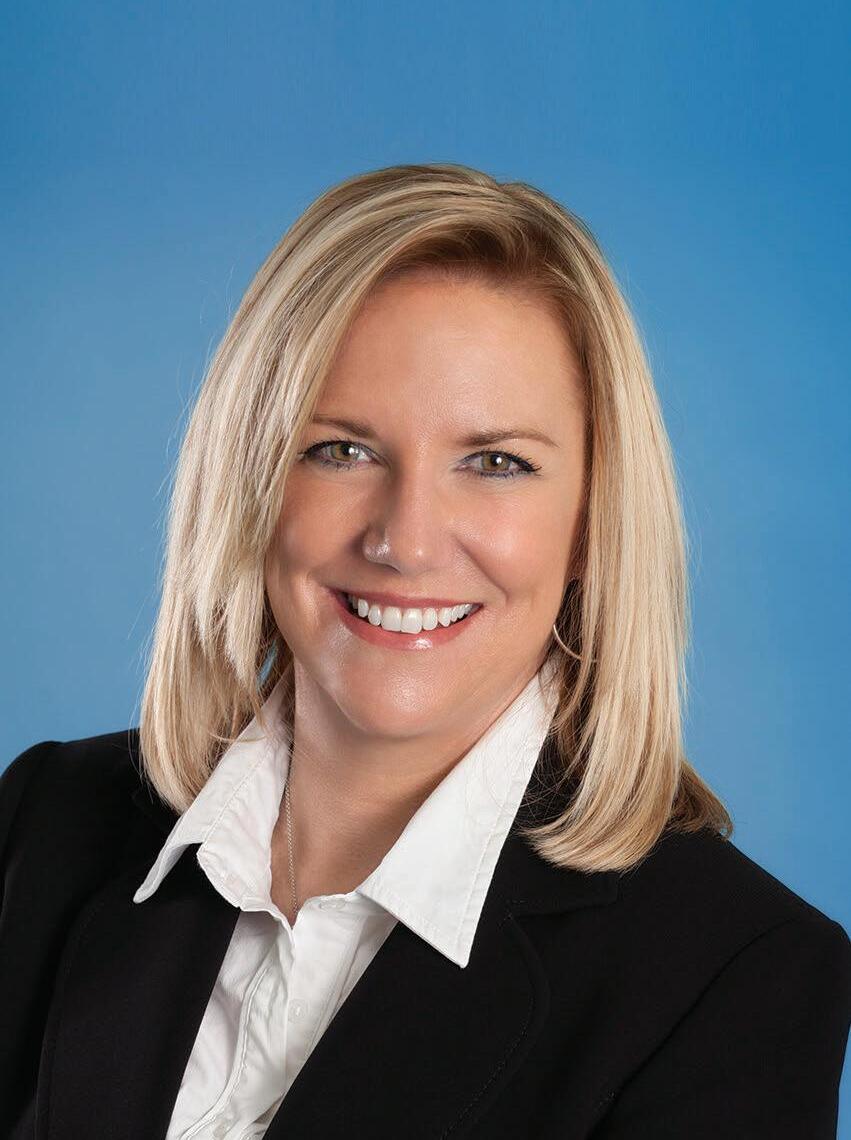
WHITNEY REID PENNELL
Whitney Reid Pennell, president of RCS Hospitality Group, formerly Reid Consulting Services (RCS) is a celebrated management consultant, educator, and speaker. For more information, phone (623) 322-0773; or visit the RCS website at www.consultingRCS.com
The results of a recent McMahon Pulse survey showed that clubs intend to do the following in 2018:
• Improve dining, 73 percent
• Expand member usage, 62 percent
• Increase member social events, 56 percent
Fantastic! These initiatives will engage your club membership. Before jumping in, here are a few tips to help achieve those goals at your club.
Bon Appetit magazine summarized a few key points from the book, Devoured, about the evolving American diet. A few observations may be relevant as you initiate improvements to your dining and social events lineup.
1. Snacking is a normal, socially acceptable part of daily life. Therefore, small or shared plates and dining at varied hours is more popular than ever.
2. Eating alone has produced the rise of communal tables and relaxed smart device policies as solo diners catch up on the day’s news on their personal device.
3. Nationally, we are cooking less, thus creating convenience trends such as ‘take and bake’ grocery store meals, Amazon pantry, and other home delivery food services.
4. Gluten-free fixation is the new ‘fat-free’ fixation. Food allergy concerns require competent kitchen staff and management of the kitchen’s prep and cooking spaces.
5. Customization is key. Private club members special order 70 percent of the time. Let’s plan for it.
6. Brunch is the perfect ‘experience’ to bring members to your club. Not the over the top brunch buffets from the 80s; it can simply be a spectacular Bloody Mary, and innovative, well prepared dishes.
7. The ‘green movement’ matters. Food provenance, how it is prepared and how waste is disposed are just a few areas where kitchen practices help tell your club’s story.
8. Global cuisine and bold flavors continue to influence menu design.
Keep your staff and equipment needs in mind if you are considering a kitchen redesign. Without the necessary tools, resources, processes and practices to achieve consistency
and cost management, delivering these member experiences will become costly, or worse, impossible to deliver.
• Does your receiving area work? Managing highly perishable items after delivery is critical. Where will product be stored or refrigerated? Inadequate receiving processes, lead to higher waste and spoilage.
• Identify storage and refrigeration needs by determining:
>Frequency of deliveries.
>Typical time product is spent in storage.
>What storage can reasonably be accommodated while still maintaining kitchen function?
> How much food is prepared on a daily or weekly basis? This is key because your kitchen is likely producing 3 –5 a la carte menus at any given time plus special event menus, golf tournaments, board dinners, etc.
• Well-designed prep areas are impactful on production time and labor. I routinely see refrigeration lacking in prep areas, causing multiple trips to and from refrigeration in other areas.
• Service stations that are not functional won’t be used by staff, which counters efficient service. A special tip here: a line at the POS machine indicates the area is cross functioning for them.
• The dish area can crush your service, become unsafe, and cause low staff morale. In addition to a landing area for so iled dishes, space for a dishwasher employee to maneuver is needed to wash, rinse, sanitize and stage clean dishes.
• D esignate space for cleaning supplies and appropriate waste disposal. This goes for bar design as well. Trash receptacles that were an afterthought affect efficiencies, frustrate staff and can lead to unsanitary practices by employees.
Careful consideration of your menu(s), inventory practices, and special event expectations is required. Commercial kitchen planning in a club environment is much like designing a manufacturing line. While it may seem a daunting task, it is worth every penny to have a perfectly functioning kitchen and happy, efficient employees serving your members. BR




By Scott McNett

Richard ‘Dick’ Farrell was an avid tennis player, which upon reflection, made perfect sense. Great tennis is predicated on quick thinking, decisive action, endurance, resourcefulness and economy of movement.
Tennis and Dick were perfect metaphors for one another.
Dick didn’t waste much time in anything he did. He moved quickly and decisively in his thinking and his actions. Whatever he endeavored to do, from lacing cross-court backhands to kayaking, fishing, hiking, biking and building one of the leading specialty executive recruiting firms, was done with energy, enthusiasm and total commitment.
He was an innovator in his chosen field and forged new paths for others to follow. When he did take time to smell the flowers, it was intentional, deliberate and reflective of time well spent.
Dick would often tell me, “I’m taking time off from work because I’ll never get it back, and you can’t tell what may happen.” Perhaps he sensed mortality more keenly than most. I’ll never know. But one thing is certain: Dick made the most of his time here on Earth, and those who knew him and experienced him first-hand are the better for it.
Dick passed suddenly in March because of an illness from which he was recovering. As a longtime partner of Dick’s in GSI Executive Search, I had the honor and privilege of working alongside him on hundreds of projects over a transformational 10-year period in my career.
His passing is a major loss to his family, our firm, our clients and candidates and our industry. But his legacy will remain a guiding spirit for me and others, and the firm he helped launch and grow will continue to prosper thanks to his leadership and guidance.
Dick had a style all his own – one that was as contradictory as it was distinctive. He was one of the warmest, most generous and caring people I’ve known. Yet, his sharp wit cut deep, and occasional spells of impatience could cause him undue angst.
He was a big-picture thinker; yet, he minded the smallest details of every client project. He had rigid views about work, politics and life; yet, he was open to alternative viewpoints and would adjust his thinking when better ideas prevailed.
He was hyper-competitive; yet, he remained the ultimate gentleman to the end. Above all, Dick was passionate – about his family, his beloved Florida State Seminoles, his firm and business associates, and his clients and candidates.
D ick kept his clients front and center at all times. He cared about them day and night and helping candidates progress in their careers was a source of great joy for him.
Dick had the vision and skill necessary to expand GSI Executive Search well beyond its initial scope. Along with late partner Charlie Hoare, CCM, Dick made a strategic decision several years ago to include a full spectrum of executive club positions within our service scope.
This decision helped our business grow exponentially. We built a successful specialty practice in tennis and have since worked with all of the leading tennis associations to recruit their executive leadership. This expansion also included an executive chef niche, as well as a large community association practice through which we have worked with some of the country’s largest planned communities.
Dick was among the executive search industry’s most recognized and respected figures in private club circles, particularly within the state of Florida. He was well-known by all of the state’s clubs and general managers, and he forged long-lasting relationships with them.
Dick also took intelligent risks throughout his career, including the decision to bring on two of the industry’s most renowned professionals. Today, Daniel J. Farrell, CCM, and Ned Welc, CCM, CCE, are valued members of our team. Along with GSI’s Director of Research and Marketing Sharlyn Moore, Ph.D., GSI is poised to continue Dick’s legacy of connecting private club clients with exceptional candidates who fuel their growth and serve their memberships well over the long term. BR
Scott McNett, is a senior partner, GSI Executive Search
If you are interested in honoring Dick’s memory, the family has requested donations to The Children’s Dream Fund, www.childrensdreamfund.org, Faith Covenant Church, www.faithcovenantchurch.us, or the Charlie Hoare Scholarship Fund at the Dedman School of Hospitality, https://give.fsu.edu.
Steve Mona, CEO of the Florida-based World Golf Foundation


The game of golf is having an increasing economic impact in the United States.
The latest U.S. Golf Economy Report shows that the game of golf drove $84.1 billion in economic impact in the United States in 2016, up from $68.8 billion in 2011, an increase of 22 percent. Nearly two million jobs are impacted by the golf industry, with wages and benefits of $58.7 billion annually.
This is one of two reports released recently highlighting the state of the golf industry and both show there’s much to be optimistic about the future of the game.
The U.S. Golf Economy Report is released every five years. Golf facility operations accounted for $34.4 billion of the golf economy, an increase of 2.9 percent. And while the trend of more golf course closures than openings continued, golf course owners and operators are investing in their existing properties with $1.95 billion in capital investment, up 4.6 percent from 2011.
Golf tourism is the second biggest segment of the golf economy, accounting for more than $25.7 billion, which was a bump of 4.6 percent from 2011. Golf real estate made a jump of 14.6 percent to $9.3 billion, including $7.2 billion in new home construction.
The second report, the Golf Industry Report, issued by the National Golf Foundation showed that while some segments of the game have not reached levels seen before the Great Recession a decade ago, others are thriving and positioning the game for success going forward.
There were 23.8 million golfers in 2017, a total that was flat with the 2016 total. However, when coupled with the 8.3 million people who participated only at off-course facilities such as

Topgolf, driving ranges and simulators, the total number of participants is more than 32 million, including 43 percent of the off-course participants who are Millennials, 41 percent women and 38 percent are non-Caucasian.
Another encouraging sign is in latent demand, which measures the number of non-golfers who say they are interested in playing golf on a golf course. That number reached an all-time high last year, with 14.9 million people saying they were “very interested” in taking up golf now, a figure that betters the previous high of 12.8 million in 2016.
This trend is reflected in the fact that 2.6 million newcomers played the game for the first time last year, an all-time high.
A misconception exists that young adults, Millennials, are not interested in the game. The facts disprove this with 26 percent of all golfers falling into this demographic – 6.2 million of the nearly 24 million total golfers.
The Golf Industry Report also shows that golf is both affordable and accessible, with an average price paid of $34 for an 18-hole round in 2017, while 75 percent of golf facilities are open to the public, the highest public-to-private ratio in history. In fact, eight out of 10 golfers play their golf on public courses.
Finally, golf’s impact on human lives continues to be invaluable. Charitable donations at events held at the nation’s nearly 15,000 golf facilities and from professional tournaments totaled more than $3.94 billion, a record high.
The key takeaways from both reports indicate that the current state of the industry is stable, and the future of our game is bright. As private club leaders, there is much about which to be optimistic and proud. BR
The U.S. Open stimulates a high economic impact and it’s been no different this year.
USGA has estimated $120 million in economic impact this year to Long Island This compares favorably to the impact of earlier U.S. Opens:
2017 – Erin Hills - $120 million
2016 – Oakmont - $120-$135 million
2015 – Chambers Bay — $140 million
2014 – Pinehurst Resort — $169 million (men’s and women’s)
2013 – Merion Golf Club - $100-$120 million
2012 – Olympic Golf Club - $140-$170 million
More than 200,000 people were expected at the 2018 U.S. Open at Shinnecock Hills along with bookings for 8,000 hotel room nights during the week of June 11.
More than 150 countries and territories received coverage of the U.S. Open this year through domestic and international broadcasts.
The USGA received more than 9,000 entries to the 2018 U.S. Open, and this year’s U.S. Open has created 2,000 temporary jobs in food service, hospitality, event security, parking attendants and so on.
The impact of the golf industry in New York state is huge with a $5.3 billion total annual economic impact across 779 golf courses. It supports about 57,000 jobs and $1.6 billion in total annual wage income.
Additionally, The USGA contributes $200 million back to the game annually, mainly in the form of research, education, science and innovation projects, but also to programs such as Drive, Chip and Putt Championship; The First Tee; and LPGA/USGA Girls Golf. BR

BONNIE J. KNUTSON
Bonnie J. Knutson Ph.D. is a people watcher. A professor in The School of Hospitality Business, Broad College of Business, Michigan State University, Dr. Knutson is a member of the Country Club of Lansing and the Michigan Athletic Club. She can be reached via e-mail: drbonnie@msu.edu MEMBERSHIP MUSINGS
Not too long ago, while talking with a newly minted COO, we spent about 30 minutes pontificating about emerging food trends, about the challenges of engaging the Millennial member, and about the rising tide of never-thought-about-before competition (think Ubereats, emergence of the “third place” eateries in grocery stores, unique food trucks, and of course the Blue Apron meal delivery services of the world).
All of a sudden, he stopped, cocked his head to the side, and with that quizzical look that only the young can give, said, “Well, you’ve been around clubs for a long time, where do you think the club industry will be in five years?”
I nearly chuckled, because his question quickly brought to mind a TV segment where a reporter asked a wellknown economist a similar question about where the U.S. economy would be five years down the road. The economist stopped for a moment, then simply smiling, he replied: “We can’t even get tomorrow’s weather right! What makes you think we have any clue about what the economy will be five years out?” That says it all.
• There will be more than 208 billion devices connected by 2020.
• Information generated and available to us doubles about every two years.
• Half of what students learn in their freshman year in college will be obsolete by the time they are juniors.
• For the first time in history, there are four generations in the workforce and they communicate differently. (More on this in a future article, but for now think: write me, call me, email me, text me.)
• We are training people for jobs that don’t even exist yet, using technologies that haven’t been invented yet, to solve problems we don’t even know we have yet.
And you want me to tell you what the club industry will be like in five years?
While I may not be able to do that, I can give you three keys to help unlock the club’s future for you.
1) Get your radar up. Make sure your radar is constantly up and working aggressively to monitor what is going on in your community that can directly, or indi-
When I was building anything as a youngster, my dad used to always tell me to measure twice and cut once. Building a business strategy in turbulent times requires a similar approach. But instead of measuring two times, it needs three measurements. These measurements are actually three different outcome scenarios of what could happen to the club based on your radar readin gs. I call them the “what if” scenarios. In this method, the club projects three possible outcomes – the most likely, the worst possible, and the best possible.
If anyone tells you that he can prophesize what the club industry will be like a year from the day you read this, let alone five years into the future, I wouldn’t bet the same numbers on a lottery ticket that he does. The only person I know that had it right was famed Yankees manager, Yogi Berri, when he said: “The future ain’t what it used to be.”
And if I add a caveat to that, it’s changing faster than any of us have ever experienced. Consider these facts:
• The 88-plus million people born this year will be born into a data and algorithm world.
rectly, affect your club – demographic, social, economic, technological, and political.
Instability can happen anywhere or anytime. If the club’s radar is up 24/7, it can detect the first signs of change, giving the club time to defend against threats to its marketing efforts or take advantage of opportunities that may present themselves. If your radar is not properly working, or if management and/or the board aren’t ready, willing, and

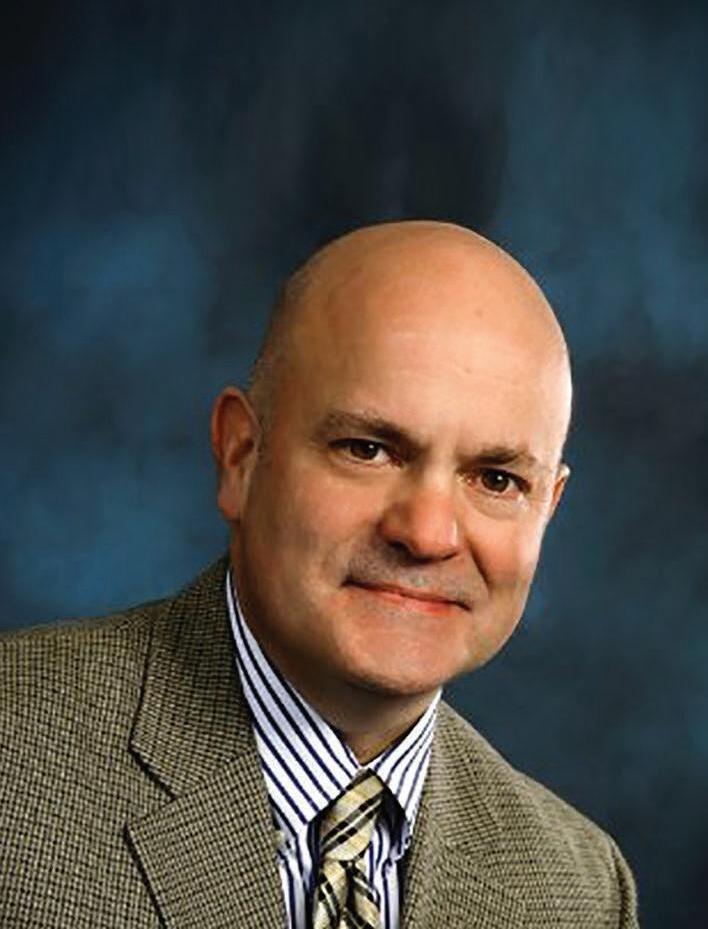
Architect
He
Clubs come in all shapes and sizes. They vary in age, location and amenities, but they all have one very important thing in common: In the perpetual quest to keep existing members excited about their club and new members interested in joining, every club must maintain its physical assets in top condition.
Meeting that challenge requires a club’s board to make a serious commitment to long-term capital planning. Without an established plan to fund capital needs into the future, many clubs lurch from one capital project to the next, guided by the loudest voice in the boardroom and scrambling for funds each time an emergency repair or replacement pops up. While operational planning seems to be relatively easy for most clubs, we see far too many without access to the essential information needed to develop an effective capital plan.
When it comes to capital planning, club boards must answer the two key questions: “How much capital will we need for repair and replacement of existing assets going forward, and when will it be needed?”
With a capital reserve study as the roadmap, boards and managers can make informed proactive decisions about the club’s long-term future and boost member confidence in the club’s commitment to provide a consistently best-in-class experience.
Answering these questions begins with a comprehensive look at the club’s buildings and equipment, commonly known as a capital reserve study, to pinpoint needs, eliminate guesswork and avoid surprises.
Property, plant and equipment make up about 80 percent of a typical club’s assets, so undertaking a reserve study is a necessary step in a board’s fulfillment of the fiduciary duty to inventory, protect and grow the assets of the club they serve.
Over the last two decades, I have personally conducted capital reserve studies for more than 100 clubs, averaging 400-600 individual assets to review for each club. The complexity of a private club facility is truly extraordinary.
To get a feel for the scope of a professional capital reserve study, take a mental walk around your own club – from the front gate through the parking areas to the front door; the exterior of the clubhouse itself; interior member areas; back of the house service areas and equipment; mechanical systems; golf course, course maintenance equipment and
related facilities, aquatics area, tennis facilities and fitness center.
In a capital reserve study, each area and component must be described in detail, including an assessment of current condition and an estimate of replacement cost indexed for the future value of money.
A capital reserve study inventories a club’s physical assets, and documents, organizes and prioritizes necessary expenditures. The initial study serves as a management tool to empower the finance committee, long range planning committee, board and management team with a factbased understanding of recommended repair and replacement expenditures. Periodic updates to the initial study are considered a best practice to assure an accurate foundation for ongoing capital planning.
For the club’s current and future members, timely repair and replacement of the club’s assets is the difference between a club that feels fresh and current and one that is worn and tired looking. Staying on the right side of that divide requires careful capital planning to ensure that a consistent flow of capital funds will be available to meet those needs.
Common sources of capital funding in the club industry include initiation fees, recurring capital dues, acquisition of debt and member assessments. Strategic capital planning establishes a proactive stance on funding and reduces the likelihood that the club leaders will be forced to choose between deferring a critical repair and notifying members of an unexpected assessment.
With a capital reserve study as the roadmap, boards and managers can make informed proactive decisions about the club’s long-term future and boost member confidence in the club’s commitment to provide a consistently best-in-class experience. BR


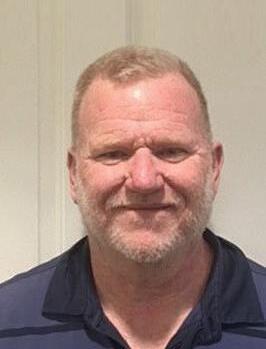
Pennbriar Athletic Club, Laurel Glen Tennis & Health Club, Greenspring Racquet Club, Cross Keys Tennis Club, Five Seasons Sports Club, Potomac Tennis Club and Four Seasons Racquet Club. What do they all have in common?
They’re all commercial tennis clubs that operated for over 30 years and all closed their doors in the past three years. Residential real estate development, commercial real estate development and multi-purpose sports facilities are some of the key factors playing a role in the increasing number of commercial tennis club closings.
So if you’re a general manager, board member, director of tennis, you might be asking yourself what does this have to do with our country club? The answer is simple…new demand in the marketplace! How do we take advantage of this new demand?
The USTA (United States Tennis Association) runs thousands of adult and junior leagues yearly throughout the whole country. They heavily rely on commercial clubs for court usage year-round and pay top dollar for indoor courts during the winter season.
As we know not all clubs are the Congressional and Boca Wests of the world so many mid-level country clubs look for that extra revenue. For example, the Country Club of Fairfax currently rents out court time three times a week, five courts per day, for two hours a court at a $25 per hour rate. This generates a net of $750 a week, $3000 monthly and $39,000 annually.
The rates can vary depending on whether your club decides to rent court time during primetime hours, which is usually between 5-8 p.m. or at discount rate during late evening hours 8-11p.m. Remember, the demand is there and the USTA league coordinators will take whatever they can get and will pay top dollar, if needed. It’s impor-
tant for clubs to find the proper balance with renting court time and keeping courts open for member play.
The Intercollegiate Tennis Association recently released a research study about the number of men’s college tennis programs being cut by athletic departments. During the first decade of the study (1970-1979) only three programs were dropped. In the next decade (1980-1989) the rate of elimination increased to 43 programs.
The following decade (1990-1999), the rate tripled with 137 programs being dropped. From 2000-2009 the rate increased to 204 programs and in the current decade (2010-present) another 40 programs have been dropped. So how does a country club take advantage?
With the downward trend of college teams and commercial tennis clubs closing not many colleges are investing in facilities when it comes to collegiate tennis teams. Here again, a country club has the leverage if the club is willing to offer its courts for teams for pra ctice – generating extra revenue from rental court fees.
As well, the club can create more membership value by hosting some of the team’s matches at the club…a view opportunity for club members. For example, Springfield Country Club in Springfield, VA hosts matches on Friday nights for the George Mason Men’s and Women’s Tennis teams. The club doesn’t charge members to attend and there’s food and beverage available which generates some extra revenue for the club. This is fantastic way to create membership value for your club.
It’s important to understand every country club has different needs based on their financial and membership needs. However, all club’s foundations are built on initiations and monthly dues. By generating more traffic to your club, you increase your potential membership number
Remember, it’s not always a one-way street, because with potential new members you must understand your market and where the demand is. Being proactive with the current shape of the tennis industry can be super helpful to your country club! BR
Boris Fetbroyt, USPTA, PTR, CTPS, is director of tennis, The Country Club of Fairfax, Fairfax, VA. He can be reached at (240) 413-0614 www.ccfairfax.org
Robert Quigg is a tennis professional at the Country Club of Fairfax and can be reached at robq@ccfairfax.org.
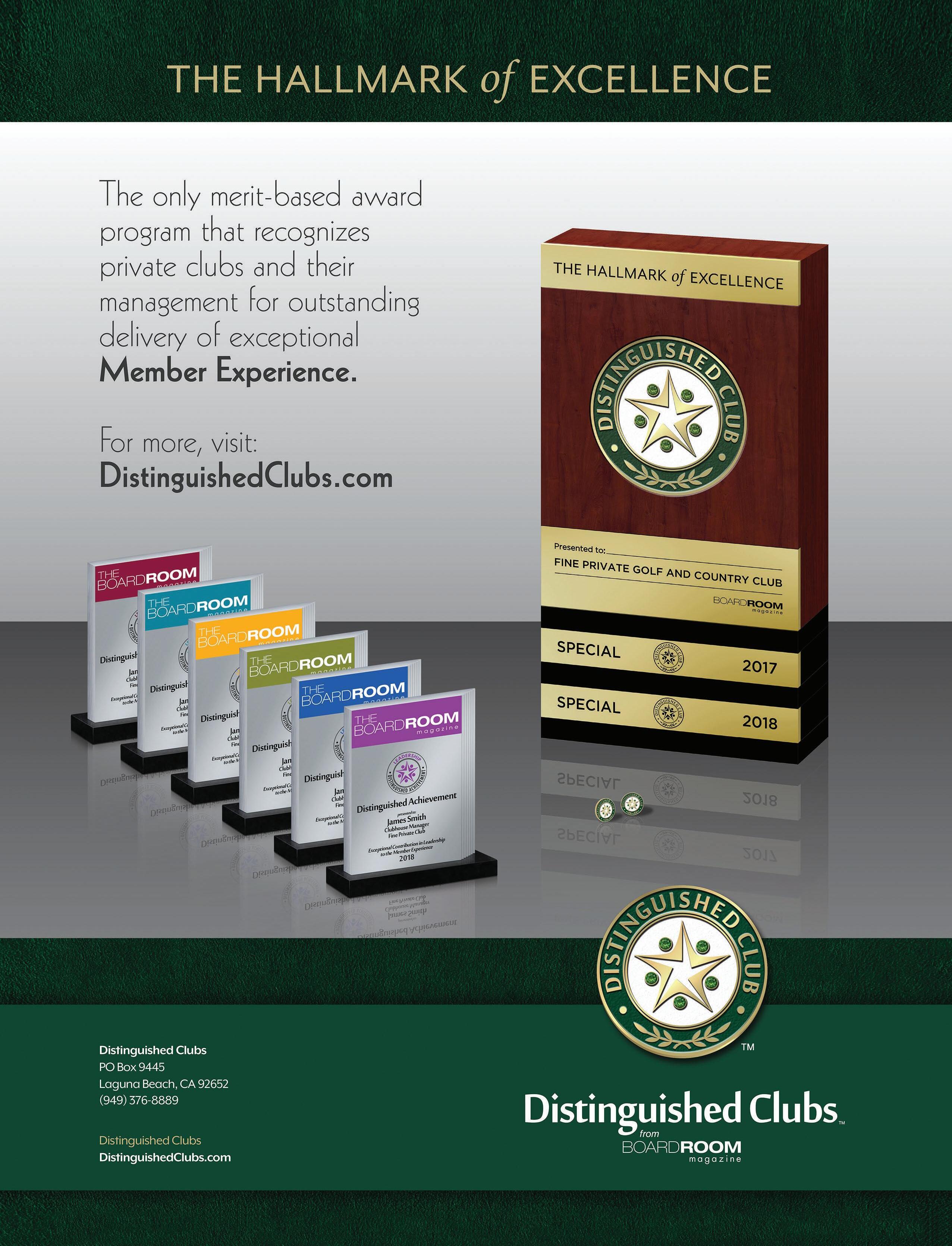

BILL BOOTHE
Bill Boothe is president and owner of The Boothe Group, LLC, an independent consulting firm that helps clubs understand computer technology, make good decisions and receive the highest value from their technology investment. During his 28 years in the club industry Bill has assisted more than 400 private clubs. Bill can be reached at bboothe@boothegroup.com.
I’m a big fan of the TV show MythBusters. Originating in January 2003, this show continues season after season to highlight a variety of urban myths – and keep things interesting even after airing almost 300 episodes.
The cool thing about MythBusters is that from the outset you don’t actually know if the myth being investigated will be “busted” or will prove to be true and not a myth at all. And that’s a big part of what holds the viewer’s attention.
For decades we’ve heard a compelling software myth in the private club industry: Using a best-of-breed approach should be better than buying a single integrated suite of software modules from a single provider. Seems logical. If we pick the very best software program for each club department, wouldn’t that provide the best overall solution for the club? Let’s investigate that theory by looking at the pros and cons of best-of-breed versus a single integrated solution. Starting with the advantages of best-of-breed. Here they are:
• Provides the best solution for each club department. Each vendor selected provides the strongest feature set for a particular operation or department.
That’s it. One advantage. A big one to be sure. But how big in comparison to the offsetting disadvantages Let’s take a look:
• Does not share a common database of information. Each separate module has its own separate database. A major obstacle when performing business intelligence queries across multiple departments and separate databases.
• Must coordinate multiple databases by synching them or interfacing them. These separate solutions don’t just magically talk to one another. They require communications interfaces to move data back and forth between them. Not any fun when one provider updates their software affecting the interfacing with another provider’s software.
• Must obtain customer support from multiple sources. Here comes the finger-pointing. Communications between Vendor A and Vendor B stops working. You call Vendor A to report the problem. Vendor A says, “Not my problem – call
vendor B.” You call Vendor B and hear, “Not my problem –call vendor A.” Tempers begin to boil.
• Always more expensive to acquire and support. On average two to three times more costly than an integrated suite.
Now on to the advantages of an integrated suite. As you might have guessed, they are the reverse of the best-ofbreed disadvantages:
• Single member database. Easy to query and report across departments.
• No syncing or coordination of multiple databases.
• Single source for customer support – one versus many – no finger-pointing.
• Way less expensive.
Disadvantages of integrated suites? Just one. You will sacrifice some functionality in some modules because no single vendor can be the best at everything.
How significant are those shortcomings? In most departments hardly noticeable. But in a few departments/operations, the shortcomings might be severe with certain clubs. So, there is a place for best-of-breed, in what we call a limited best-of-breed scenario.
This approach can be effective if a single department truly cannot function with the module provided by the integrated suite vendor.
Common examples include golf tee times, court reservations, banquets and catering, spa management, websites and mobile apps.
Fortunately, there are companies that operate in the club market space that offer club-specific modules that are not part of an integrated suite.
But because they are geared for clubs, these best-ofbreed modules are often able to interface with the major integrated suites to replace one or more of their modules.
Where does this leave us? In most cases, the best-ofbreed myth is completely “busted.” In a few cases, limited best-of-breed might be the answer. But in our opinion, full best-of-breed has no place in the private club industry. BR


CALEB CHRISTOPHER
Caleb Christopher is the director of technical operations at Cino Ltd. He directs a team of Certified Ethical Hackers conducting remote and on-site cybersecurity and vulnerability assessments for clubs and other organizations across the country. He can be reached at: (516) 932-0317, ext. 305 or via email: caleb@cinoltd.com
This series is intended to provide topical insights to instigate productive conversations for club boards. Watch for bold keywords which make excellent talking points with technical advisors.
Nearly every office you visit probably has at least one bad habit in common: passwords on sticky notes. I’ll explain why that’s often the case, how the IT/security people have failed you and what to do about it.
Creating and remembering strong, unique passwords for every account we have is impossible and it often seems just when we’ve remembered the password, it’s time to change it again.
We’re required to use more than eight characters, including uppercase, lowercase, numbers, and symbols. This generally produces passwords that are either hard-toremember (&gv11iBNa#$), easy-to-guess (Spring18), or both (P@ssw0rd)! That’s exactly the opposite of the desired result.
People resent the silly requirements and tend to write passwords on sticky notes or in books, nearly eliminating the benefit of a “strong” password. Additionally, the rules to create intended benefit of complex passwords are easily circumvented, like incremental, predictable patterns (Summer18, Winter18).
To be clear, sticky note passwords are only a visible symptom of the problem. The unseen – and far more sinister – symptom is the fact that easy-to-guess passwords are often used to gain illicit access to accounts; no hack needed.
The IT community has embraced the technical method for producing secure passwords, ignoring the realistic effect it has had in the opposite direction. Techies blame users for not being competent to use secure passwords, but it’s clear from a business perspective this viewpoint is out of touch.
IT nerds like me need to realize our customers are the users, then reframe our approach to ensure the best user experience possible. Users are the entire reason IT people have jobs, and some of us have figured that out. While meeting security requirements, systems and software should be as easy to use as possible. That paradigm shift leads to the abandonment of passwords in favor of passphrases
The solution to our myriad password problems is the passphrase. These are easy to remember, longer and harder to guess. Length is the single most important factor in the security of a password because each character adds an exponential number of possible character combinations. Complexity is a close second, because it makes for bigger exponential increases. The more difficult a password is to guess, the longer you can use it before changing it. If you use a passphrase that’s 12 characters with all four complexity factors, you can keep it for 6-12 months before changing it.
Go have some fun at howsecureismypassword.net to see what I mean. While you’re there, try out a complex, easy-to-remember, 22-character passphrase like I won’t forget this 1!
What passphrases don’t do is make it easy to have a unique one for every account you have. I can promote passphrases all I want, but if I use the same one everywhere and only one of my accounts gets hacked, revealing my passphrase, all my accounts are compromised. I don’t personally know anyone who can use and remember a unique passphrase on every account they own, so the next step is to use a password vault.
A password vault stores all your passwords in one place, protected with two things: very strong encryption, and your master passphrase. Some can do other useful things, some are free, but my favorite is LastPass (I don’t make money on this).
It’s relatively simple to use, free on computers (there is a paid version for mobile sync) and has many useful tools. If you use it, I ask two things: watch/follow their training videos so you get the most from it and go through your account options to choose security options higher than the defaults.
If this topic resonates with you, talk to your IT team about passphrases. Then design a password policy requiring a minimum of 10 or more characters with three out of four complexity factors, only requiring changes every 90/180 days. Train your users about passphrases and password vaults and implement your new policy. There are myriad guides about creating good passphrases online. BR
Nominating (if different from above):













Include the following supporting materials: 1) A one-page explanation of why the product/service/company deserves to win its category in 2018, 2) media kits, 3) press releases, 4) testimonialsand 5) marketing materials.
Mail entry form, supporting materials and $50 processing fee per entry to: The BoardRoom magazine “2018 Excellence in Achievement Awards” PO Box 9455, Laguna Beach, CA 92651 or FedEx to 1100 South Coast Highway, Suite 309, Laguna Beach, CA 92651
CATEGORIES MAY INCLUDE: Course Architect (new course), Course Architect (renovation), Course Contractor/Developer, Irrigation Company, Course Equipment Manufacturer, Course Maintenance Company, Golf Cart Company, Turf Maintenance, Fertilizer, Clubhouse Architect, Clubhouse Builder, Clubhouse Interior Design, Master Planning, Fitness Consultant, Fitness Equipment, Furniture Manufacturer, Outdoor Furniture, Outdoor Cooking, Kitchen Equipment Manufacturer, Food & Beverage, Banquet Equipment, Pro Shop Interior Design, Menus, Amenities Provider, Apparel Provider, Clubhouse Signage, Tennis, Lockers, Club Service, Event Equipment, Construction, Executive and/or Department Search, Finance, Insurance, Law, Strategic Planning, Tax Consultant, Payroll, Research & Data,Software Developer, Technology Product, Website, Communications, Mobile Technology, Social Media, Online Reservations, Advertising, Marketing or PR, Membership Marketing, Photographer, Private Club Marketing, Lifetime Achievement, Jim Singerling Leadership, BoardRoom magazine Dedication, International Leadership, Gary Player Educator, The Jay DiePietro Vendor, Apparel Company, Association Program, Association, Club Management Company, Consultant Company, Club Services Association, Developer, New Product, Purchasing Services Group, Research and Data, Real Estate, Winery and more. deadline 10/31/2018 The BOARDROOM magazine is now accepting entries for its 2018 "Excellence in Achievement" Awards. The awards recognize both vendors and educators for their impact, achievements and contributions to the club industry. All award entries and nominations must provide supportingmaterials to be reviewed by an independent panel of industry experts representing various aspects of course and club operations. Winners are selected for overall excellence in their respective fields, innovation, vision for future growth and continued impact on private club operations. Winners in each category will be featured in an issue of The BOARDROOM magazine in 2018. For more information, call (949) 376-8889 or email John Fornaro at johnf@apcd.com or visit www.BoardRoommagazine.com.


RICK COYNE
Rick Coyne is managing partner, Club Mark Partners, LLC He can be reached via email at rcoyne@clubmark.com.
Have you ever wondered where Apple might have gone if it weren’t for iPhones or iPads or Apple Watches? What if they’d stopped at iPod? Was it by accident that they always seemed to have the next product, or the next iteration of the same product handy when sales began to slow on any of their innovative technology?
Not likely, right?
Some time back, people in the private club industry slowly began to realize “we need to start treating our business like a business”… certainly visionary, innovative and courageous. But, as we all know, private clubs seem to move a bit more like super tankers than speed boats.
The genesis of our great legacy in golf and private clubs is a trilogy of lifecycle changes from the “Gatsbyesque” growth of intimidatingly exclusive clubs in the early 1900s, to the daily fee growth cycle after WWII to the high end daily fee/developer course lifecycle starting the 80s.
Each cycle featured high growth, slow growth, maturity and decline. It is, of course, this very cycle that companies like Apple monitor very closely so that as sales slow, they are always ready with the next iteration. Is there a message here for private clubs?
Perhaps a primary difference between Apple and private clubs is that one is highly dependent upon innovation while the other has created its brand through tradition and exclusivity. Could it be that the highly respected traditions of many country clubs, while venerable and impressive, may have preempted the necessity for vision and innovation. As importantly, must innovation be conflicted with tradition? Here’s some examples of maybe not!
From Jon McCabe’s’ decades old shockwave of a petting zoo at the Union League Club of Chicago to the game-saving strategy and tactics that Jeff McFadden has instituted at the Union League Club of Philadelphia, tradition rages on in spite of fairly dramatic changes in operational direction. While many university clubs struggle, the University Club of Chicago is killing it by staying vibrant and meaningful across culture and generation.
General manager Robert Sereci at Medinah Country Club in Chicago continues to find creative ways to drive innovation while respecting tradition. Joe Kren at Farm-
ington Country Club has completely transformed the club with collaborative vision, facility development and programming.
John Schultz at Carmel Country Club in Charlotte, pioneered innovation by developing an approximate $5 million pool renovation complete with kids’ water features, cabanas and an adult bar and seating area, leading to considerable membership growth, significant capital investment, and improvements and a winning long-range outlook.
The fact is, clubs that embrace significance or relevance to their members and potential members rarely fail. While a movement appears to be rapidly migrating toward culturally relevant and technologically savvy innovation, many clubs still lag in both understanding the necessity of change nor the benefits of embracing technology.
Frankly, in some cases that’s okay as one size does not fit all in terms of how all clubs should react. Clubs failing to recognize the realities of change will only face even deeper challenges over time.
So what is reinvention and why is it important. Let’s fast forward to today in what may be the age innovation for private clubs. Here are just a few examples. City clubs adding country clubs and sports clubs to the mix, even restaurants in the beach communities in which members summer.
Country clubs adding music and short game leagues to the driving range, farm-to-table organic gardens, bocce ball leagues with 400 or more league members, pickleball, augmenting tennis for a faster pace and less strenuous game, and fitness, outdoor dining and “cheers” type bars taking the social spectrum of offerings by storm. But, it’s not all “sticks and bricks.” It’s also about programming.
As the member demographics change, so too must the event and programming schedules. In many cases, women see the club different from men and families with children clearly have needs that are different from the empty nester.
While challenging to react to the myriad age, family and gender-based needs, clubs that recognize the need are
ANNUAL SUBSCRIPTION 6 BI-MONTHLY ISSUES INCLUDING SHIPPING!
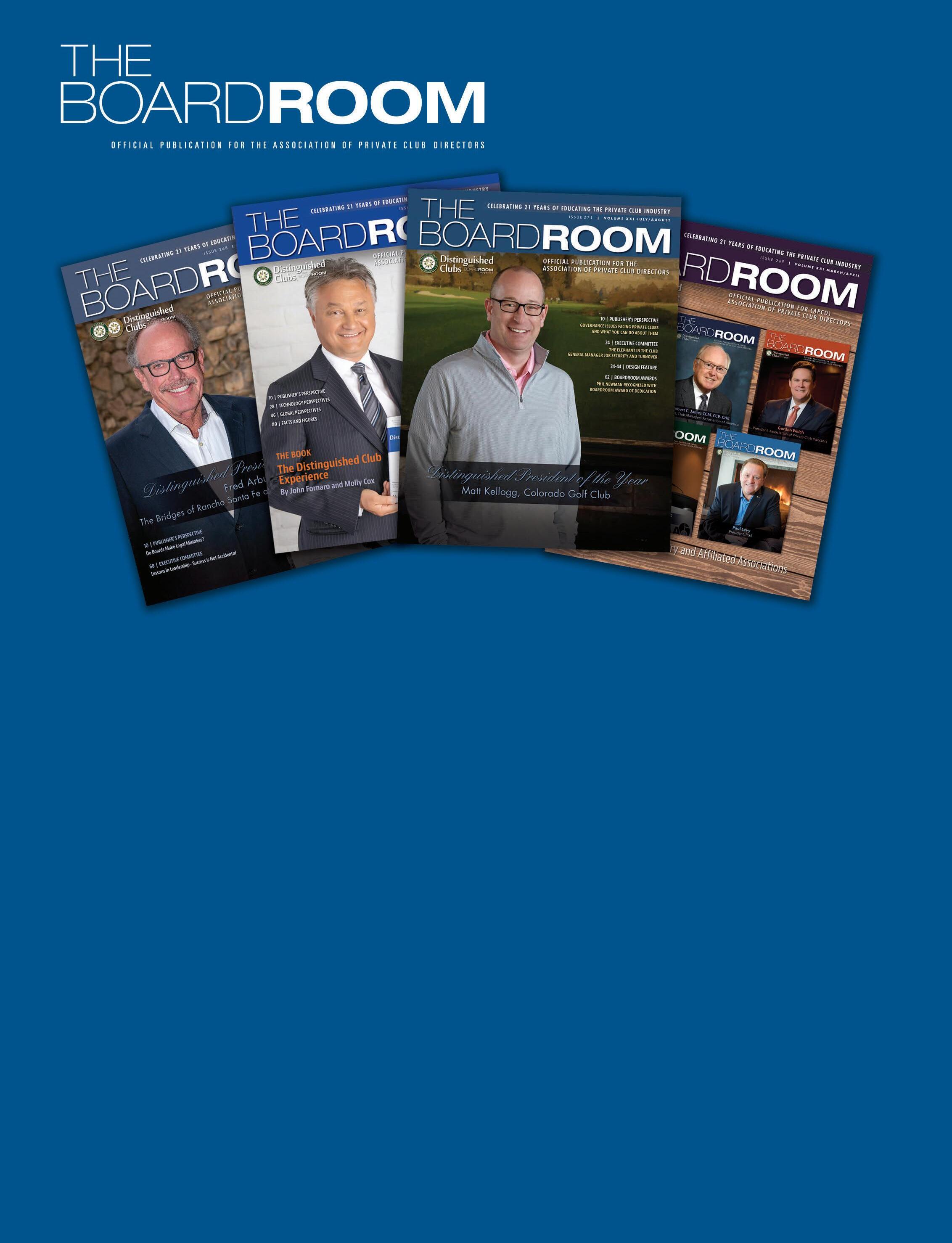

SINGLE SUBSCRIPTION @ $8900* (U.S.)
One (1) annual subscription to The BoardRoom magazine.
EXECUTIVE TRI - PAK @ $14700* (U.S.)
Three (3) annual subscriptions to The BoardRoom magazine for the general manager, board president and treasurer. Additional copies______@ $39 each
BOARDROOM - PAK @ $29500* (U.S.)
Ten (10) annual subscriptions to The BoardRoom magazine for each of your board members. Additional copies______@ $29 each
REGULAR PRICE: SINGLE SUBSCRIPTION $178 - TRI-PAK $294 BOARDROOM 10 PAK $590
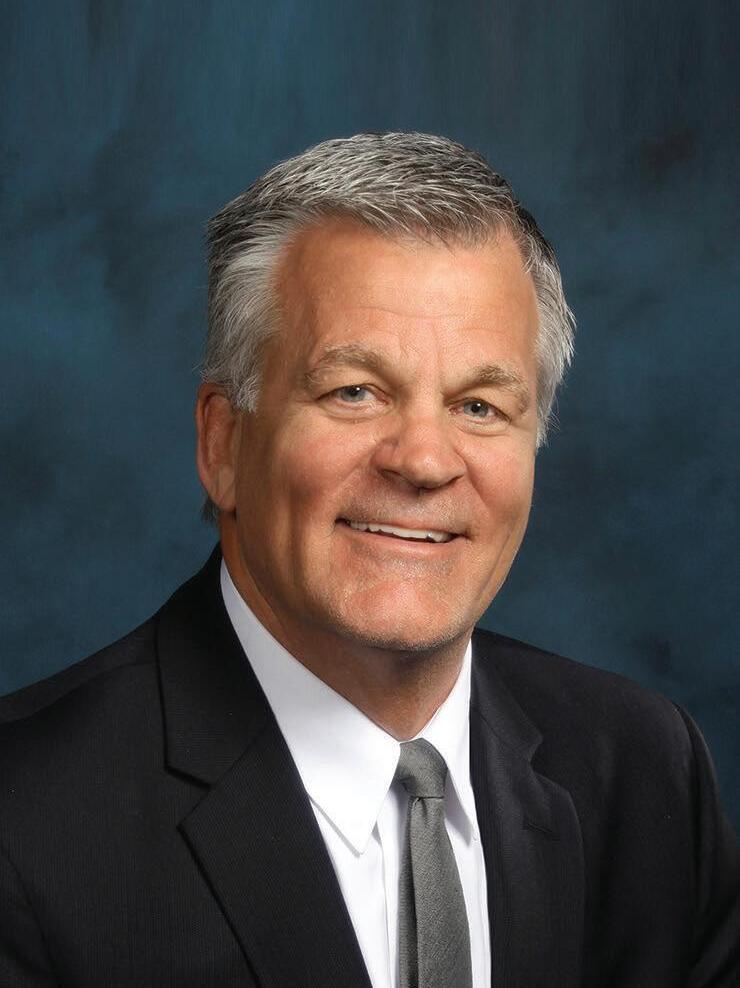
Rick Ladendorf is the president of Prevo Health Solutions, executive producer of the AMERICA’S HEALTHIEST CLUBS© Network and Founder of the Wellness Project™. Contact Rick Ladendorf at (949) 933-5470 or rladendorf@prevohealth.com.
“My club’s greatest asset is our staff. Our members love and adore the staff.”
While this may be true for many, the question remains; if there is such adoration, why is turnover so high and more importantly how can we find the right people that want to stay with the club.
If a candidate walks into your office and isn’t immediately “feeling it” you have potentially lost them. The right brand and culture helps to attract and retain the talent that everyone is searching for.
It’s all about keeping them happy, giving them the opportunity to grow, compensating them at the rate they deserve for their experience and most of all, make them feel appreciated. Don’t take your staff members for granted or they will leave you. It’s that simple!
As Richard Branson said: “Train your employees to do a good job and treat them to want to stay with you.”
Culture is an intangible and one of the key elements to attracting and retaining the right staff. The basics of treating others how you would want to be treated goes a long way. Skills can be trained and perfected over time, work ethic and commitment have to come from a person’s soul.
Employee retention starts with hiring. You must have talent in identifying the right candidate with the right ethic, who’s intent is to grow, create, and bind. Once onboard, an engaging culture and inspired leadership will keep employees with you.
You must truly care about them, vest in them, use their ideas and lift them up. Encourage autonomy, trust in your staff, be empathetic under stress and when personal crisis arises. This holistic approach to leadership will inspire your team and drive performance. As well as earn your organization solid retention.
Healthy generally equates to more productive, happier and more confident employees. They also are more engaging, collaborative and have better member optics. Healthy staff are absent less often, have fewer medical issues and spend less on health care.
Being healthy is not just about working out or exercising. When it gets right down to it, the major contributors that affect the health and well-being of the staff include:
• Proper nutrition
• Daily exercise
• Adequate sleep
• Sufficient hydration
• Minimal stress, and
• Recognition
If you believe this to be true, and you want to hire and retain the right staff, then you may want to consider incorporating a few of these simple ideas to help establish a culture that promotes and encourages health and wellness to help build a strong team.
1. Verbalize the importance of a healthy culture in the initial interview and at every staff meeting.
2. Offer nutrient dense options at every club sponsored meal. Mix it up and keep it fresh. Remove fried foods.
3. Encourage paid and unpaid activity throughout the day. Walk n’ Talk with the boss, 10 minutes of individual or group stretching/movement activities and fun challenges.
4. Remove access to juices and sodas and replace with water.
5. Support and promote a work-life balance. Burnout creates stress and stress kills.
6. Feed the brain. Educate and train your staff online, onsite and mobile apps.
7. Recognize your staff for doing good things. Recognition is an effective motivator.
Retention of key department heads is of paramount importance to building and maintaining an effective team, reducing turnover and creating a collaborative culture that people want to be part of.
Success is often achieved by mastery and achievement alone, but it cannot be sustained. To sustain success an employee or an employer must also be fulfilled as well, and fulfillment is more about worthy purpose and experience than about money. Money is useful however for creating those experiences but money in itself isn’t enough. Recognize your staff internally, within their respective associations, within the industry and within the club. BR


By Heather Arias de Cordoba, Associate Editor, BoardRoom magazine
BoardRoom magazine annually recognizes the world’s top private club presidents, captains and chairs as Private Club Presidents of the Year, for their outstanding work, their understanding of the industry, and role and responsibilities of the club’s board of directors. In this continuing series, BoardRoom introduces four of the top 21 presidents for 2017.
Private club board presidents play a huge role in professional operations of their clubs as a volunteer working diligently with their board of directors and general managers, striving for well informed, but not emotional decisions.
This recognition by BoardRoom magazine has attracted board president nominations from clubs and other nominators around the world.
These outstanding presidents exemplify the focus on the leadership responsibilities, the accountability and the management of the board providing a healthy respect for the club’s macro management. They are cognizant of the importance of working, effectively and efficiently, with their volunteer boards and the dedication required from everyone with whom they work.
Key elements of a “good” board include commitment, competence, diversity, collective decision making, openness, transparency, effective communication with the management and the membership, fiscal responsibility, development and establishment of the clubs’ mission, vision and policy direction, especially through establishment of a strategic plan.
A successful board president draws upon the expertise of other board members, the club’s institutional memory and stewardship of the club’s resources. As well the board president provides new board members and future board presidents with information they need to perform effectively as board members.
Congratulations to these outstanding private club board presidents.



Who is your choice as the top private club board president?
Many people and companies associated with the private club industry are given due recognition for their accomplishments, and now Boardroom magazine is focusing on selection and recognition of the Private cluB Board President of the Year.
Boardroom magazine, through a nomination and selection process, will honor 20 board president finalists worldwide and one prestigious distinguished President of the Year award.
The top 20 private club board president finalists will be selected by a Boardroomcommittee comprised of industry experts and sponsors, who can make an expert judgment, who have an understanding of the industry, the structure of the board of directors, and the role and responsibilities of a club’s board of directors. A third party accounting firm will audit results.
A special section published in Boardroom magazinewill be devoted to the announcement of the toP Private cluB Presidentsand the distinguished President of the Year.

ENTRY AND DEADLINE
Email heather@boardroommag.com for the criteria and application form. Entries must be submitted no later than Friday, November 9, 2018. For further information contact John Fornaro (949) 376-8889 ext. 1 or johnf@apcd.com


“We recognize as a board that in order to have sustainability, we have to offer something for everyone and be cognizant of the ever-changing times,” explained Grant Hendricks, president of Southward Ho Country Club.
“Southward Ho is geographically blessed. Nestled on the south shore of Long Island, our biggest competition is the beach. Our club provides the ideal family experience for its members. Whether its golf, tennis, paddle tennis, swimming, day camp, casual dining or fine dining, Southward Ho has something for every member of the family,” Hendricks continued.

“We have a tremendous Legacy Program, and so our greatest asset is our membership, many of which are third generation.”
The Hendricks family has been members of Southward Ho Country Club since 1965. President Grant Hendricks, born in 1966, spent the first year of his live living in a small three-room gatehouse cottage on the eighth hole of the golf course.
As a young man, Hendricks spent his summers in the day camp program, where he developed his love for the game of golf. Hendricks has served over 12 years as golf chairman; as membership chair, secretary and most recently, club president.
Hendricks believes collaborative governance and letting the paid management do its job is always in the best interest of the club. “We’re grateful for the professionalism of our highly experienced general manager, Gord on Digby,” explains Hendricks. “Gordon and I work very well together to ensure that the members receive the level of service they demand. As president, I’m committed to a loyal group of resourceful individuals dedicated to the goals of our wonderful club and empowered with the authority to get things done.”
Professionally, Grant Hendricks is the president of Independent General Contracting (IGC), a full service, private site development company focusing on cre ating vibrant places to live, work and play in the Long Island area. Hendricks and his wife Tara live in Bay Shore and are raising four children – Ryen 20, a sophomore at the University of Rhode Island, Oliver 19, a freshman at West Virginia University, Lauren 17 and Caden 15. BR



A few years ago, the board at Glenmoor Country Club, a BoardRoom Distinguished Club in Cherry Hills, CO, embraced the idea of being a family-oriented club with a great social environment.
And it’s been a success.
“The club has become the place for members to meet their friends and enjoy all the club has to offer,” explained George Lantz, club president, “and Glenmoor continues to evolve to meet the demands of the current and future members.”
President Lantz leads with confidence and precision. He governs with the strategic implementation of best practices for the benefit of the club’s operations and member satisfaction. The cohesion between the board and the management team at Glenmoor CC has been pivotal to the club’s success.
“Glenmoor made the decision to become the best family-oriented and social club in the area. The staff, general manager and board have consistently worked to ensure our offerings meet the needs of our members,” said Lantz. “The members are regularly surveyed to determine their priorities. From this information the club’s direction and projects continually evolve.”
By understanding the members wants and needs, the president and the b oard work together to set club policy. “In our system, the GM is expected to run the day-to-day operations under the board’s guidelines,” commented Lantz. “The operation of the club is left in the hands of the professionals. My role as president is to partner with the GM to ensure the club continues to progress and we continue to have financial success.
“Glenmoor is fortunate to have a staff with a wealth of experience. Staff members are dedicated to the club and the members’ experience. Their dedication makes serving on the board and as president a pleasant experience. Working together, the staff and board continually strive to improve our facilities, services and offe rings,” he offered.
Lantz began his community involvement in Greenwood Village, CO as a member of the Greenwood Village Board of Adjustment and Appeals where he served for 12 years as both chairman and vice-chairman. Additionally, he


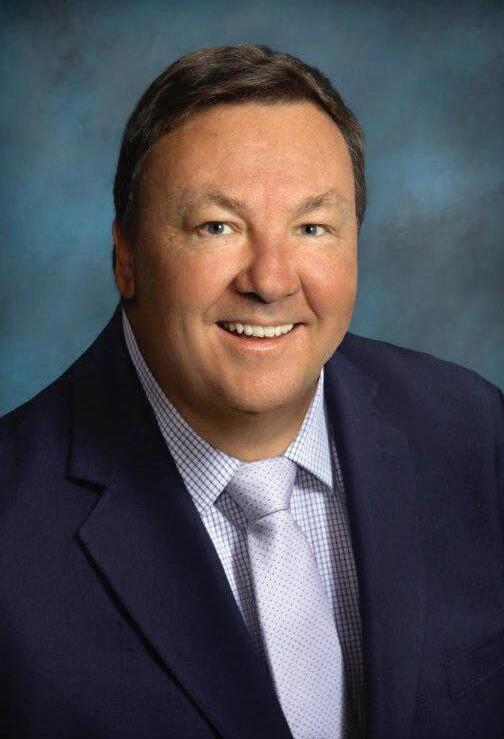
A nearly complete $25 million club improvement plan, complete with town hall meetings, committees and sub-committees highlight the tenure of Steve Irwin, president of St. Andrews Country Club, a BoardRoom Distinguished Club in Boca Raton, FL. By doing so, the member experience has improved most significantly. “I strongly believe that effective leadership demands a constant look into the future of country club life and the creation and implementation of plans which will exceed the expectations of membership,” stated Irwin. “These plans apply equally to both hard assets improvement strategies and soft programs, which enhance and secure the lifestyle at St. Andrews.”
Some of the improvement strategies include the renovation of a golf course, which improved the playability for members at all levels, especially the female golfers; soaring membership sales and a consistently lower incoming new member average age; the creation and implementation of a comprehensive security program using the latest technologies, and the increase in the number of events held in all areas.
The fiscal responsibility of enhancing the member experience through added amenities and events has been achieved by the president working closely with the COO/GM and CFO to find a way to bring things to the club while keeping the club’s dues increases to a minimum.
“As GM/COO, I work closely with Steve and the board in general,” explained Craig D. Martin. “I value his ability to listen carefully, that he is thoughtful and sensible in decision making and doesn’t waiver in the strategic vision for the future of St. Andrews Country Club. Decisions are made with objectivity and I appreciate his trust in me and the management team to follow through with his and the board’s directions.”
Irwin and Martin agree that collaborative governance keeps the club on track. The board sets the policy and the professional staff, led by the COO/GM implements and enforces.
To Ed Levine, a current member at St. Andrews Country Club, the behindthe-scenes strategic plan blends into an exceptional member experience at the club.
“My wife and I have only lived in St. Andrews for three years, but we are overwhelmed by the incredible services here. The staff goes over and above to make every facet of club life seamless. The intimacy of the club has made us feel welcome from day one. It is truly the best of the best and we feel it each day. It’s a place for our children and grandchildren to grow older together.”
Irwin and his wife Karen made St. Andrews their home in 2002. As yearround residents they make full use of the club’s facilities, including golf, spa, fitness, dining, card playing and attend most social events. They have two children and are the grandparents of five, all of whom are regular visitors.
As club president, Irwin charges the COO/GM and his professional team to manage the operations of the club, and Irwin is committed, along with the COO/GM to continually enhance and expand the strategic plan to ensure St. Andrews moves forward.
A good reason why Steve Irwin has been selected as one of BoardRoom’s top presidents for 2017. BR

served for eight years on the Greenwood Village Planning and zoning Commission including three years as chair. He was elected to the Greenwood Village City Council in 2015 and is currently serving his second term on the City Council having recently been selected as mayor pro-tem.
“Glenmoor Country Club is proud and honored that George Lantz is recognized as one of the 2017 Top Private Club Presidents from The BoardRoom Magazine,” explained club GM/COO Garth Walker. “His dedication and commitment to the club is evident. He has also been a member of the club’s finance committee for the last four years and the house committee for the last two years.
“He is focused on what the club needs - to be relevant to families and to provide a great social environment for the members. He is committed to doing whatever is in the best interest of the club, its membership and member experience,” concluded Walker.
President Lantz and his wife, Debbie, have been members at Glenmoor Country Club since 2001. They have two sons, both raised in the city of Greenwood Village, CO. George Lantz’s term as president concluded in March 2017. BR


ANGELA HARTMANN
Angela Hartmann is GCSAA associate director, communications To learn more about GCSAA’s wide range of continuing education opportunities for the golf course management industry, visit gcsaa.org.
“Continuing education has been a cornerstone of the Golf Course Superintendents Association of America from our very beginning more than 90 years ago,” explained the organization’s CEO Rhett Evans.
And with that statement, Evans announced that the GCSAA has expanded its offerings with the recent introductions of the Assistant Superintendent Certificate Series (ASCS) and the Turf Equipment Technician Certificate Program (TETCP) Level 1.
“Our Certified Golf Course Superintendent program has helped superintendents gain enhanced skills and knowledge that benefit their facilities, and our latest offerings will help other important members of the golf course management staff – assistants and equipment managers – bring an expanded knowledge base to their courses as well,” Evans added.
GCSAA’s CGCS designation is bestowed upon those who voluntarily meet the stringent requirements of the program, which is widely recognized in the industry and the highest recognition that can be achieved by golf course superintendents. GCSAA developed the program to promote the professionalism of golf course superintendents and recognize those superintendents who achieved higher standards through continuing education.
In all, more than 4,500 superintendents have earned the CGCS title since the program began in 1971.
ASCS: The ASCS, while not a certification, offers four certificates covering key competencies of golf-centric topics. The first two certificates, Principles of Golf Course Agronomy and Principles of Golf Course Business are available now, while the Leadership and Communication Certificate and Environmental Management/BMP Certificate will both be available later this year.
While open to both GCSAA members and non-members, GCSAA members receive significant savings on the cost of each exam. Complimentary study guides are available to help prepare for the exams, which are taken online. Candidates have three hours to take each exam.
“I am proud to be an early adopter of the GCSAA’s Assistants Certificate Series,” said GCSAA member Matthew Legg, senior assistant superintendent at Weston Golf and Country Club in Toronto, Ontario, Canada.
“Any continuing education is important, and I believe this program will become a benchmark for all progressive assistant superintendents looking to quantify their knowledge to industry expectations. In our competitive industry, I see value in continuing education benchmarks that demonstrate one’s abilities amongst their peers, while also assessing the one’s core competencies as a requirement of their current role. “
TETCP Level 1: Since GCSAA introduced its equipment manager membership classification in 2015, the association has steadily enhanced its education offerings for equipment managers and technicians at golf
courses. The TETCP Level 1 is open to anyone whose work duties include maintaining turf equipment. The program is composed of eight exams that cover the key competency area of cutting units, drivetrain systems, electrical systems, engine technology, hydraulic systems, metal working and fabrication, sprays systems and fundamentals of turfgrass operations.
Originally designed as strictly a single series certificate program, TETCP Level 1 is the first step on the path that will eventually lead to a path of certification – the first of its kind in the industry.
Level 1 demonstrates competencies in the key areas through online exams that require a proctor. This certificate program is available to all turf equipment technicians, regardless of whether they work for a golf course, but like the ASCS there is significant savings for the exam price for GCSAA members.
GCSAA member Trent Manning, equipment manager at Ansley Golf Club in Atlanta, one of the first equipment managers to complete the all eight certificates in the program when GCSAA debuted it in 2017, sees the importance of the program.
“The TETCP is a vital part of equipment managers’ professional development,” Manning said. “All the questions on the exams are direct from our industry and create a true test of your knowledge.”
Later this year, GCSAA will release Level 2 of TETCP, which will require a higher level of equipment management knowledge to complete. The certification for equipment managers will be developed and implemented in 2019, with Levels 1 and 2 being part of the prerequisites to enter the certification program.
CGCS
In 1971, the Golf Course Superintendents Association of America developed a comprehensive program to promote the professionalism of golf course superintendents and recognize those superintendents who achieved higher standards through continuing education. BR



David S. Downing II, CGCS is SE Agronomist and past president of GCSAA. He can be reached at: office: 843-365-8738 or cell: 843-241-7250 or via email: Dave.d@golfmsolutions.com
When turf is healthy, playing conditions are what golfers demand.
And we’ve discussed the fact some clubs are not performing the necessary procedures to maintain healthy turf (BoardRoom May/June 2018: You Can Pay Me Now or Pay Me Later.)
This past winter the southern region of the country experienced a colder than normal winter throughout the region and we’ve seen many areas of winter kill, especially on Ultradwarf Bermudagrass greens. Can damage from weather extremes be avoided? The answer is not 100 percent, but by growing healthy turf and doing the right things at the right times you increase your chances of surviving these weather extremes. In my 40 years in this business very few years have experienced normal weather
This winter was one really the first frigid winter, especially in the Carolinas, since 1994. That winter had periods of single digit temperatures, followed by warming then temperature falling into the teens, then a warming trend, then several nights in the low 20s … then spring arrived. This was before the Ultradwarf Bermudgrasses were introduced to the market.


This year’s greens failures were caused primarily because the recommended covers were not purchased, as is the recommendation for Champion and Tifeagle varieties. They were deemed to be too expensive and then each year that past with no damage, clubs began to feel they were not needed.
But even this year clubs that used covers had some damage. But the unique aspect about this winter is the fact some greens survived even with out the covers.
We have learned that the primary areas that failed were areas of shade, high traffic and were poorly drained. In other words, the plants were not as healthy as they could have been going into winter. It is likely that in these areas the soil was more compacted, probably more organic material, fewer roots thus fewer carbohydrates in reserve.
We’ve also seen and heard of tee boxes, fairways and roughs that had winter kill as well. Again, these were areas of heavy shade, poor drainage and high traffic. But as our picture shows damage can occur to areas that maybe drier and combined with high traffic can be prone to damage as well (see pictures below)
Basic botany explains that plants need sunlight to create chlorophyll. This allows the plants the best chance of growing and storing carbohydrates in their roots systems to survive their dormant period. Without the proper amount of sunlight, the plants do not grow and respond as efficiently as they should.
Mowing heights, fertilizer quantities, timings of the fertilizers, irrigation aerifications, topdressings, sharp mowers are all needed to properly maintain the turf to not just survive the playing and traffic from our golfers and our maintenance equipment but also to handle the weather extremes.
While we experienced a tough winter, everyone should take stock of where the damage occurred and do the homework necessary to prevent if from happening again. We are hearing reports of limited supplies of sod and springs for this spring and early summer. That means some courses will have to try and grow back the damage that has been done.
This can cause the turf to be weak going into this up coming winter and even a mild winter could cause some damage. While this was a very frigid winter, the same can happen during periods of very hot weather in areas that grow cool season grasses. It’s important to have a plan to recover and then a plan to help avoid damage in the future.
Good drainage, good air movement, sunlight, proper management to grow healthy plants are all required to create great playing surfaces. But healthy plants also can survive when the weather goes to an extreme.
Making sound decisions everyday to manage the turf correctly is the key to great playing conditions and healthy turf. BR
BRIAN LUSSIER
Brian Lussier is the principal of Lussier Golf Design and has been in the golf industry since 1987 focusing on golf course architecture, construction oversite and project management. He is a member of the ASGCA and the CGCSA and focuses on a collaborative and balanced approach to design, construction and maintenance for growth of the game.
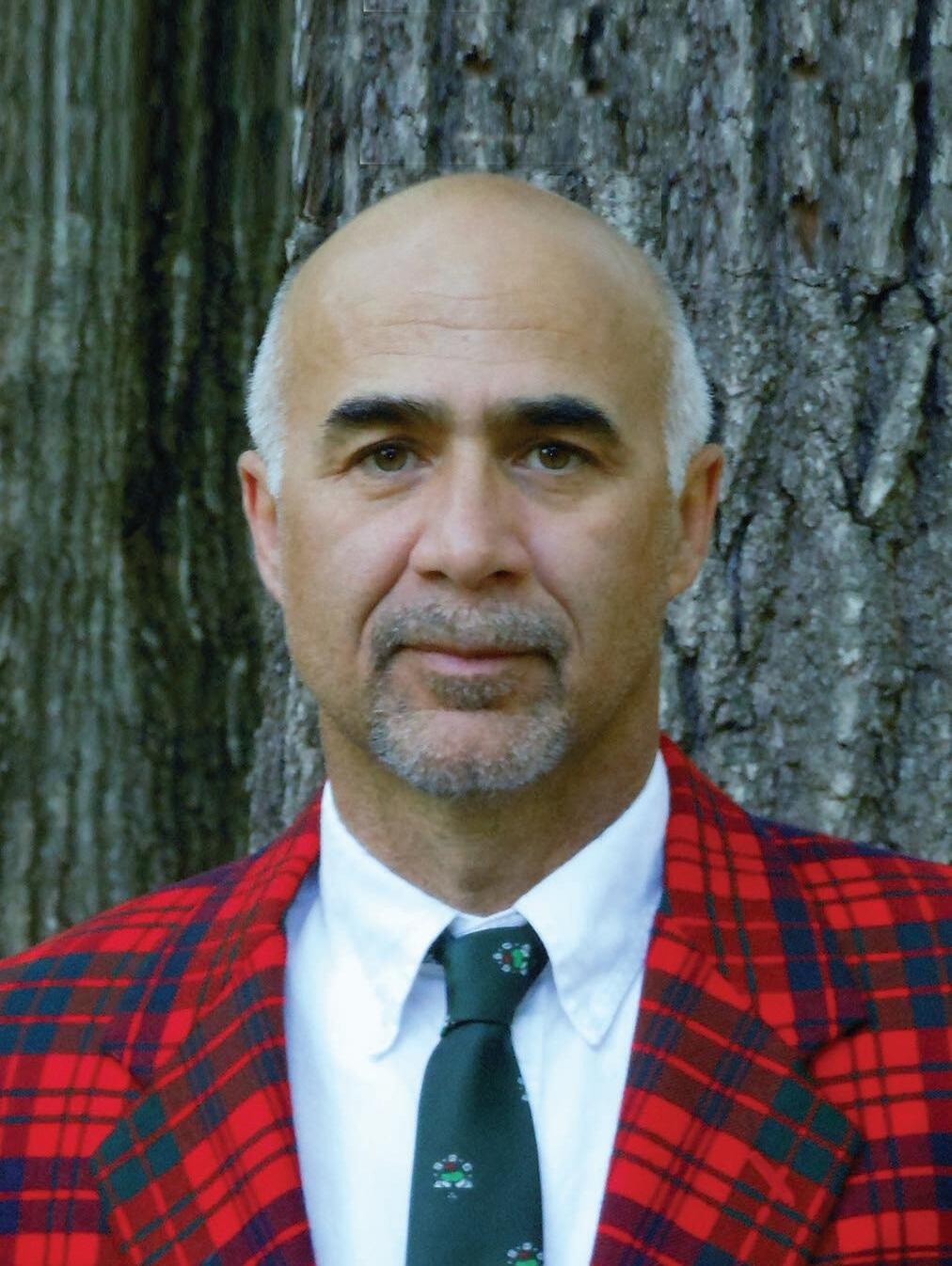
The word audit by definition is: an official inspection of an individual or groups accounts, typically by an independent body.
It’s a time to organize and take into account our finances for the past year and it puts into perspective some goals and financial perspective for the coming year.
The same is true for your golf course, it a great time of year to “audit” your course or club and plan for improvements for the coming year. It’s an opportunity for the superintendent, the head pro and club manager to sit down and discuss any courses shortcomings and what direction is needed to improve it. How do we do that? I like to think of it in four simple steps: Listen, look, plan and apply.
Listen – Start by listening to each other, in order for the club to be successful, it needs to make a profit. Though you have one common goal, each entity (maintenance, operations and management) has a different perspective of what may be needed to succeed. Listen to the golfers. What are they saying about the course, what would they like to see your facility have to make it a better experience? Are they willing to paying extra for these improvements?
Look – Take a look at your club. What and where are your problematic areas on the course and why? What are the causes of these problems; is it the age of the facility, amount of play, changing climatic or existing site conditions, etc.
Are bunkers difficult to maintain or play out of or do they have no significance? What changes can make maintenance and operations more efficient and effective? How efficient is your irrigation system; where can we reduce water without sacrificing playability or aesthetics?
Look at your business model, are you retaining golfers, or are you losing them and why? What segment of the golfing market do you need to improve upon? Look at what your competition has to offer and what will make your club better.
Plan – Now that you have some base data, bring in a golf course architect to assess your club and devise a comprehensive masterplan. A masterplan considers all the factors of the club and puts things into perspective as a whole; it will help audit your course objectively.
The plan will show problematic areas and solutions to rectify them. How additional improvements or features can be added and where they are best suited. For example, by adding a short game area not only can help grow the game but keep golfers at your club longer, thus creating opportunities to generate more revenue around the clubhouse.
The plan should also incorporate turf reduction/native planting areas and where they are best suited to reduce maintenance time and cost and water use. In addition it’s a great time to address your landscaping with a landscape enhancement plan not only for aesthetic and strategic value but to remove problematic trees that interfere with play and maintenance.
Apply – Now that you have a master plan in place, a club can objectively break it down and put it to work in an organized manner. From this masterplan you can formulate working drawings, generate a realistic budget and a real construction schedule and
then proceed in a way that makes the most sense for each club.
A picture is worth a thousand words. It’s a great way to graphically show your club where and how to make improvements and the logical direction the club has in place to do so. Whether it’s a complete renovation, greens resurfacing, adding a short game area or few tees, proper planning protects the integrity of the design and spells success for your club. BR



DAVE DOHERTY
Dave Doherty is president/CEO and founder of the International Sports Turf Research Center, Inc. (ISTRC) and holds three patents regarding the testing of sand and soil basedgreens. He can be reached at (913) 706-6635 or via e-mail: daveistrc@hotmail.com Web page: www.istrc.com
“Who needs salesman during these tough economic times? I don’t have the time, energy or the money at this time”, or one could say, “Thank God for outside professionals to help during these tough economic times.”
In recent months I’ve visited three countries, given 16 seminars and visited with golf course superintendents, green committees and owners at over 60 golf courses. Those struggling, normally “don’t have the time.” The successful courses normally have time for outside professionals.
Most of my life, I’ve been in business for myself, including ISTRC which I founded almost 20 years ago to give physical property information to golf courses and athletic fields. This is my third business to offer services to professionals.
My companies have been successful because I’ve hired good people who can think and assist in the companies’ growth. I have always welcomed outside professional service people because they are the sources of information that I never had, and still don’t have time to accumulate on my own.
So what do professional services mean for the many golf courses I’ve visited recently?
organized and knows its responsibilities. The quality of the golf courses has not changed. I visited all five courses with the director of maintenance and the quality of the product they are offering to their members and outside golfers is at least a nine on a scale of 1 to 10. This course is a very successful business.
The third course, found in the Midwest, is a fairly new, just starting its third year. This course is also in excellent condition and can continue to improve if the general manager and course superintendent can come together and work like a team.
However, the GM feels that he is the boss and everyone on the staff works for him. What a waste of assets when there is division of knowledge and a lack of cooperation between responsible parties. The GM and
The members who own the club are entitled to a profit, placed in reserve for emergencies instead of assessments whenever the club needs money. Mr. K views this club as an $8 million a year business and the members of the club are entitled to a 10 percent retu rn, just like in any business...In six years the club went from a debt of $1 million to over $3 million in the bank...Mr. K uses all his resources to help him make decisions. Professional Services both internal and external are used and treated with respect, as a result, this remains a very, very successful business.
Let’s look at four courses:
There’s one course in Georgia that’s as organized as any course in the country. Everyone there knows their responsibilities and when their tasks for that part of the day are finished they immediately help someone else. Staff members are organized. ISTRC, this spring began its 11th year of helping with and supplying physical properties information on their greens, and this is just one of the many professional companies that this course uses, to help make it a very successful business.
The second is a complex of five courses also located in the south that has been extremely hard hit by an economic situation. There has been no panic and cuts have been made in an orderly manner. The entire staff is
club professional scheduled a tournament for this fall without taking into consideration the aerifying schedule that they had approved for the fall.
If Mother Nature turns nasty next spring and the greens stress because of the missed aerification, the superintendent will be blamed. The course conditions and everything achieved thus far could be set back and as the condition of the course deteriorates
the cash flow will follow the same path. Does the GM at this course use outside and internal professional services? NO!!, and nobody wins. This course isn’t run like a successful business and is NOT a successful business…although it could be.
An upper tier private country club, also in the Midwest is the fourth course. I’ve worked at this course, through five superintendents and an untold number of general managers for almost 20 years.
Following a rebuild a few years ago, the club is doing very well, both from a course condition stand point and member satisfaction. At the time Mr. K took over as GM, the club was about $1 million in debt. Today the club has a balance sheet that most successful corporations would envy, with almost $3 million in the bank. Mr. K runs this club like a business and here are some reasons.
• Mr. K want input from the department heads regularly at their monthly meeting, and each person during these monthly meetings has a time to interject ideas that might help the club.
• Each department was asked to do a little more with a little less.
• On Tuesdays business remained very slow in the restaurant and it was suggested the restaurant close on Tuesdays. Mr. K said, “Let’s try $5 Tuesday Hamburger Night. Now reservations are hard to get on Tuesday evenings and while families eat their $5 hamburgers, they
are washing them down with expensive bottles of wine. Tuesdays are now very profitable.
But here’s what I like most about this club. The members who own the club are entitled to a profit, placed in reserve for emergencies instead of assessments whenever the club needs money. Mr. K views this club as an $8 million a year business and the members of the club are entitled to a 10 percent return, just like in any business.
Last year the fairways needed an investment of $170,000, and a new chiller for the restaurant ran another $250,000 (along with a few other odds and ends) for a total investment of around $500,000. After the $500,000 was taking out of the bank account the balance dropped to around $3 million. In six years the club went from a debt of $1 million to over $3 million in the bank. Bring on next year!
“The golf course is our most valuable asset and must be maintained,” said Mr. K with a statement that had the most impact on me.
Mr. K uses all his resources to help him make decisions. Professional Services both internal and external are used and treated with respect, as a result, this remains a very, very successful business.
Another golf course superintendent said the reason Mr. K. is so successful, “Is because he does not fit into the system.” What a wonderful, yet sad commentary about our industry. BR


BILL SCHWARTZ
Bill Schwartz is the founder and CEO of System Concepts, Inc. (SCI). Based in Scottsdale Arizona, SCI is a food and beverage procurement and inventory management consulting firm and the developer of the FOOD-TRAK System, which is widely used in club operations around the country. Bill can be reached at (480) 951-8011 or bills@foodtrak.com.
It’s not often you will see me write about the negative aspects of technology.
However, clients have recently asked about a cool new feature they’ve heard about – the ability to scan invoices and have these images update the inventory system, and the fact it might end up costing more than it saves – at least when it comes to F&B control.
On the surface, and certainly during a vendor presentation, the idea makes great sense. It should be a significant labor-saving feature since it eliminates issues with entering invoices into the inventory system manually and may even set the invoice up for payment in the A/P system. It could make the idea of real-time inventory control more likely since the invoice could be scanned into the system as soon as it arrives. So what’s the problem here?
First, the software uses OCR (Optical Character Recognition) technology to “read” the invoice image and pick out the numbers and letters. The next step is to determine which of those numbers and letters are the vendor name, the invoice number, etc.
This can be done by having users make a map of the invoice for each vendor, identifying where in the picture the software should look for vendor name and other data. This is done for each vendor. The other approach is for the software to use a form of artificial intelligence (AI) to figure it out for itself.
Either way, the error rate is an issue. In other words, in many cases the image is not read 100 percent properly, and certain data is missing or incorrect. This can be caused by smudges, handwriting and a variety of other problems.
Start with a purchase order generated by the F&B system, compare the invoice to the purchase order and then convert the PO into an invoice using the system. There is no need to scan it since the PO is already in the system and can be converted to an invoice with very few keystrokes. I find it useful to evaluate technology as a tool to enhance profitability – not to simply speed up processes. Some processes might actually benefit from adequate time spent. So don’t drink the “cool” aid – in practice it might not be as cool as it seems!
Glad you asked! The problems come from two different directions. The least significant problem is the fact that scanning invoices and turning them into data is not a slamdunk. Scanning invoices as images is no problem if all you want to do is store the image for later retrieval. This capability has been available for decades and simply requires adding “tags” to the image like vendor name, dates, account, etc. so you can search for the document more easily when you need to retrieve it.
The problem arises when you want the software to read the image and determine who the vendor is, the invoice number and date, the amount due and especially the line item data like item name, unit, quantity and cost. While this may sound simple – it is anything but.
For mapping systems, the error rate can be in the 20-30 percent range, while with AI it is usually a bit less at perhaps five to 15 percent. In cases where the invoice is not translated correctly, human intervention is required to correct any mistakes made by the software. Intervention needs a manual entry of all missing or incorrect data and can be quite time consuming.
Again – that is the least significant of the two problems. The most significant problem is the receiving shortcut caused by the scanning approach.



MICHELLE TANZER
Michelle Tanzer, Esq. serves on the National Club Association board of directors and is legal counsel to the Club Spa & Fitness Association. Michelle arbitrates club related disputes for the American Arbitration Association’s (AAA) National Golf Industry Panel and authored “The Club Litigation Book: Keeping Clubs out of Court.” Ms. Tanzer can be reached at (561) 866-5700 or via email: Michelle.Tanzer@Gray-Robinson.com.
Clubs and homeowners associations (“HOAs”) across the country are merging their legal entities into one with the HOA being the surviving entity for a variety of reasons.
The boards of many others are beginning the process by discussing the “pros and cons” of merger. Whether a particular issue in a merger is a pro or a con truly depends on one’s perspective. Nevertheless, there are several key motivators in every merger of a club and an HOA.
Unification: From a legal perspective, when two entities merge, one entity survives and the other ceases to exist. From a practical and logistical perspective, the two entities combine their operations, talents and resources.
Before a merger of a club and an HOA, even though members and homeowners are essentially the same individuals, there are two of the following: boards, sets of officers, managers, budgets, annual meetings, annual reports, sets of books, accounting and billing departments, etc. However, from and after the effective date of the merger, only one of each of these is required.
In
Liens for delinquencies: Homeowners delinquent in payment of assessments to the HOA face liens on their homes and possible foreclosure. HOAs can rely on provisions in their covenants and statutory lien foreclosure remedies to achieve payment of such debts.
However, most clubs do not have the benefit of these protections and must simply rely on weak contractual provisions to assure payment. Often, refundable membership contributions or deposits are the only security clubs have for payment, which ultimately provide little or no actual cash payments for the delinquent amounts.
When merged, all amounts payable to the HOA, even those attributable to the club
the state of Florida, a correctly documented merger of a club and an HOA for a
proper
payable
purpose
could result
in a tax savings of seven percent on all dues
by members for the lowest category of dues payable to the HOA post-merger. This would allow the HOA to charge members the same amount and retain these funds for capital or operational accounts or reduce the net amount payable by members for this category of membership.
The unification helps to simplify and streamline operations and reduces the political tug of war between the two respective boards. Members/homeowners have one clearly defined central point of contact for everything “within the gates”, making daily interaction more convenient and efficient. Ultimately, accountability is improved because the risk of someone placing blame on “the other board” or “the other manager” is eliminated.
Economies of scale: Generally speaking larger organizations have an economic advantage in the market place and benefit from stronger buyer power than smaller ones. Thus, a merged entity can have single landscaping contractors, security providers, legal and professional advisors and insurance companies and benefit from discounts available for a larger volume of business. Merged entities may also experience a decrease in employment and management staffing costs as well as related administrative costs.
property, including food and beverage, greens and cart fees and other charges, are protected equally under the lien/foreclosure remedies available to the HOA under the law.
Tax savings: While it is not advisable to make a merger decision based solely on tax saving (because a merger effectuated solely for tax avoidance purposes could be disregarded by taxing authorities), a merger for proper purposes could result in significant savings on sales tax, ad valorem property tax and other similar taxes.
ROB DEMORE
Rob DeMore is president of Troon Privé, the private club division of Troon. He can be reached at rdemore@troon.com.

LEGAL committee
As in any industry, change means movement and movement means friction. One of the best examples of this in the private club world is on the civil disagreements of usage that simmer just below the surface.
The grappling for the hearts and minds of competing tribes rages daily between the ladies’ nine-hole league versus the 18-hole group, tennis versus pickleball players, gluten-free eaters versus the pasta night regulars, rowdy kid-friendly fun versus adult member tranquility, and countless others.
The question is, do these silent struggles hurt the clubs or simply represent a passionate membership? Actually, both. And although having super-engaged members is a good thing, emphatic opposition left to fester can be quite damaging.
The failure to find possible solutions and communicate effectively (perhaps even more important than the solution) soils the culture and tranquility of the club. How often do we hear the familiar refrain of parents uncomfortable bringing their kids to dinner, or the inverse of inatten-
For example, in the state of Florida, a correctly documented merger of a club and an HOA for a proper purpose could result in a tax savings of seven percent on all dues payable by members for the lowest category of dues payable to the HOA post-merger. This would allow the HOA to charge members the same amount and retain these funds for capital or operational accounts or reduce the net amount payable by members for this category of membership.
Similarly, while the club entity is required to pay ad valorem property tax on all its real estate holdings, most HOAs are exempt from these taxes because the value of HOA owned real estates is generally taxed to the individual homeowners based on the value of the home.
It is noted that if the club has non-resident memberships and the merged entity desires to continue the non-resident membership offering, then the ad valorem property exemption may not be available to the club facilities. Similar exemption benefits apply to personal property taxes as well. Thus, the post-merger HOA may enjoy personal property tax savings as well.
tive parents allowing their kids to wreak havoc, leading to no one wanting to be at the club?
The emotional landmines concealed beneath these issues can result in members avoiding the club or, even worse, the wrong people fueled by an angry agenda serving within the club’s governance structure. When emotional needs are not thoughtfully and adequately addressed, positions become cemented in anger and legal action can ensue.
Now well documented in court rooms across America, pickleball play makes noise and that noise upsets some people greatly. Unfortunately, what had once been an underlying tension in need of a solution is now an open legal wound that requires attention.
Knowing the difference between minor nuisances and perpetual conflict that could lead to member apathy, attrition, and even legal action pursued by the affected tribes is crucial.
So don’t sweat the small stuff. But do shine a light on it a bit BR
Other considerations: Done properly, all clubs could be merged with an HOA, even those without mandatory club membership. Further, these mergers may occur regardless of whether the club entity is a for profit or not-for-profit entity because the club entity does not survive and, in virtually all cases, the HOA is a not-for-profit entity.
However, in every instance, there are considerations which may be a pro or a con depending on one’s perspective. These include non-weighted votes for director elections and general (non-club related) matters, applicability of community association laws, open board meeting requirements, open inspection of documents (unless confidential or otherwise protected by laws), and financial reporting requirements, many of which result in greater transparency in operations and governance. If you are considering the idea of merger, consult with your accounting and legal professionals and discover exactly which of these motivations may apply to your club. BR
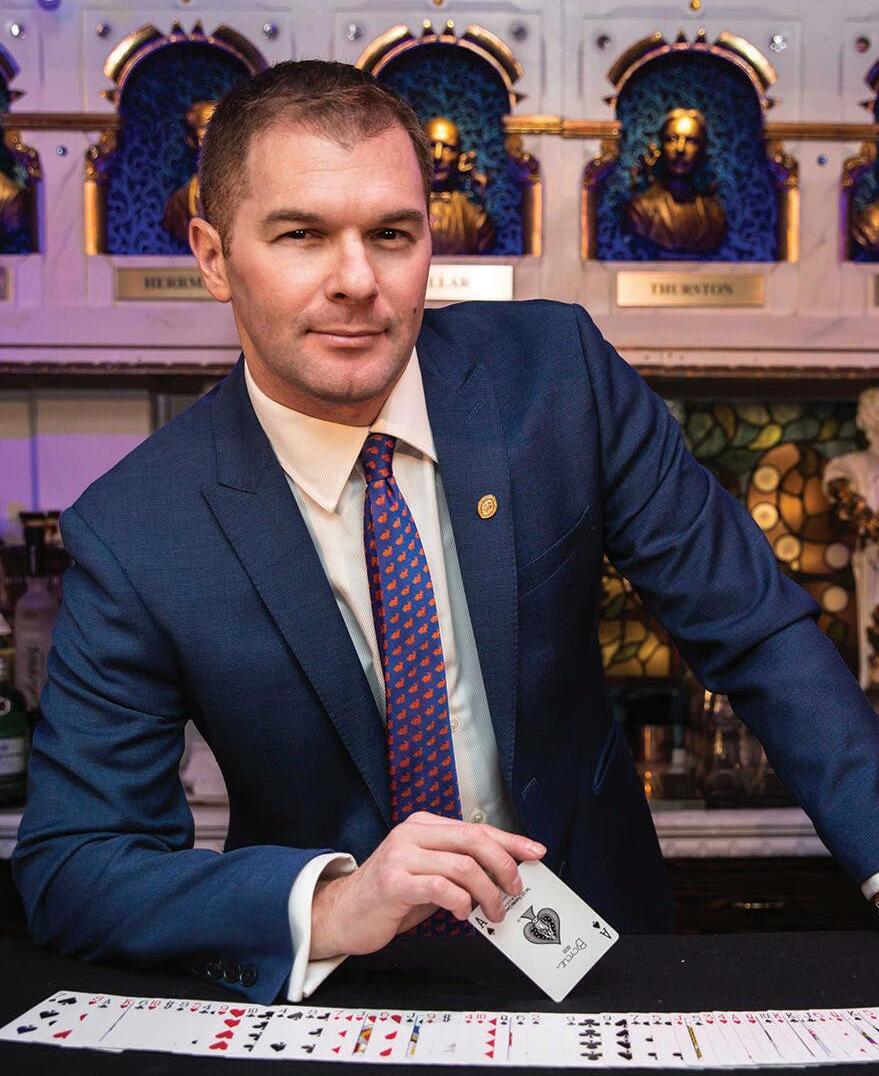
MIcHael Gutenplan
Michael Gutenplan is a professional magician and mentalist specializing in shows for private clubs as well as corporate and private clients. Each week he brings his incredible mind reading and magic actThe Members Only Show to a private club, giving members the most incredible evening of entertainment they’ve ever experienced. For more information visit www.themembersonlyshow.com.
Here’s the scenario: Your club is hosting a major members’ function. It’s is the best event of the year... until the entertainment starts.
From keynote speakers to musicians and magicians, a bad act will turn your fantastic event into a failure in a split second. While there is no surefire way to ensure that you’re getting the best (or even good) entertainment, there are a few things you can do to put the odds in your favor.
Hire a professional: The truth is that anyone can learn to play an instrument or do a magic trick, so why not save some money and hire a local amateur to entertain your members? An amateur might be very good technically at half the price, but they don’t have practical experience to guarantee success, since your members deserve and expect the best.
A professional knows how to “read the room” as well as handle any potential problem including bad sound, poor lighting, or an inebriated audience. Remember, the pro fixes the situation with their professional knowledge and experience.
Talk to the performer: You must talk to the performer on the phone, not just via email. A quick conversation will help you decide if this is the right performer for your club. You should ask how often they perform, how long they’ve been performing, and if this is their primary profession. Next, ask how they handle problems and ask about their experience performing for your type of members. Also ask about the technical aspects including if they have their own equipment, what they expect the club to provide and if they need a stage.
Family friendly does not mean for kids: No one wants a complaint from a member that an entertainer hired by the club offended them. One way to avoid this situation is to make sure that your performer’s material is family friendly. This does not mean that they are a children’s performer, it just means that their act is politically correct and has the best chance of entertaining, not offending.
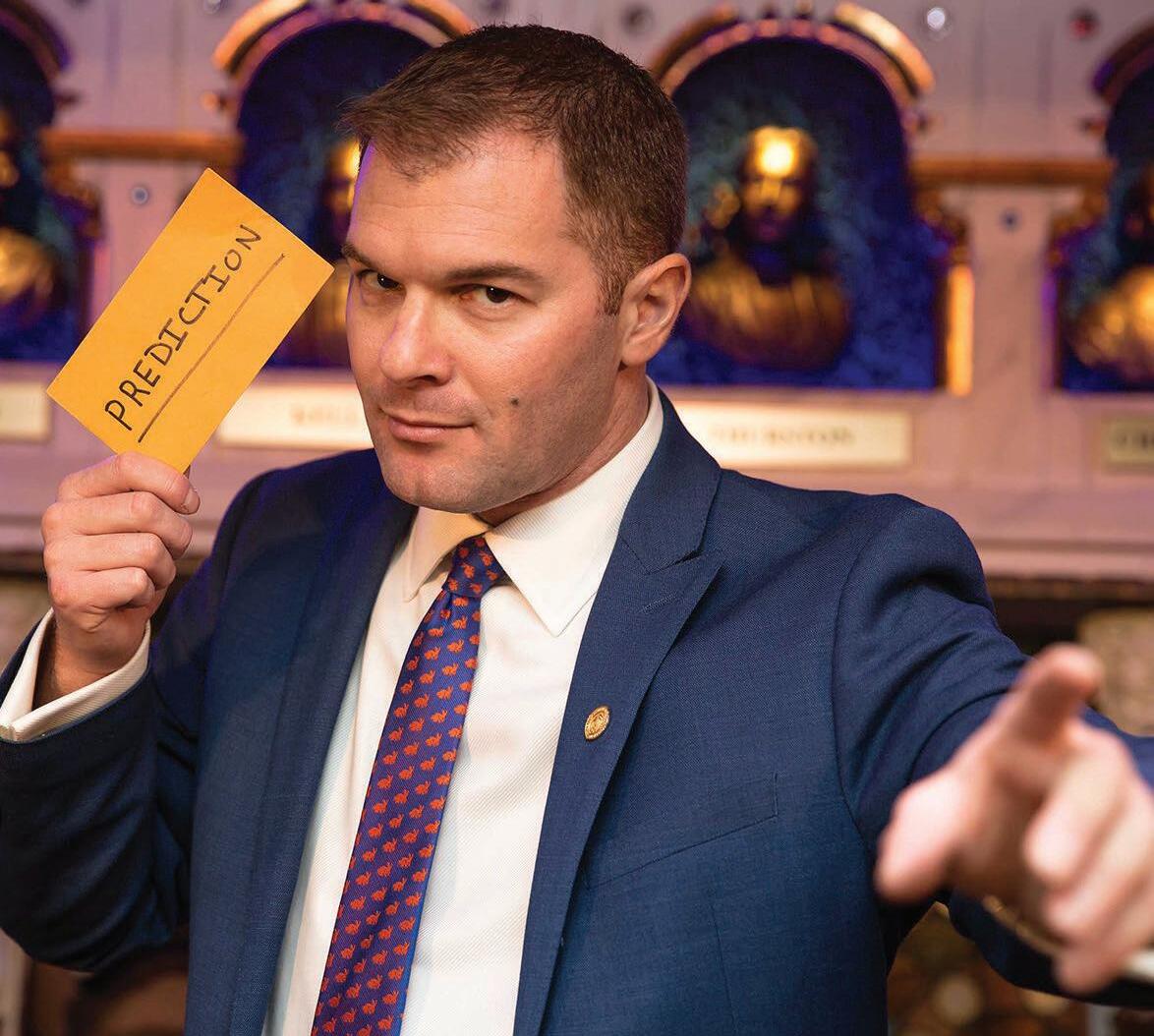


Get it in writing: Just like any other contractor, working with a professional entertainer means that you must get everything in writing. Basic details must include the date, time, and location of the performance but should also include clauses addressing cancelations (on their part and yours), force majeure and any technical requirements.
Bring in an out-of-town act: Here’s a little secret: bringing in an out-of-town act such as a magician, chef, or speaker is fairly affordable and your members will love the bragging rights associated with “we flew them in for this event.”
Discuss pricing: Don’t say ‘no’, just because the quote doesn’t fit your budget. Every act should be able to adjust their package to find a way to meet your numbers (or come close).
Book early: Do yourself a favor and book your act in the early stages of planning. It only takes a deposit to hold the date, you’ll get the performer you want, and it’s one less last-minute thing you need to deal with.
So there you have it, a few tips and tricks to ensure that you’re booking the best entertainment for your next event. Remember, while a great entertainer will make an event unforgettable, a bad act will not only stop the event cold, but it will continue to cast a nasty spell over future events.
Book the best and your members will thank you for adding value to their membership with exclusive by bringing in exclusive events and entertainers to their home away from home. BR
Michael is happy to answer your general questions regarding booking entertainment. He can be contacted at michael@themagicmentalist.com
todd dufek
Todd Dufek is the president of the Locker Room Managers Association, www.yourlrma.com, that houses the Ultimate Locker Room Staff Training System. A one-time fee includes program access, a three-year membership in the LRMA, a weekly thought and monthly newsletters. Todd can be reached at tmdufek@cox.net. He is the locker room manager at The Country Club at DC Ranch in Scottsdale, Arizona.
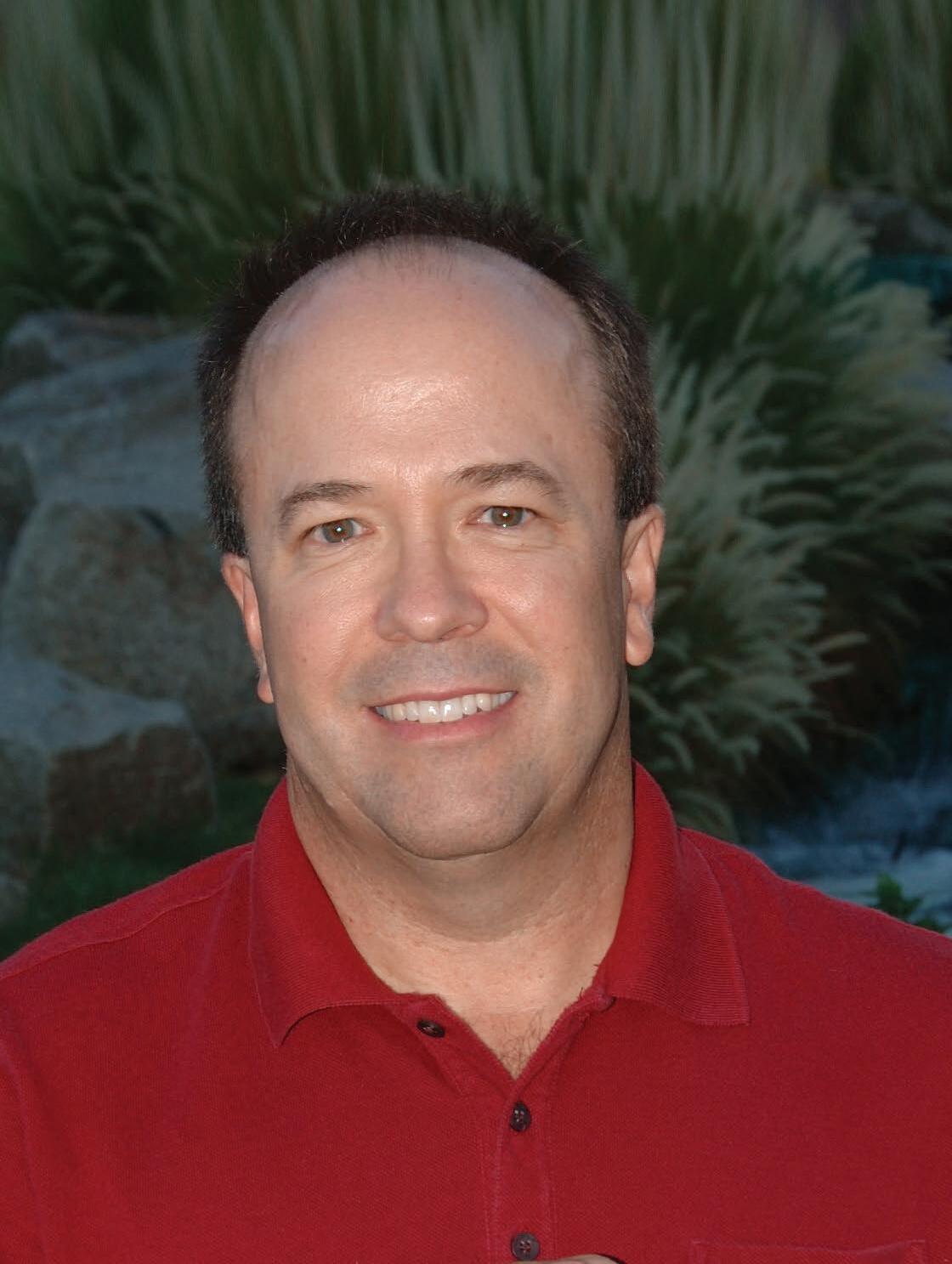
Yes, your locker room manager needs training! In fact, your locker room team, like the employees in any other department at your club, should have a training system they can use to sharpen their skills, so they provide the best possible service.
And, where locker rooms are concerned, unique amenities that will bring members back again and again. Here are some categories where training is necessary
Shoe care: Board members, did you know that the average manager spends 80 to 90 percent of their time each day restoring and shining street and golf shoes? Providing great shoe care in a country club setting would be a simple matter if all that was required was putting polish on shoes and buffing them out. But it’s more than that.
Just take a look in your club’s shoe room on a busy Saturday afternoon and check out the shelves full of soiled golf shoes. You’ll find uppers made of leather, fabric, plastic, combinations of both and even yak hide. And I’m just talking golf shoes!
Your locker room manager should have training so that they know what the latest shoe care techniques and products are, and what “neutrals” to use to save time and get even better resul ts.
Customer ser vice: Locker room managers, in the course of taking care of hundreds of members and guests daily, must address shoe care, amenity and maintenance problems, to name just a few. In fact, management may not realize just how many customer
service issues that managers have to deal with.
Amenities: Besides basics like shampoo, body wash and shaving cream, there are a variety of specialty amenities that will make each member’s visit to your locker rooms far more pleasant, and they’re amenities that most locker room managers don’t know about. And wholesalers to country clubs don’t sell. That goes for both locker rooms.
The most significant part of any training system, whether it be for wait or locker room staff, is that by completing it, each will be on the same page from both a customer service and shoe care perspective
Having training plan available for new staffers, usually with no experience, saves your locker room managers valuable time. For example, all a rookie has to do is watch a 60-minute shoe care program a couple of times before going straight to work on footwear.
The Locker Room Managers Association (LRMA), recognizes the terrific work that is being done by our colleagues at cou ntless clubs across the nation. Our goal at the association is for rookie and veteran locker room managers alike to add to their current skill set and become even better at their jobs. BR

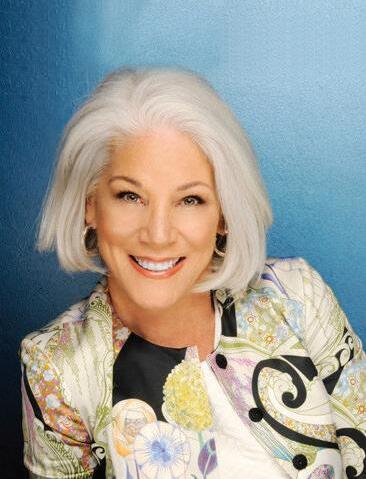
RIta B. cRaIG
Rita
B. Craig, president of Top Tier Leadership, is a leadership consultant, trainer and keynote speaker. She
It’s a common word, one used in connection with a variety of situations and individuals, denoting a type of power many people would pay handsomely to acquire. Books have been written about it. everyone from behavioral scientists to business gurus describe the best ways to obtain it, yet those who try often find it more difficult than they expected.
Influence, that’s the word, and it means the ability to have an effect on the character or behavior of a person or group. It can convey authority and respect, charm and attraction. An influential person is good at persuading, inspiring and directing others to a desired goal. It can make someone the most interesting person in a room.
Used unwisely, it can be dangerous. Used wisely, it can lead to success in work or play.
So how does one learn this skill, put the “I” in influence? Experts in the field offer some answers:
By connecting with others emotionally. Who doesn’t want to be liked and accepted? So begin by focusing on the other person. Show genuine interest by asking good questions. Encourage people to talk about themselves and listen carefully. It makes them feel important.
Create a story toolbox. People love stories, especially stories that are relevant to them, so develop several that are interesting and affecting, the kind you can tell any time to most anyone.
“People’s brains are almost hard-wired for stories,” says a behavioral researcher. “When one person tells a story, the brain of the other person tends to fall in sync. That makes it easier to bring people to your side and inf luence them.”
By being their authentic selves, acting in ways that earn trust. Develop reliability, consistency. Be someone they feel they can work with and depend on. When people trust and respect you, influence isn’t far behind.
How you convey those feelings – your body language –is also important since it can affect how others view you. A person who sits or stands in a slumped, low-energy manner doesn’t seem like someone you can bank on for good
can be reached at (561) 775-3396. www. TopTierLeadership.com
advice. A person who stands straight, head high with good eye contact appears confident, worth listening to.
By remembering there’s a difference between being assertive and being aggressive. This can be tricky when you want to convey strength in promoting an idea or proposal. Remember too that arrogance is not confidence. Polish your personality so you’re approachable, especially if your role is as manager or supervisor. Where it’s appropriate, make it your goal to be friends, not do business.
Show appreciation. It’s a form of flattery and brings out the best in others. If someone asks you a question that shows genuine interest, take time to reply thoughtfully in a way that moves the conversation forward. If you see they want to know more, you’ve taken a valuable step in the long game of influencing others.
By remembering a person’s name. To most people it’s the sweetest sound in the universe and makes them feel valued. This simple, time-tested suggestion is at the heart of one of the best-selling books of all time: How to Win Friends and Influence People.
Written in 1936 by Dale Carnegie, he developed courses in self-improvement, corporate training and interpersonal skills, and believed it was possible to change other people’s behavior by changing one’s behavior toward them
At the time, not all the reviews were positive. Sinclair Lewis, a satirical writer, the first person from the United States to receive the Nobel Prize in literature, showed his cynicism by ridiculing its method as teaching people “to smile and bob and pretend to be interested in other people’s hobbies so you may screw things out of them.”
Yet when introduced in a full-page ad in The New York Times, the book reached the Times’ best-seller list in little more than a month and remained there for two years.
Today, 82 years after its publication, it has sold more than 30 million copies worldwide and remains popular. It’s available today on Amazon and Barnes & Noble.
Talk about influence! BR


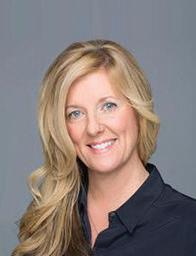
MeGHan tHIBault
Meghan Thibault, Innovative Ideas editor. To submit an idea or story for this section, please email meghan@studiodelmar.net
a tip of the glass is boosting sales and spirits at fiddler’s elbow country club, a BoardRoom distinguished club.
The private club in Bedminster, New Jersey boasts an incredible wine list, with more than 550 carefully curated vintages from around the world. Since 2016, a lucky and limited number of club members having been taking part in an exclusive Wine Club that goes a step beyond the wine programs offered elsewhere. The Wine Club, fully subscribed in its first week, currently has 12 club members waiting anxiously for space to open.
Wine Club members at Fiddler’s Elbow have exclusive access to wine storage in dedicated, individual lockers within a showpiece, temperature-controlled wine room, which serves as an elegant backdrop for the lounge in the club’s upscale dining venue, the Elbow Room. Installed in May 2016, the wine room and new program had been adding tremendous value for Wine Club members, who are able to store and track special bottles to enjoy in the club’s dining venues
“The wine room was custom-built by a local expert who came highly recommended by several club members who have built-in wine cellars at home. We made new use of a lightly trafficked area of the lounge to build out the new wine room,” Michael Nyerges, the clubhouse manager explained.
The Wine Club, made up of passionate members that appreciate wine, enjoy unique and intimate wine events with vintners and sommeliers, and recognize the value of always having access to their collection. Wine Club members can share in a monthly wine dinner, held mid-month on Friday evenings. Hosted by winemakers and sommeliers, the dinners are limited to approximately 40 to 60 guests.
Wine Club member benefits also include access to exclusive wine events and experiences throughout the year. They can also purchase rare vintages and unique wines at excellent prices. A recent offering featured a wine dinner hosted by Don Hartford, winemaker and winery owner at Hartford Family Wines. The renowned single-vineyard Pinot Noir producer graciously led an informative tasting of his limited production Russian River Valley Chardonnays, Pinot Noirs and rare, Old Vine Zinfandels.
Celebrated glassmaker George Riedel hosted another event and guided wine aficionados through a comprehensive understanding of wine glasses and their many shapes. On another evening, they sipped Barolos and Barbarescos under the expert guidance of Giovanni Gaja, from the Piemonte, Italy wine-producing Gaja family. Many members added special vintages to their personal collection from this exceptional wine tasting experience.
Wine Club members often enjoy exclusive tasting sessions with local wine distributors, also giving them additional opportunities to taste wines not available in retail stores. Often, they choose to purchase full cases at the club’s wine events. Case storage is offered in Fiddler’s Elbow’s subterranean wine cellar, which seats 24 for dinner and is often home to intimate wine club events. The Wine Club program has significantly boosted wine sales at club events, Nyerges said.
Members’ wines are documented carefully and recorded. Limited by temperature-controlled locker and wine cellar storage space, demand for the Wine Club is high. With just 64 wine lockers that hold 15 bottles each, the club is considering expanding the program along with the club’s wine cellaring capacity. BR

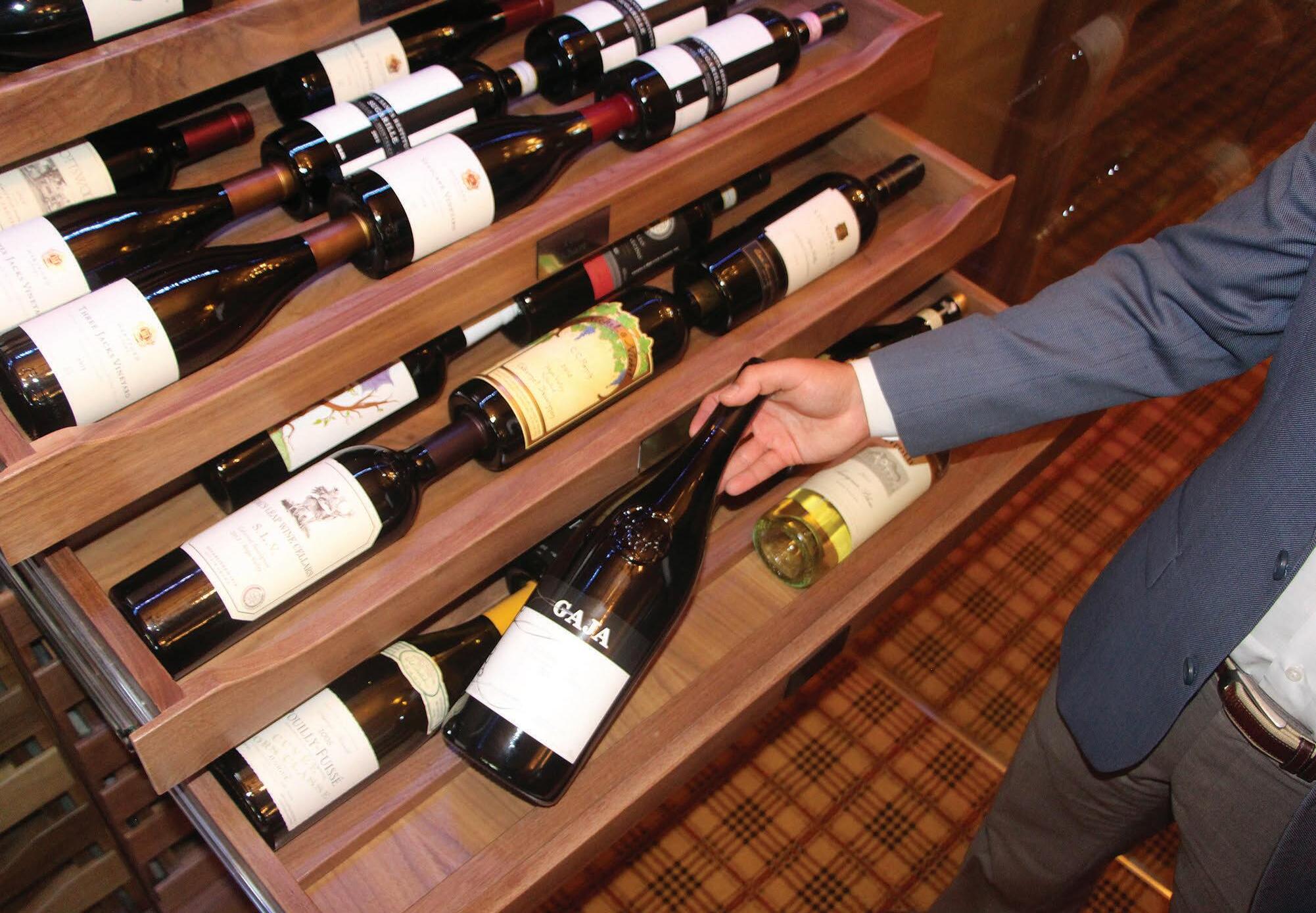
located a short 30- to 45-minute drive from the heart of Washington, d.c., the club is home to many members who have business offices in the metropolitan area and many more who do business each day in our nation’s capital city.
“Practice is up, but golf rounds are down,” said GM/COO David Pendy of Lakewood Country Club in Rockville, Maryland recently. Intending to improve that trend, Pendy (along with Brian Donohoe, assistant GM and David Conroy, COO of the University Club) negotiated a reciprocal arrangement with the University Club (UClub), located in a historic brownstone in downtown Washington D.C. The University Club is a top city club with a diverse membership of business professionals and government leaders.
Naturally, the already congested city is inundated with tourists every year. Parking and accommodations are at a high premium and very limited parking infrastructure exists close to the White House and D.C.’s many historical landmarks. Now Lakewood Country Club members can valet their car, dine at the University Club and take a break from their busy workday at the city club’s spa and fitness facility.
Fittingly, the new arrangement, rolled out last July 4th, has proven an exceptionally popular option for Lakewood Country Club members, particularly since it does not add any additional cost to their membership fees. Lakewood members can attend special events and use the dining rooms at UClub for business functions and meetings, in addition to having a homeaway-from-home in the heart of the city.
In turn, University Club members have a new destination club outside the city. “Rather than pay-to-play at a public course, UClub members can access Lakewood’s signature course at a special rate and bring their three guests at a slightly higher rate,” added Pendy.
UClub members have been enjoying rounds of golf at Lakewood’s private, Rees Jones-designed course. They are allotted certain tee times each day and those are monitored carefully to ensure the arrangement doesn’t cause friction with Lakewood Club members. “The reciprocal arrangement has boosted the number of golf rounds being played on our course, and our members really appreciate the conveniences available to them in the city,” commented Pendy.
In addition to playing golf, UClub members can dine in any of Lakewood’s fine dining restaurants; they can attend the club’s robust schedule of social events, play tennis, or simply go for cocktails at a quiet oasis just outside the city.
One of the best perks is that UClub has 60 guest rooms available to Lakewood members, at a nightly rate unheard of in downtown D.C. At just $149 a night, Lakewood members often bring their visiting houseguests into the city to tour the many attractions, then stay the night at UClub. Many couples are taking advantage of the convenient and affordable rates for date nights, dining and overnighting in the city. BR





MeGHan tHIBault
Meghan Thibault, Innovative Ideas editor. To submit an idea or story for this section, please email meghan@studiodelmar.net
“We believe in the value of clean sweat, relentless hustle and zealous competition,” reads the website landing page of the los angeles athletic club (laac).
Established 138 years ago and located in downtown L.A., the club offers world-class athletic facilities for a broad range of activities, all geared toward their health, fitness and sports-minded membership.
Living up to its guiding principle, the club has created a year-long, Olympic-style competitive event known as the LAAC Games. Now in its second year, the Games bring together a co-ed cross-section of competitive member-athletes in a series of exciting tournaments, which happen mainly on weekends throughout the year.
Teams of 10 compete for the duration of the Games, which include long-standing club sports like basketball, squash and racquetball. New additions to the tournament roster include an off-site 5K run, a swim meet, a fitness challenge, and most recently, ping-pong and dodgeball tournaments. Respective club sports coordinators organize each competitive event, accessible to all levels of expertise.
Members earn points for participating in each event and additional points for first, second, or third place finishes. Teams compete in a total of nine events throughout the year. It culminates with the Dinner of Champions attended by all competitors, and held in the club’s ballroom, with a single long table and a well-earned dinner of carb-loaded pasta served family-style. At the Dinner of Champions, all the participants are recognized for their winning attitudes. The team with the most accumulated points wins the Club Championship.
Winning team members, along with the leading overall male and female athletes are honored with an esteemed Blue Blazer, a tailored sports coat emblazoned with the LAAC logo. The Blue Blazer entitles winners to happy hour prices at the club for a full year – a prize well worth the sweat equity invested in the Games.

The programming encourages camaraderie and member participation in new sports and pursuits amongst the club’s youthful membership, with an average age of about 40. Basketball players are now competing in squash tournaments, and squash players are trying their swing with a ping pong paddle.
To succeed, teams need experienced players from all sports, forcing athletes with different interests to mix and mingle in order better compete for the Club Championship. The happy result has been a 20 percent jump in attendance at pre-existing club tournaments since the first LAAC Games two years ago. Each sporting competition is assigned a representative logo consistent with the style of the Olympic Games. Marketing collateral is emblazoned with the logos and distributed through the club’s normal promotional channels, including weekly emails, a newsletter, and on bulletin boards throughout the facility.
“To encourage participation, we worked with members of existing committees, who acted as team captains in charge of recruiting for their team,” said Cory Hathaway, the club’s assistant general manager. New members who are less likely to know other club members join the Games through the various sports and committees with which they are already familiar and connected. BR

the culinary team at Woodfield country club in Boca Raton, florida wanted to find restaurant plate ware that would match the poolside location of their upscale Waterside restaurant, and also the caliber of food they were serving.
As part of a broader club renovation, Waterside underwent a significant change in décor and menu, from a tiki-style bar with food served in baskets, to an upscale dining experience that serves both lunch and dinner in three distinct areas.
Waterside is one of the Woodfield’s largest restaurants and boasts a huge covered patio that’s screened in for a relaxed dining experience free of birds and bugs. Outside on the pool deck, Waterside offers poolside dining at tables under umbrellas. There is also an indoor/outdoor bar and air condictioned indoor dining space.
Finding the right plate ware was challenging since glass and other breakables didn’t make for a practical solution. “We wanted the plate ware and glassware to look and feel like glass, but retain durability to fit the poolside locale, ” explained Brooke Dinsmoor, the club’s director of communications.
The club’s chef did significant legwork and research to find some appropriate options that would not pose a danger to members if broken, but that would also suit the venue and the cuisine.
“We started by setting up meetings with a few vendors and shared our plate ware vision and goals with them. We definitely wanted to avoid using melamine. The vendors sent us pictures of items and our team selected additional items from catalogs. We ordered samples of items that looked like they would fit the profile of what we were trying to achieve,” Dinsmoor added. Once all the samples were received, meetings were held with the culinary team to choose the plate ware items that best fit each menu item.
With three different types of dining within the same location and an upscale series of menus served from daytime into the evening, the challenge was also to find plate ware that would also transition well from day to night time dining.
“The food caliber at Waterside is on par with our O Bar restaurant, so we couldn’t continue to serve food in baskets. In the daytime, we are serving healthy fare like açai bowls, poke bowls and avocado toast. In the evening, the menu features artisan pizza, pasta and comfort foods like chicken pot pie,” explained Dinsmoor.
They landed on a combination of wood boards embossed with the club’s logo and a mixture of virtually unbreakable stainless-steel bowls and baskets. The new plate ware also includes white and black bowls with hammered sides that look remarkably like traditional restaurant plate ware, but which are artfully crafted from durable, unbreakable plastic.
“Even the stemware is plastic, but you can barely notice that it’s not glass,” said Dinsmoor, who added, “many industry professionals who have dined at Waterside have commented on the plate ware’s unique lines and upscale look.”
The new plate ware provides cost savings for the club in that the items are a less costly investment, and also, because of their durability, the club is seeing far less breakage. As a result, the items do not need to be replaced as often as traditional glass and stemware.
The plate ware creates visual interest and perfectly accents Waterside’s flavorful menu. “The upscale look captures the feel we were going for in the space, as something more than just another poolside restaurant. The venue now rivals our other upscale restaurants around the club,” said Dinsmoor.
“Our members were blown away. The plate ware exceeded expectations and created an instant, positive brand for our Waterside restaurant.” BR

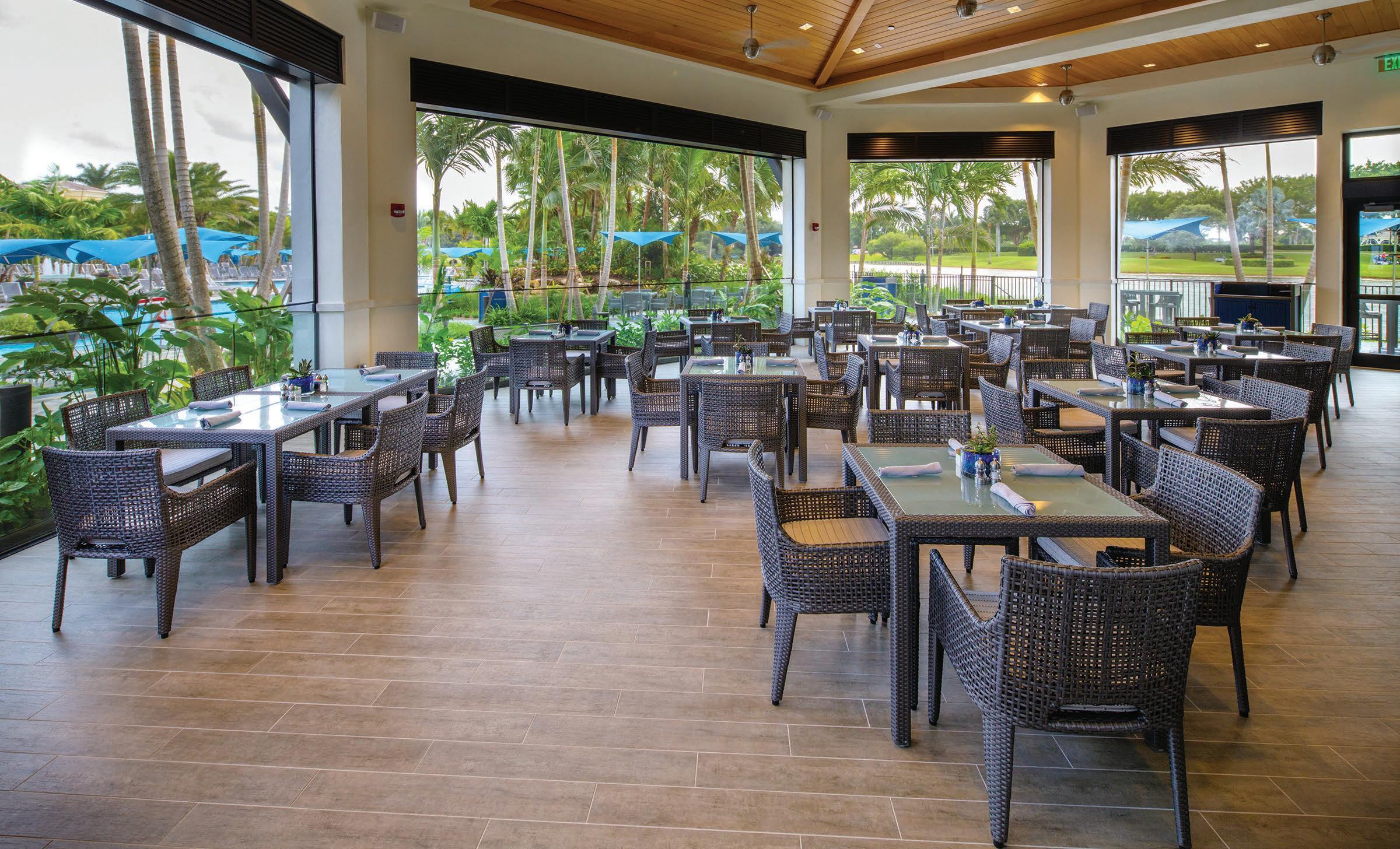
tRIBal magIc

Gregg Patterson is president of Tribal Magic and can be reached via email: GJPAir@aol.com
Manager Sue of The High and Mighty Country Club pops the third over-sized square of “90 percent cacao guaranteed to ignite visions” solid dark chocolate into her mouth, chews lightly, savors the sugar hit and feels the buzz she needs to deliver the late afternoon “end of shift” debrief to the young pups, her summer interns.
Primed now to deliver the message, Manager Sue hits her “let-em-in” button and sits, Buddha-like, while the summer interns file in and take their seats.
Manager Sue gives each of the young pups “the look”, pops another “sure to energize” over-sized square of “90 percent cacao guaranteed to ignite visions” solid dark chocolate into her mouth, and opens the session with the opening question she always asks, “So what’s your question of the day?”
“I’ve been working in the locker room all day washing towels, refilling soap dispensers and fixing toilets. I heard your day one message loud-and-clear about the big stuff I should be seeing in the grunt level job I’m doing. I’ve got a 4.1 GPA, I want to lead not follow and I now need The Tools to digest the big issues I’m seeing in this, my first ever summer internship!!!” Sigh. Weep. Sniffle.
Young pup three raisers her hand and awaits the “Ask me your question” gesture. Manager Sue gives number three the nod.
“I’ve been working in the dining room all day stacking napkins, cleaning tables and running dirty dishes to number one in the kitchen. I heard your day one message loudand-clear about the big stuff I should be seeing in the grunt level job I’m doing. I’ve got a 4.7 GPA, I want to lead not follow and I now need The Tools to digest the big issues I’m seeing in this, my first ever summer internship!!!” Sigh. Weep. Sniffle.
And finally, perhaps most important of all is the need for structure and routine. Days are short. Life is short. Lots to do. Waste no time. Productive people have routines – when to rise, when to write, when to read, when to work, when to roam, when to exercise, when to meet, when to socialize, when to escape.
Structure your day and live the adventure to the fullest...Go now to your jobs, see what’s there to be seen, use these tools to consume what you’ve seen, digest those insights and never forget….And, enjoy the journey!
Young pup one yelps, raises her hand and waits for the nod. Manager Sue gives her the nod.
“I’ve worked all day in the kitchen washing dishes, hauling trash and mopping the floor. I heard your day one message loud-and-clear about the big stuff I should be seeing in the grunt level job I’m doing. I’ve got a 3.9 GPA, I want to lead not follow and I now need The Tools to digest the big issues I’m seeing in this, my first ever summer internship!” Sigh. Weep. Sniffle.
Young pup two yelps, raises his hand and awaits the “Ask me your question” gesture. Manager Sue gives number two the nod.
Manager Sue pops another “sure to energize” over-sized square of “90 percent cacao guaranteed to ignite visions” solid dark chocolate into her mouth, gives each of the young pups “the look” and leaps out of her chair, arms waving.
“Young pups, take out your club issued “always-in-thepocket” pocket notepads and get ready to write down The Tools you’ll need to properly dissect and digest the big deal somethings you’ll be seeing in your summer job here at The High and Mighty Country Club.”
tHe tools to do
Manager Sue grabs her patented “big insights” dry erase marker, pops another “sure to energize” over-sized square of “90 percent cacao guaranteed to ignite visions” solid dark chocolate into her mouth, looks numbers one, two and three right in the eyes and begins to talk and scribble.
Sue writes. Roam and Ramble–Lots.
Sue speaks. “Nothing beats exploration to stimulate curiosity, to give understanding, to provide “meeting opportunities” and to create the network. Make a point of wandering around the clubhouse and grounds, looking at everything, asking about everything, talking about everything and scribbling about everything.”
The pups scratch and scribble.
Sue writes. Meet and Speak–Lots
Sue speaks. “Reach out to people and meet – stand and talk, sit and talk, walk and talk, look ‘em in the eyes and talk. Meet and connect. Start conversations with everyone. Old people, young people, bright people, dumb people, people in your department, people from other departments, members, guests, management types.”
The pups scratch and scribble.
Sue writes. Be Curious and Ask Question–Lots
Sue speaks. “Be curious about everyone and everything, and whenever you meet, and you will be meeting often, ask lots of questions, listen to the answers, take notes.”
The pups scratch and scribble.
Sue writes. Network–Lots
Sue speaks. “Create relationships with successful people. Identify key supervisors and employees and generate a network. Identify managers within the area who’ve “done good” and wa nt to connect with an up-and-coming club professional. Then, visit. Email. Call. Stay connected and stimulate them with good questions and engaging insights.”
The Pups scratch and scribble.
Sue writes. Scribble–LOTS
Sue speaks. “Carry a pocket notebook at all times. Make a point of jotting down lots of notes on people, systems, stories, stuff, members. The writing makes you look closer and contributes to focus. It stimulates reflection. And if you don’t write it down, you will forget it!”
The pups scratch and scribble.
Sue writes. Digest What You’ve Scribbled
Sue Speaks. “Doing demands debrief. Review the notes you’ve taken – daily. Talk about them with the other in-
terns. Start an “idea bank” in your computer with daily insights with each of those insights categorized into a retrievable file.”
The pups scratch and scribble.
Sue writes. Write–Lots
Sue speaks. “Write memos to yourself and others. Write white papers on operations. Write articles for the newsletter. Write notes to management. Writing forces focus. Writing can be retrieved for future reference. Writers think more deeply, convey more clearly and digest more deeply.”
The pups scratch and scribble.
Sue writes. READ
Sue speaks. “Lead ers read!!! Read the club newsletter. Read the promos. Read any board and committee minutes the GM will let you read. Read any white papers that have been written. Read the budget assumptions. Read periodicals that the members are reading. Read industry publications. Read business books. Read nonbusiness books. Underline. Annotate. Discuss what you’ve read with others.”
The pups scratch and scribble.
Sue writes. Get Structured
Sue speaks. “And finally, perhaps most important of all is the need for structure and routine. Days are short. Life is short. Lots to do. Waste no time. Productive people have routines – when to rise, when to write, when to read, when to work, when to roam, when to exercise, when to meet, when to socialize, when to escape. Structure your day and live the adventure to the fullest.”
The pups scratch and scribble. They look up, panting, expectant, eyes glowing, buzzed now that they’ve got the tools to do.
use tHe tools
Manager Sue puts down her patented “big insights” dry erase marker, pops another “sure to energize” over-sized square of “90 percent cacao guaranteed to ignite visions” solid dark chocolate into her mouth, looks numbers one, two and three right in the eyes and laughs the laugh of those who’ve seen the light.
“We’ve talked about the big issues embedded in every job you’ll ever do. We’ve talked about the tools you need to properly digest the stuff you’ve seen.
“Go now to your jobs, see what’s there to be seen, use these tools to consume what you’ve seen, digest those insights and never forget….And, enjoy the journey!!!” BR

Brian Friederichs is CEO of Capstone Hospitality, a firm specializing in direct membership sales and staffing for clubs nationwide. Learn more at www.capstone-hospitality.com or Brian can be directly reached at (904) 853-6609 or Brian@Capstone-Hospitality.com
“We are having a tough time attracting new members.” that’s a statement that as managers, board directors, and owners you have either said or certainly heard many times.
Countless articles, interviews and theories are at your fingertips to help with this major hurdle that clubs so often face, and many place an emphasis on adding more fitness options, opening casual dining, adding a resort style pool, or even a total clubhouse redesign to attract new members.
All fantastic additions, but are you overlooking the most crucial element to any member-based business? Can a more sales-driven approach to building your membership base be the answer … no matter what the level of amenities?
The results point to yes.
When clubs implement a focused approach to membership sales, the results can be stunning - breathing success into all facets of club operations. You can look at your sales process through a series of questions and see if it is up to par.
1. Who is selling your memberships? Is this person trained in the art of closing or are they just a friendly face? They must know the product and have the capability of relating at a high level to your clientele. If your primary demographic is golfers, then the salesperson should be an accomplished golfer. Selling yacht club memberships? You’d be best to find someone that is versed in the yachting world and so on.
2. What is your pricing? Is your club priced appropriately in the market? Do a competitive club analysis to realistically position the club in the marketplace. Membership categories and pricing should promote upselling. Preview-style memberships with no initiation fees devalue your full membership and ultimately hurt your club. With an appropriate sales process, your initiation fee pricing should increase over time.
3. What is your tour process? Is it simply a tour of the facilities or is your membership director taking this opportunity to learn about their prospect and identifying how to sell to them. A proper tour should be loaded with leading questions.
4. Is the whole club included in the sales process? Training department heads on basic sales strategies and alerting them of potential member tours is a must. It keeps staff engaged and will ensure the best potential member experience possible.
5. Does your membership director have clearly set goals and expectations? Set goals for both closing sales and generating leads. Is your MD incentivized to go above and beyond their goals? Keeping
your MD motivated is imperative for success. Fun contests are a great way to keep your staff driving forward toward club goals.
6. Are you tracking where your new members are coming from? Thousands of dollars go wasted every year on marketing campaigns that yield little to no results. Focus on what works and pour your resources into that.
7. What does your membership director’s job entail? Are they is getting bogged down in non-sales related tasks. If so, delegate those tasks to support staff and keep your MD focused on sales.
8. What is your process for collecting guests’ information? Too often prospects walk in and out of the club without ever having their information collect ed. How is the salesperson supposed to sell someone they cannot contact?
9. What is your follow-up process? Is your MD following up with a potential member after the initial tour? Potential members can take months, if not years, before they pull the trigger.
10. Is your membership director asking for the sale? I’ve secret shopped hundreds of clubs, and you will be amazed at how often membership directors do not ask for the sale. If you are not willing to ask for the close, chances are prospects are not going to just hand you a check.
It’s easy to get caught up in the, “We could attract more members if we had a new X” thought. However, I’ve seen drastic increases in memberships sales by doing nothing more than applying a focused approach to membership sales.
Take an honest assessment of your membership sales process. If you feel it is not where it should be, apply some of these principals and you’ll undoubtedly see an increase in new memberships sold. BR
Ted Robinson is a partner with Private Club Associates and can be reached at (478) 741 7996 or via email: tcr@privateclubassociates.com

“the first step toward creating an improved future is developing the ability to envision it.” – tony dungy
The membership director, who has been on the job for just a few months, has all the desired character traits: energy, intelligence, initiative, endurance, dependability, professional appearance and more.
However, you discover that this membership director, who was promoted from a food and beverage position, has no membership or sales and marketing training or any appreciable sales experience. And, both the membership director and the club are using very primitive membership systems, if any.
That was the thrust of, “Starting from Scratch” published in BoardRoom November/December 2017
So here’s the start of a checklist to begin the training process which, of course, will last the lifespan of the membership director’s employment. The very first task is for the membership director to understand “who the club is” – which means learning, not just memorizing, the club’s vision, mission and brand position statements.
The vision describes what will the club look like in five or 10 years. If the vision statement is crafted successfull y, it will create enthusiasm, support from current members and outside demand for membership. If you are old enough you may be able to relate to JFK’s vision for America’s space program – putting a man on the moon in 10 years and bringing him back.
Not only did it fire up all of NASA, but it gave the country a much-needed morale boost. Everyone understood where we were going and wanted in some wa y to be a part of it. The membership director, as the face of the club to the outside world, must enthusiastically and effectively communicate this vision and its promise.
Next, the membership director must personify the mission of the club. The mission statement should describe the club’s purpose and its reason for being. For example, “We will provide the best ……. to our members while assurin g a sense of community for all stakeholders.” People want to be a part of something that
has a noble, lasting and relevant objective. Be able to communicate this is critical to the membership director’s success.
Perhaps the most important component of knowing “who the club is” is the brand position statement. Your club’s “brand” is “an implied promise that the level of quality and/or performance peo ple have come to expect will continue with future purchases of the same product.”
The brand position statement answers the following questions, the answers to which are intrinsic to a successful growth or maintenance of your membership:
1. Who is the club’s target membership? Individuals? Couples? Families? Experienced golfers? New golfers? Men? Women? (If you don’t know with whom you want to d o business, you can’t make contact!)
2. What is your target’s mindset – What do they want? Serious golf? Family Experiences? Business networking? An instant social life? Tennis? Fitness? Other sports? Great food?
4. 3. Who is in your competitive set?
What is your club’s point of differentiation? What truly sets you apart from your competitors? The golf course? Food? Service? Amenitie s? Price/Value? What makes you unique?
5. What elements support your point of differentiation?
The membership director must be able to understand these three components that describe who you are so well that they will be able to comfortably use the language while going through the membership sales cycle with each prospect.
Understanding and internalizing all three of these statements -vision, mission, and brand position – provides the membership director with the initial sales tools to greatly enhance the probability of success.
The next article in this series will address the job description and the standards of operations and performance (sop) for the membership director BR

Steve Graves is president and founder of Creative Golf Marketing. Creative Golf Marketing has been named “Membership Marketing Firm of the Year” for 16 of the last 18 years by The BoardRoom Magazine.
How is it possible to identify members that are on trend to becoming the club’s next resignation letters? Well, using data and effective retention campaigns can help decrease ‘controllable’ circumstances and attrition rates.
“We just don’t use the club enough,” is the most common phrase used when a club member resigns. Generally, there is no way to salvage this relationship once the member has lost their engagement/connection with the club.
However, we ‘ve discovered that if a private club can identify when a member is “not using the club as much”, a club can, in fact, salvage this distracted member and keep them from becoming ‘at risk’ and possibly, a member who might eventually resign from the club.
Frequently clubs will use spending habits to evaluate the memberships’ usage to determine those members most ‘at risk’ of resigning. This simplistic approach provides only a “snapshot” of that month’s usage and misses other critical trends to providing more of a “panoramic view” and keeping membership attrition to its lowest possible rate.
Membership engagement levels are a more effective and more comprehensive method to analyze whether or not your members are using your club less frequently than they previously. Once member engagement starts to decline and diminish, the potential of a member becoming an ‘at risk’ member increases significantly.
Clearly, from the standpoint of retention, it is critical to be cognizant of members who have declining member engagement levels. Subtle lack of use, over time, can become substantive.
In developing a strategy to identify and evaluate member engagement levels, club leadership should start with the basics and understand how to identify those ‘at risk’ members; how you plan on increasing engagement and lowering attrition, and who is responsible for acting on this information and monitoring progress.
classIfY tHose ‘at RIsk’
There cannot be a dichotomous labeling of ‘no risk’ and ‘at risk’ when it comes to the membership of any private club. Any member whose usage and engagement levels decrease should be considered ‘at risk’ to some degree. It’s important to evaluate important information, such as usage patterns, rounds played, spending habits, membership classifications and age groups for core existing members, new members, highly engaged members, and those members who are less engaged.
So how do we really see what we think we know? By segmenting the membership into multiple groups of usage, clubs can monitor the progressive movement up and down from one group to the other.
IMpleMentInG RetentIon caMpaIGns
Retention campaigns will be the most important strategy and efforts by club leadership to target those members considered ‘at risk’ and increase engagement, including developing specific communications, talking points, events, materials and incentives to each segmented group.
Clubs must be ready to provide consultation, advice, and assistance to the membership professional, as needed, to formulate effective and clear retention campaigns and help establish communication plans to articulate the efforts and strategies needed.
MonItoR patteRns and pRoGRess
Identifying movement within groups, either minor or significant changes in club usage, can rarely be detected by staff’s daily observations. A golfer who goes from playing four rounds of golf to three rounds each week could take months to identify without reporting. Multiply that by a number of members within different departments and it’s no wonder attrition rates can inch higher and higher.
There should be monthly reporting to ensure consistent monitoring and to determine if the retention campaigns and efforts have been effective. Clubs who are able to identify and leverage this information will find their attrition rates lowering and become a more active and profitable operation.
With consistent monitoring of member engagement levels and concentrated efforts of engagement of ‘at risk’ members, private clubs will start to see attrition rates decrease and member satisfaction and usage increase significantly
If private clubs and their management teams concentrate on evaluating member engagement levels, members will use the phrase, “We just don’t use the club enough” less often because clubs will have identified them and implemented strategies to engage them before they begin to use the club “not as much.” BR

the connecticut appellate court has set aside a trial court’s order, in a post-judgment marital dissolution matter, that the ex-husband pay one half the initiation fee for a full membership into a country club for his ex-wife.
The Appellate Court’s decision was based on the biases expressed in open court by the trial judge, who was a female golfer.
The divorcing couple had agreed that the ex-husband would pay 50 percent of the ex-wife’s initiation fee to Innis Arden Golf Club. It turned out that Innis Arden offered three levels of membership: a senior membership, with a $70,000 initiation fee; an associate membership, with a $38,000 initiation fee; and a house membership, with a $5000 initiation fee. Thus, there was inherent ambiguity in the parties’ agreement as to which membership was intended by the parties. Although the husband contended he intended to contribute to a house membership (which would provide his exwife, who allegedly played limited golf, with limitations on the times and amounts of golf she could play), the trial judge refused to conduct a fact hearing to determine this issue. Instead, the trial judge determined that the ex-husband would be required to fund the senior membership, which provided full golf access rights.
The judge acknowledged her decision was based upon her biases, as a female golfer who had suffered limitations on golf access due to her gender. As the trial judge stated at one hearing: “Country clubs are male dominated, they are—set up their golf privileges for the purposes of allowing the men to play and not be bothered with having to deal with those females who are on the course at the same time.”
She made similar comments at a subsequent hearing: “Well, my golf days are on Tuesdays. But in my very limited experience with a country club, which I left because of the surcharge I was having to pay in order to play on the mornings on the weekends, which really frosted me, if I may say so. Because there are some built-in prejudices with country clubs, and their historical makeup, and the way they treat golf.
“And so, you sort of deal with some of those problems, when you have a judge that feels rather strongly about the access that males and females should have to the golf course….[E]very judge has – has life history, and life experience that comes out, perhaps, in the way that we rule on certain things. And you happened to have hit a nerve on this one.”
Whatever may have been the merits of the trial judge’s perspective, the Appellate Court ruled that her biases impacted her ruling on this issue. Accordingly, the Appellate Court reversed the decision, directing that it be reconsidered at the trial court level. BR

“Other common problems are drinking alcohol before or at meetings, and holding executive committee meetings without the manager,” Boettcher offered.
“Good boards handle problems with grievance committees or attack problematic members with personal reprimands or suspensions, especially if there are offenses against employees. I’ve seen members’ guests banned from clubs for poor behavior and I have see n members suspended for drunkenness and disorderly conduct…all well-deserved.
“Not staying in touch with the members, not addressing dues increases and general hubris are all signs of a death spiral and are all ramifications for underperforming boards.
“ Bringing in firms like Club Benchmarking to analyze data helps bring data to the forefront: data does not lie!” Boettcher expressed. Still, a board’s prob lems invoke a “major effect” on a GM’s ability to manage the club. “I’ve been in situations where a board and club are both underperforming and I decided it was time to go,” Boettcher declared.
“And when a board does not understand the club’s legal existence, the board may invest extensively in ideas that have been precluded from the outset by the bylaws or by local or tax law. The board may jeopardize the club’s tax status or violate employment laws.
“The fact is that when board members do not understand their roles, they may confuse their role with the GM’s role, or they may believe they have been elected Homecoming King,” she opined.
Focusing on the “core issues,” is vital offered Kevin Reilly, a partner with PBMares of Fairfax, VA.
“Frequently, board members are, or have been, very successful in their careers. They are leaders in the community but may know nothing about running a club. There is an old adage that ‘any one can teach because they went to school.’ The same can be said about clubs. Members often believe that anyone can run a club because they are all members.”
However, there’s one issue that, in Reilly’s opinion, is of greater importance.
“Board members often do not focus on the core duties, which is to think strategically. This is the one function the board cannot delegate, and part of this planning is to ensure the continued financial viability of the club,” Reilly injected.
When board members do not understand each director’s duties, the directors may come to board meetings unprepared, fail to keep required confidences, try to micromanage the GM or manage staff, or focus on the trees but miss the forest.
Robyn Stowell, attorney, Sherman & Howard of Scottsdale
Understanding the fundamentals of operating as private club also is vital.
“When I work with a private club board whose performance is underwhelming, I often trace it to a lack of understanding of one or more of these things: Each director’s fiduciary duties (primarily duty of care); the club’s legal existence and obligations (primarily the content of the club’s governing documents and local and tax law), and the board’s role in the overall club. When the board does not understand these fundamentals, many things go wrong,” expressed Robyn Stowell, an attorney with Sherman & Howard of Scottsdale, AZ.
“When board members do not understand each director’s duties, the directors may come to board meetings unprepared, fail to keep required confidences, try to micromanage the GM or manage staff, or focus on the trees but miss the forest.
“What is the club going to look like financially in five years? Are there plans for improvements? How is the club going to fund the improvements? Is there a capital reserve plan? Clubs are in the dues business, so is the board secure enough to ensure the dues are adequate to fund the club today and into the future,” he queried.
“One of the key principals of any board is that they (board members) represent the club members as a whole, not one particular faction. It is critical that effective boards establish both trust and diversity at all levels of leadership.
“The board should not run the operations of the club but have a very positive relationship with the professionals whose duty it is to run the club. Board members should listen to members but not overrule management. The board’s responsibilities require board members to hire effective managers but once there allow the managers to manage,” Reilly proclaimed.
What does Reilly view as ramifications of an underperforming board?
“An underperforming board often results in a dysfunctional club. Boards and members break into groups that often are at cross-purposes to the success of the club as a whole,” Reilly opined.
In fact, Reilly maintains, a series of underperforming boards can lead to the eventual disbanding of the club, and a lack of financial oversight a nd planning can accelerate this decline. The consequences of the failure to act in the best interest of the club includes:
• Turf wars/power struggles
• Performance does not matter
• Severance, legal fees and morale
• Loss of confidence and respect (mutual: both ways)
• Confused leadership – decisions vary
• Scattered accountability – lose control of committees, money and time
• The doing of laundry in public - there are no secrets
“Boards that fail to function effectively damage the health of the club by undermining a delicate trust that must exist between boards and club members,” added Global Perspectives’ DeLozier.
“Further, underperforming boards threaten the economic sustainability of the club. Service on a club board is a very important responsibility.”
A board’s problems certainly affect a private club’s general manager/chief operating officer ability to manage the club.
“Ineffective and divided boards render club managers helpless, in many cases when the manager becomes whipsawed between differing factions of the board. Managers should implement board goals and objectives while board members maintain their duties for strategic direction, trustworthy leadership, financial oversight, and transparent governance,” DeLozier added.
“Many boards will tolerate issues for a few months before taking action,” expressed APCD’s Welch.
“This is normal. However, boards may need to step-up their game (intention) and press issues before they become a problem. When boards tolerate issues for ➤
pRIvate cluB BoaRds can fInd tHeIR WaY to opeRate WItH GReateR accountaBIlItY, tRanspaRencY and puRpose BY stRateGIcallY plannInG tHe futuRe.
As Kevin Reilly of PBMares says, “Two of the most important functions of a board is financial oversight and fiduciary responsibility.” This means a board must:
•Provide financial oversight with a goal of protecting and growing the club’s assets
•Approve annual operating and capital budgets
•Ensure club has internal controls in place to manage financial operational and regulatory risks
•Be sure all board members have a basic understanding of the financial statement
•Ensure that financial and operating metrics are based on the club’s strategic plan.
Certain requirements rest with a strategic board, “to enable this oversight and responsibility,” Reilly contends. The strategic board:
•Is focused on governing not managing
> Club’s mission and vision
> Goals and objectives
> Financial oversight
•Shapes club’s priorities through strategic planning process
Reviews major trends
> Changing member expectations
> Demand for additional services
•Seeks regular feedback from members
•Creates strategic agendas for board meetings
> Allocates time based on issues that are most important to the club
> Put big picture items up front
> Uses consent calendar
•Challenges board members to think creatively
•Avoids spending time on issues when insufficient information is available to make a decision
•Recognizes contributions of board members – particularly if they have gone over and above
•Communicates board issues to the membership
•Maintains the confidentiality of the board’s non-public deliberations
•Reminds directors that the decisions are board decisions
•Limits use of executive sessions
•Ensures a successful transition plan
•Make sure board understands that it needs to consistently follow the governing documents
> Bylaws, articles of incorporation, club rules, strategic plan, code of ethics, disciplinary procedures, conflict of interest policies, whistle blower protection, document retention
•Recognize that club governance may need to change over time
> Change the rules, do not ignore them
•Focus on the needs and interest of the club’s membership
• Present a united front to the club’s members
•Prepare board meeting minutes that support the board’s fulfillment of its duty of care and compliance with business judgement rule.
too long the club is in a stalemate and the membership experience suffers.
“The management and board aren’t communicating well, and often, this toleration ends up with the loss of senior staff. When toleration exists, there is a fear from someone and communication or action is avoided, Welch added.
And of course, there are ramifications, including: “Loss of membership, staff turnover, negative undercurrents, poor performance because of a lack of direction, increased losses and cost increases, a power shift and a poor member experience.
“Without an effective board, the manager’s hands are tied,” said PBMares’ Reilly. “The manager does not receive the support of the board in making the moves to ensure the viability, relevancy and overall success of the club.
“The board must establish a good rapport with the professional staff. The president runs the board and the GM/COO runs the club. The board must know the scope and complexity of the general manager’s responsibilities. The board is involved in the club, the GM is committed.
“A dysfunctional board often does not vest the authority in the GM to implement board policies and decisions and this leads to failure,” Reilly pronounced.
Use the wealth of knowledge within your membership and tap the professionals in industry to volunteer on the committees and board...Committees are the best farming grounds for new board members. Having a strong committee process, w here members have a clear purpose, rotate often, don’t stagnate or underperform because of a lack of goals and direction ultimately makes the board selection process much easier.
Chris
“Actually, if staff takes over and doesn’t watch costs, the member experience could improve but this becomes a detriment to the overall fiscal health of the organization and again, heads would roll,” Welch opined.
So what are the effects of a board’s problems on the club’s general manager’s ability to manage the club.
“One of three things will happen when you have a troubled board,” Welch suggested.
1.Nothing will change. The club will remain in limbo without direction and membership levels will eventually drop because of a poor or average experience. The GM/COO will probably be frustrated and will move on.
2.The general manager will step-up and run the organization. If you have a strong and well-intentioned GM/COO this will work. With some organizations the COO runs the club and the board supports them. This is another reason to hire a leader for your club and not a GM/babysitter.
3.The GM/COO will have staff issues with “sacred cows” and will not be fully in charge. This is a disaster. I’ve seen GM/COOs experience this and it is a continual game. It doesn’t benefit the club. Expenses will rise and the underperforming board will want to support everyone (because we all have our favorites at the club) and this does not work for a true leader.
What solutions can help private clubs operate with greater accountability, transparency and purpose?
Attorney Stowell says, her “best advice is that boards (board members) participate in an excellent board orientation program. Some GMs are qualified to plan and facilitate orientation.
“An excellent program will end with every director understanding the club’s governing docu ments and applicable law, and understanding the club’s operations, finances, membership offerings and strategic plan. The directors will also be acquainted with the management staff and their qualifications and upcoming projects and concerns. This equips them to fulfill their roles, make good choices and allow management to do its job,” Stowell expressed.
“A club needs to set strong committee guidelines, in alignment with the board, with goal-oriented action steps,” GM Boettcher said.
“Use the wealth of knowledge within your membership and tap the professionals in industry to volunteer on the committees and board. Also, use the funds needed to hire outside professionals for third-party opinions. Consultants have a place in every business, especially those rife with strong personalities and big egos.
“Getting boards to respect their GM/COOs is really up to these professionals to prove themselves. But allowing the
GM/COO to bring in outside help is sometimes very helpful, and other times crucial, to prove points.
“Committees are the best farming grounds for new board members. Having a strong committee process, where members have a clear purpose, rotate often, don’t stagnate or underperform because of a lack of goals and direction ultimately makes the board selection process much easier,” Boettcher advocated.
In We lch’s opinion, “a governance change is necessary” to get a club back on track.
“This is a hard job to push through, but it’s the best option for a club. A board that is in charge, or partners with the GM/COO will be strong and the member experience will improve,” Welch explained.
“Most clubs need to change the way board members are elected or appointed. Clubs need to have candidates that serve a purpose for the club. Diversity on the board is good and the board must represent the membership. A new member or one that has been an inactive member is not a good candidate. Who do they represent?”
Welch also recommends that “candidates must fill out an application to serve. If they are not willing to apply or inform the membership of their desire to run, they should not serve.
“Finally, when you have a board in place, train the board members as you would a senior staff member. Each year board members need to meet the senior staff (department heads)and give them the opportunity to know who they are, what issues they are facing and long term needs for their departments.
“Then, join the Association of Private Club Directors (APCD) and give the board and your committees the chance to learn more about their role and responsibility. It is a great tool that is affordable and provides the education your board needs. A lack of knowledge is easy to correct through the APCD’s Boardroom Institute. With over 50 subject areas, every board member has the opportunity to learn more about their position on the board and how to serve the club,” Welch concluded.
puBlIsHeR’s fInal poInts
In my years of visiting and working with private clubs, many of these issues and problems have been laid bare. Rivalries, domination of many board members by a few, disengaged board members, who know little of what’s happening in their
own organization and don’t show much desire to find out, and just plain bad chemistry patently are signs of dysfunctional boards.
What happens when a board member is a ‘bad apple?’ And does a board fire a ‘volunteer yet incompetent’ board member whose family is heavily committed and involved in the club?
Staff turnover, rocky relationships between the board and the club’s general manager and members’ dis satisfaction with what’s happening at their club are clear signs something needs to be done.
And what needs to be done starts with purpose…what is the board’s compelling purpose? How can the board give members the experience they desire?
The bottom line is this: A private club’s board members are fiduciaries shouldered with the responsibility of guiding the club toward a sustainable future.
That means th e board must adopt sound, ethical and legal governance and financial responsibilities and policies to advance a collaborative governance focused on enhancing a private club’s member experience.
At least, that’s the way I see it. BR John G. Fornaro, publisher
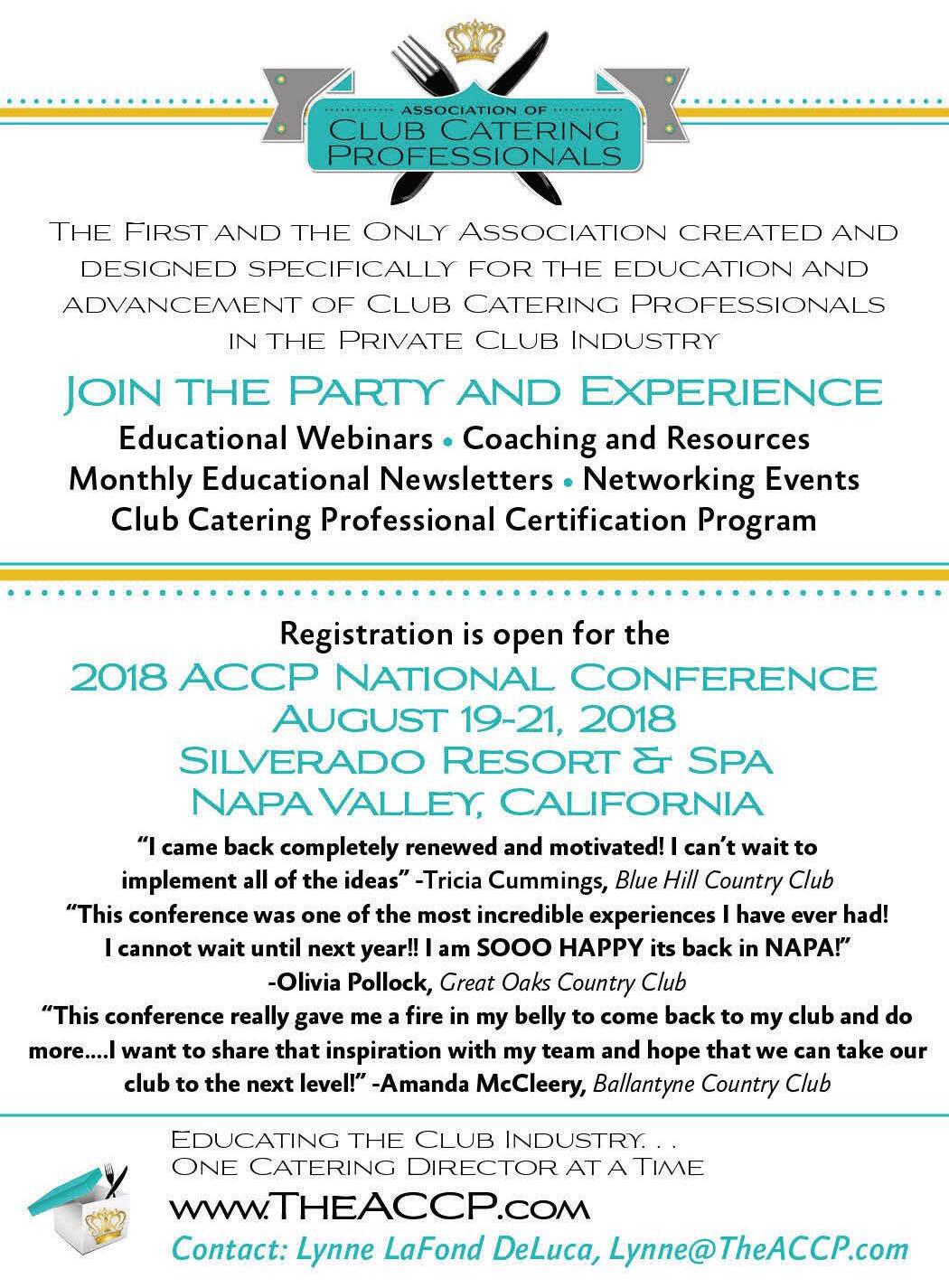

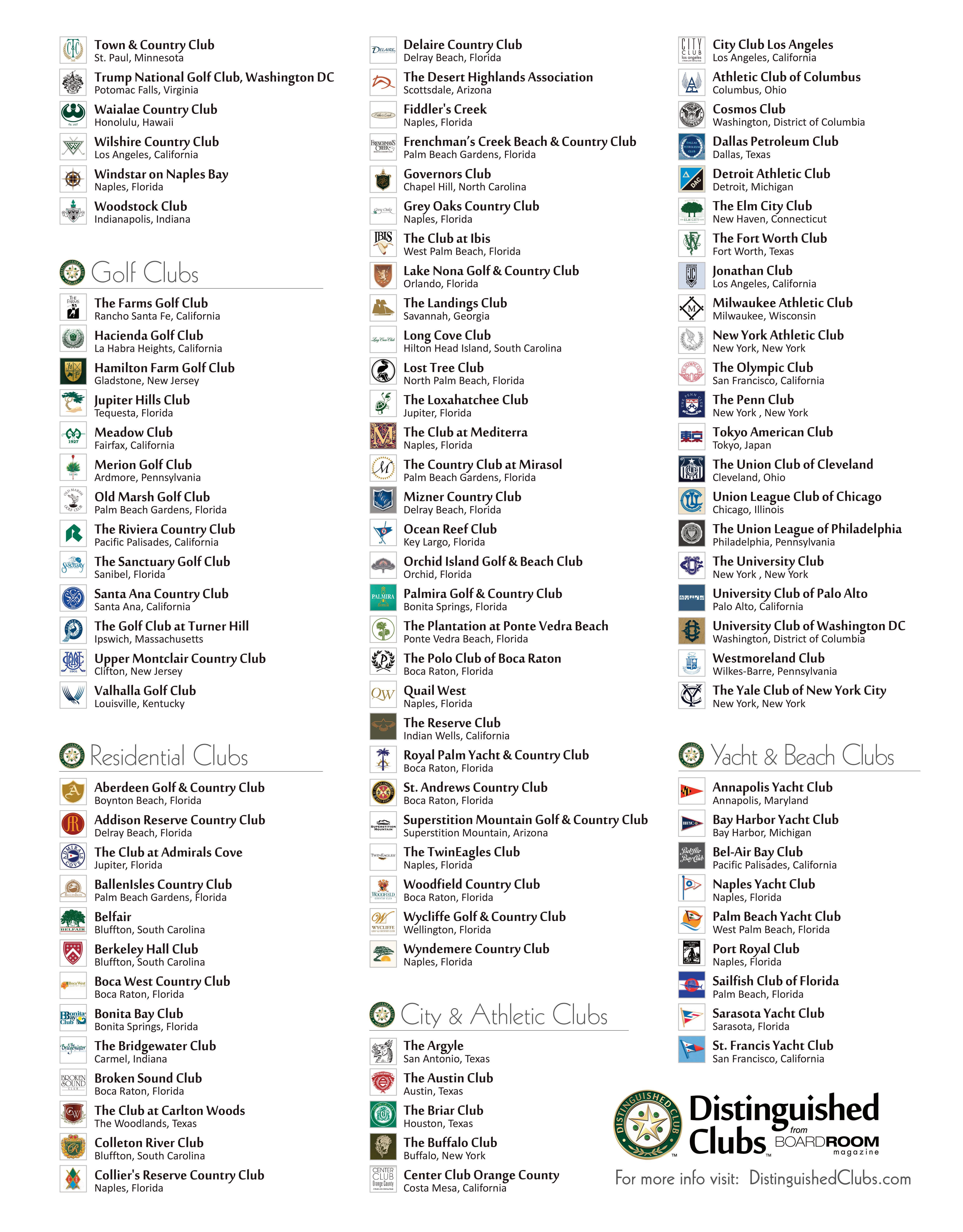

MIke pHelps
Mike Phelps is principal and co-founder of Pipeline, a marketing agency for membership clubs, residential communities and unique experiences. www.pipeline-inc.com.
Boards and committees are focusing more than ever on branding for their clubs. accordingly, clubs are clamoring to enhance their public-facing website and tell their story more effectively.
Even if “branding” isn’t on the radar at your club yet, with industry standards evolving, trends shifting, attention spans shrinking and audiences changing, if your club hasn’t updated its website recently, it’s time.
Here’s a quick list of key things to consider as your club tackles a website refresh:
Architecture – If there’s one sign that you need a website refresh, it’s not having a responsive design. Responsive web design allows a site’s layout and size to adapt to the type of device the visitor is browsing on. This means someone viewing on their iPhone won’t need to pinch, zoom or scroll to read any text. Another sign you need a refresh is that your website still uses Adobe Flash, which was all the rage 10 years ago. Websites using Flash are not indexable by search engines, slow down page load speeds, and on top of that, present countless security vulnerabilities.
Function –There are three distinct purposes for a public-facing club website: 1) to build brand. 2) to generate leads, and 3) to give important information (address, careers, etc.).
Here’s our choice of the top 10
for 2018 (in alphabetical order)
adena Golf & country club – www.adenaclub.com
the Golf club at Black Rock – www.blackrockidaho.com
the cliffs – www.cliffsliving.com ford plantation – www.fordplantation.com
the Jonathan club – www.jc.org kukui‘ula – www.kukuiula.com
Monterey peninsula country club – www.mpccpb.org
Moonlight Basin – www.moonlightbasin.com silo Ridge field club – www.siloridge.com vancouver club – www.vancouverclub.ca
Surely, we missed some great websites. But most of the club websites we reviewed were really not very inspiring at all. For clubs contemplating a website refresh, now might be the perfect time to elevate your brand, tell your story, and outperform an otherwise uninspired private club webscape.
Brand building websites define the club through a cohesive brand narrative that creates an emotional reaction. These sites use brand messages that speak to a specific target audience using consistent tone of voice. They clarify positioning and highlight key points of difference – all of which combine to paint a compelling vision of the club.
The best lead generation websites are brand-building websites optimized for SEO and digital marketing. This is where science meets art, requiring keyword research, user interface/user experience design and digital marketing optimization (landing pages, social media integration, etc.).
Get these right and your conversion rate –the lead generation metric that measures the percentage of visitors who become leads –takes a happy jump upward.
Design – Bounce rate is the percentage of single-page sessions where a visitor come and left without interacting on your site. You can find this metric on your site’s Google Analytics dashboard.
A high bounce rate is typically an indication that the visitor did not find what they we’re looking for, became overwhelmed with the site, or didn’t get a great first impression (i.e. bad design).
The average website’s bounce rate is 40 percent. Aim for under 30 percent by paying close attention to the homepage, navigation elements and load time (best-in-class websites should load in under three seconds). Ensure your design is simple, easy to navigate and gets to the point quickly.
Many of the club website vendors use ‘fillin-the-blanks’ templates – while this can make the design process easier, keep in mind you’re effectively buying a cover band’s version of a popular song. The original is always worth more than the copy.
Melissa Low is the senior director, communications & advocacy, for the Club Management Association of America. For the latest information on these and other issues affecting the club industry, please visit CMAA’s Legislative Report blog at www.cmaa.org/legislative.aspx.

With midterm elections looming and a busy year to date, here’s the latest overview of issues affecting the club industry and what to watch:
FY2018 Spending Package Impacts H-2B Visas, Proposed Tip Rules, and More: HR 1625, the Consolidated Appropriations Act, was passed by Congress on March 22. Two specific policy provisions were included in the Act, which impact the club industry specifically, H-B visas and tip pooling regulations. In a move similar to FY2017, Congress has authorized the Department of Homeland Security (DHS) to adjust the annual limit of 66,000 visas. The FY2018 spending package provides muchneeded relief to clubs and other seasonal employers who rely on H-2B visas to fill peak season jobs at their businesses.
The increase would be limited to no more than the maximum number of visas issued in years when the returning worker exemption was in effect. It is estimated the new cap could be approximately 110,000. Before this move, the H-2B visa cap was met on February 28, 2018. Without this action, no further visas would have been available until October 1, 2018.
Further, Congress prohibited the enactment of a proposal by the Department of Labor (DOL), which would have allowed clubs and other employers who do not take the tip credit to create a tip pool that is not limited to customarily and regularly tipped employees. The proposal made by the DOL in December 2017 would have overturned a 2011 rule that prohibited the
practice and allow tip sharing with employees who do not traditionally receive direct tips – such as back of the house employees like cooks and dishwashers. The proposal would not have affected current rules applicable to employers that claim a tip credit under the Fair Labor Standards Act (FLSA).
New Federal Bill on the CMAA Watch List: Clarifying Seasonal Employees Introduced by Senators Roy Blunt (R-MO) and Angus King (I-ME), S.2670 would provide clarity for the definition of seasonal employees related to the Affordable Care Act’s employer mandate. It would create one definition for these employees instead of the current confusion with separate definitions for “seasonal worker” and “seasonal employee.”
The new definition would be labeled as a “seasonal employee” and defined as “an employee who is employed in a position for which the customary annual employment is not more than six months and which requires performing labor or services which are ordinarily performed at certain seasons or periods of the year.” Further, these workers would not be counted in the calculations for the employer mandate provisions.
The bill has been referred to the Senate Committee on Finance. This bill mirrors HR 3956, the Simplifying Technical Aspects Regarding Seasonality (STARS) Act, which is currently awaiting further action in the House Ways and Means Committee with 43 co-sponsors. BR
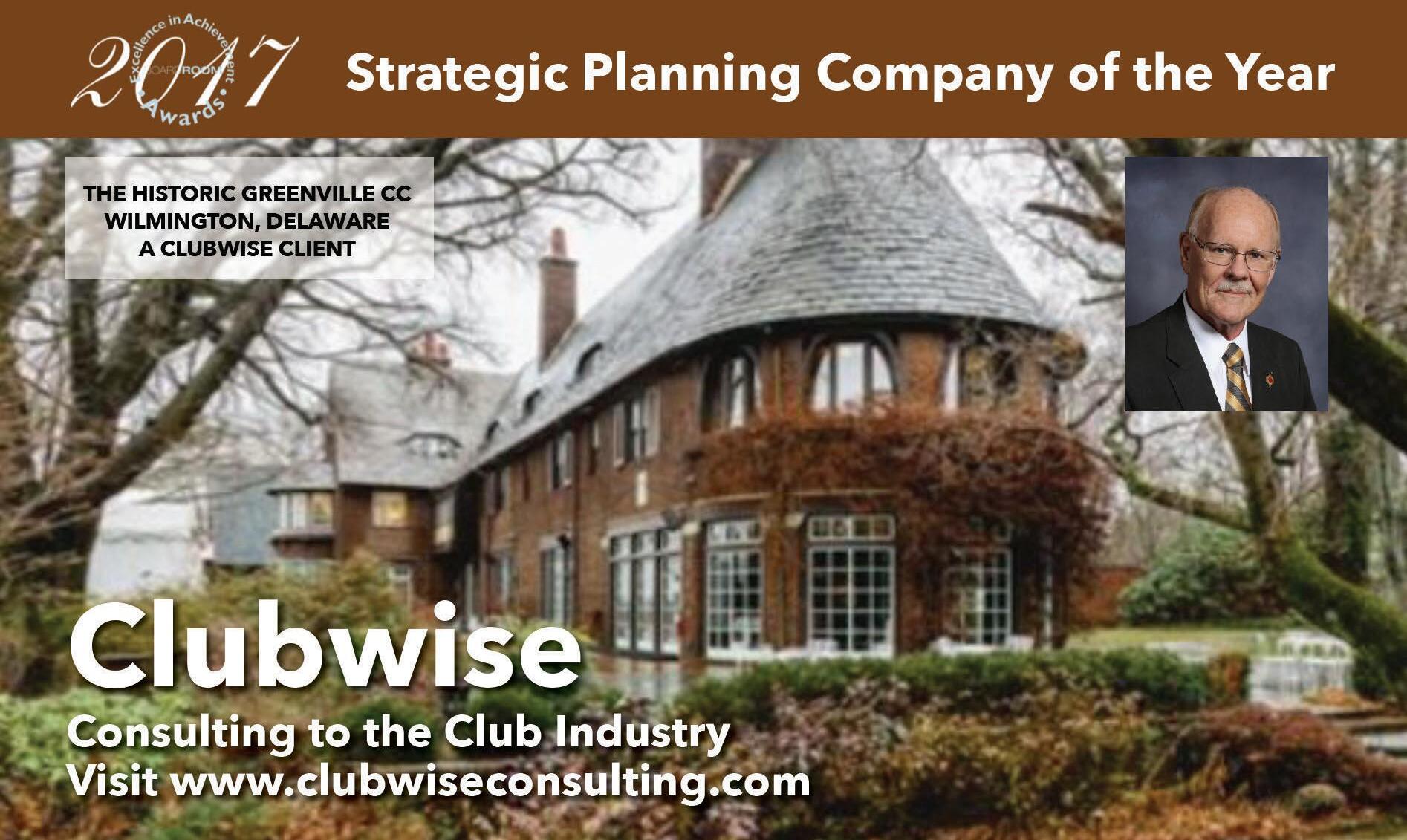
reacting with an entirely new and exciting lifestyle experience – all geared toward growth, retention, increased utilization and increased satisfaction.
Some of the ways in which clubs are able to react to a changing demographic environment are member surveys to understand needs by demographic; tracking programs to overview member’s usage or lack thereof, and wi-fibased beacon technology to identify and personalize each member experience and create an unprecedented member experience.
Food for Thought |66
Food service operators know from experience that the goods delivered by the driver are not always accurately reflected on the invoice. In fact, in at least 15 percent of the cases, the invoice has some type of error on it – either the quantity or the cost. And in some cases, the goods are not up to the quality required and must be returned and deleted entirely from the invoice.
By providing the ability to simply scan the invoices into the system, employees in many cases forego the entire receiving process. We have found the discipline of careful receiving and purchase order/invoice reconciliation can result in savings of two percent of sales or more.
Giving employees the opportunity to simply accept the invoice and scan it could easily cause them to skip the receiving part of their job. In addition, assuming they do find errors because of receiving, they can’t simply scan the invoice and leave it alone. They would have to scan the in-
from Membership Committee |90
Content – The problem with most websites is that they’re built from the inside out. It’s an easy trap to fall into, almost inevitable, in fact. You’re on the inside of your club, looking out at your prospective member. But they’re on the outside, looking in.
The effectiveness of a modern website (and modern SEO) depends on user experience – how well you anticipate and answer your prospective member’s questions; not the questions you feel they ought to be asking, but the ones they actually have in mind.
You must have a clear brand strategy to resonate with prospective members. Think of your public facing website as a relationship deepener, a half-step between your target audience and your front door. A tasting, not a full meal. Save the details for the member login site.
To manage change requires courage. Managing assets and programs to meet the needs of the next generation does not mean negating or abandoning the more mature and tenured members. It does however, require a willingness to understand that a healthy membership must both attract and retain members.
What attracted the tenured members is vastly different than what is attracting today’s next generation. Knowing the difference and having the courage to change is the first step in the right direction. BR
voice and then correct it for the issues they find. This can be a disincentive for good receiving practices.
The better approach is to start with a purchase order generated by the F&B system, compare the invoice to the purchase order and then convert the PO into an invoice using the system.
There is no need to scan it since the PO is already in the system and can be converted to an invoice with very few keystrokes. Transaction data can then be exported directly to the A/P system. This approach encourages the receiving discipline, takes less time when taking manual correction of scanned invoices into consideration, and creates significant savings.
I find it useful to evaluate technology as a tool to enhance profitability – not to simply speed up processes. Some processes might actually benefit from adequate time spent. So don’t drink the “cool” aid – in practice it might not be as cool as it seems! BR
Copywriting – Think big. Talk small. This is a skill that makes all the difference. Resist the temptation to include every fact and bit of info. Streamlined and clean is best. Consider hiring a marketing copywriter to help clarify and simplify your brand story and evoke the right emotional elements. Visual elements – Invest in photography and video. Unless your golf course is top tier, ditch the drone shots and hole-by-hole flyovers. Instead, focus on showcasing the unique lifestyle your club offers – candid shots of smiling, happy members and staff stand out more than generic fairways and greens (no matter how pretty the sunset).
What does right look like? Our team combed through over 500 club websites, developed by different designers Our criteria were threefold: 1) Does the website spark interest in the club? 2) Is the website visually compelling, creative and easy to digest? 3) Does the website convey a clear brand story? BR
year in an attempt to identify any items that are greatly out of normal market parameters. But, after that point, why would we look to third party data again? We are on our own and certainly, come the end of the year, if the management team fails to hit budget, it won’t be allowed to point to external statistics as a reason why!
Returning to Muller’s article, club boards an d management would do well to consider these thoughts as they sift through the mass of big data now available for the club industry.
“Measurement is not an alternative to judgment: measurement demands judgment. Judgment about whether to measure, what to measure, how to evaluate the signifi-
from Membership Musings |42
able to quickly respond to the change, the club’s strategic thrust can be in trouble.
The biggest dangers to a club come from the ones you don’t see coming. Understanding these threats – and anticipating opportunities – requires strong peripheral vision. In other words, keep a 360° radar screen.
2) Make three measurements. When I was building anything as a youngster, my dad used to always tell me to measure twice and cut once. Building a business strategy in turbulent times requires a similar approach. But instead of measuring two times, it needs three measurements.
T hese measurements are actually three different outcome scenarios of what could happen to the club based on your radar readings. I call them the “what if” scenarios. In this method, the club projects three possible outcomes – the most likely, the worst possible, and the best possible.
The next step is to attach odds to each outcome, depending on the nature and severity of the turbulence, the competition’s response, the projected impact on members’ lifestyles, and the impact on club sustainability. Finally, develop a strategic plan based on each of the final projected outcomes.
3) Backcast the club’s future. The vast majority of managers and boards participate in the ritual of forecasting. This is the process of predicting the club’s future based on past and present trends in performance, membership, competition, and economic conditions.
I t is trying to foretell Time future from Time past and Time present . It is the process of predicting based on current conditions.
Backcasting, however, takes a different approach. It begins with defining a future scenario and then works
cance of what’s been measured, whether rewards and penalties will be attached to the results; and to whom to make the measurements available. Becoming aware of the characteristic pitfalls of metric fixation is the first step in helping your organization to recover, and to restore judgment to its proper place.”
Of course, industry data is useful for defending the sometimes counter-intuitive club financial model, but club boards should not be setting goals for its club management team forcibly driven by generalized statistics. Understand the data, understand what drives it, understand the source and understand how it may, or may not, apply to your club’s unique strategic plan; manage with the metrics, not to the metrics. BR
backwards to identify what the club did to arrive at that future state. It approaches the strategic planning process from the opposite direction. In other words, backcasting looks at the club’s current situation from a future vantage point.
It cannot reveal or predict what the future will be, but rather to look at a number of possible futures and then map out the steps that would have to happen to take the club to that future. Through this process, a couple of things happen.
Some of the psychological barriers that lead to, “Well, we can’t do this or that, because… (don’t have the budget, the board won’t approve, the staff isn’t trained) are eliminate, or at least reduced.” Two, it encourages more creative thinking because it decreases the constraints of today’s resource limitations.
T he process leads you to ask what the club did to reach the various results. Or, in the case of the worst scenario, ask what happened to put the club on this path and/or what didn’t the club do to turn it around. By answering these questions, you make sure that your strategy and tactics are taking the club in the direction of its mission.
Backcasting comple ments forecasting, it doesn’t replace it. Although, I once heard backcasting described as a recipe for people who hate to predict. This isn’t a bad recipe considering all the uncertainties that surround the club industry.
Futurist Eric Hoffler reminds us that, “In a time of drastic change, it is the learners who inherit the future. The learned usually find themselves equipped to live in a world that no longer exists.” Said another way, pick up your three eys and listen to Yogi Berra.
Your Bottom line will thank you! BR
cluB seRvIce

cHRIs BoettcHeR
Christopher Boettcher, proudly a CCM and CCE, is the general manager/COO at The Beach Club in Santa Monica, CA and a regular contributor to BoardRoom magazine. He can be reached at chris@boettcher.com
Have you ever left a board meeting at your club thinking you wish you’d have asked the question you now have in mind?
Of course, you have. We all have.
An article I read in Harvard Business Review stated that asking questions improves the emotional intelligence of the questioner. I found that captivating.
Having volleyed a few questions in my day, I take close note of some of the nimbler and pointed board members who use this tact often. Fascinating to watch these tacticians at work, asking away! Asking questions in committee meetings and board meetings is SO necessary to get understanding, before being understood, but it also shows the adaptability and adept intelligence of the person posing questions too.
Aside from not speaking up enough, many board members don’t think about how different types of questions can lead to different outcomes. I’m in a job change so I spent recent times in the interview chair asking and answering questions. The questions you get and the ones you ask are crucial.
You should steer a conversation by asking the right kinds of questions, based on the issue at hand – for me, it was, ‘Why will you love me, right?’ Interviewers are focusing on an issue they are trying to solve, like filling the job. In some cases, you’ll want to expand your view of the problem, rather than keeping it narrowly focused. In others, you may want to challenge basic assumptions or affirm your understanding in order to feel more confident in your conclusions.
Consider these four types of questions – clarifying, adjoining, funneling, and elevating – each aimed at achieving a different goal:
Clarifying questions help us better understand what has been said. In many conversations, people speak past one another. Asking clarifying questions can help uncover the real intent behind what is said. These help us understand each other better and lead us toward relevant follow-up questions. “Can you tell me more?” and “Why do you say so?” both fall into this category.
People often don’t ask these questions, because they tend to make assumptions and complete any missing parts themselves…especially dangerous to assume if interviewing, right?
Adjoining questions are used to explore related aspects of the problem that are ignored in the conversation. Questions such as, “How would this concept apply in a different context?” or “What are the related uses of this technology?” fall into this category.
For example, asking “How would these insights apply in a club versus a hotel?” during a discussion on food and beverage service can open a useful discussion on behavioral differences between members in a club versus customers in a hotel. Our laser-like focus on immediate tasks often inhibits our asking more of these exploratory questions but taking time to ask them can help us gain a broader understanding of something.
Funneling questions are used to dive deeper. We ask these to understand how an answer was derived, to challenge assumptions and to understand the root causes of problems. Examples include: “How did you do the analysis of food costs at your last club?” and “What was the point of this predilection?”
Funneling can naturally follow the culture of a club and its amenities, such as, “Can we take this analysis of food costs and drive it down to certain separate dining outlets for close analysis?” Most questioners or interviewers can really lead a discussion on a track for self-improvements.
Elevating questions raise broader issues and highlight the bigger picture. They help you zoom out. Being too immersed in an immediate problem makes it harder to see the overall context behind it. So, you can ask, “Taking a step back, what are the larger issues?” or “Are we even addressing the right question?”
For example, a discussion on issues like membership decline and decreasing member satisfaction at a private club can turn into a broader discussion of a long-range strategy with an elevating question: “Instead of talking about these issues separately, what are the larger trends we should be concerned about? How do they all tie together for membership happiness?” These questions take us to a higher playing field where we can better see connections between individual problems.
In today’s “always on” world, in the heat of club board rooms, there’s a rush to answer. Egos in the well as just a feeling to speed the flow of information. But we must slow down and understand each other better to avoid poor decisions and succeed in clubdom.
Because asking questions requires a certain amount of vulnerability, club cultures must shift to promote this behavior. Board members should encourage people to ask more questions, based on the goals they’re trying to achieve, instead of having them rush to deliver answers. To make the right decisions, people need to start asking the questions to lead ON! BR







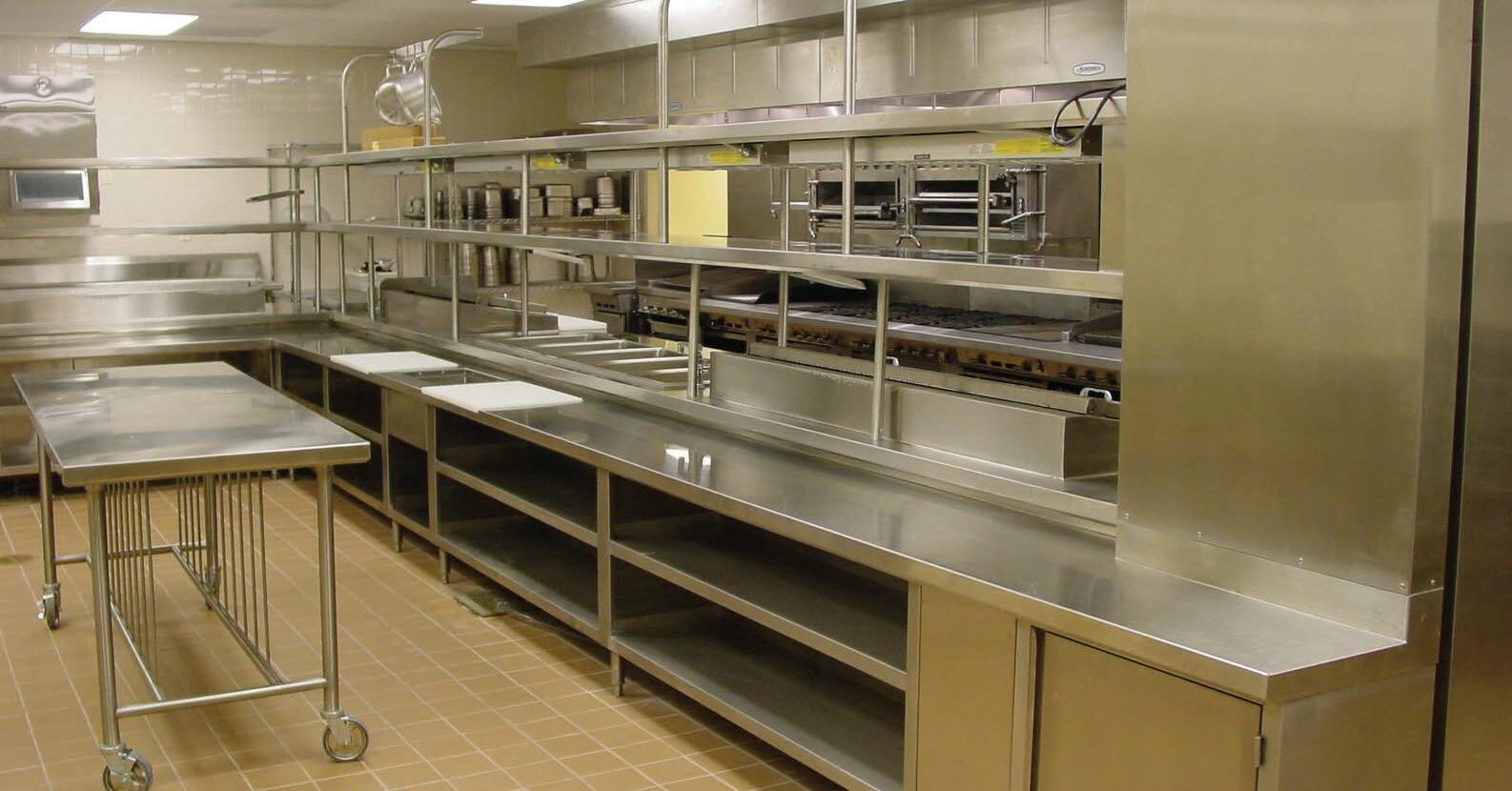

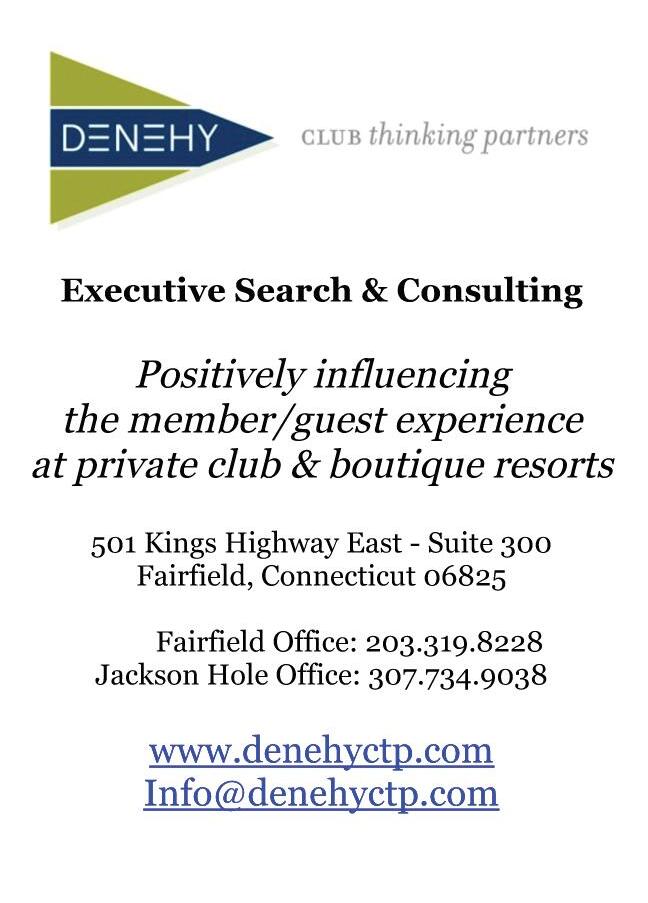



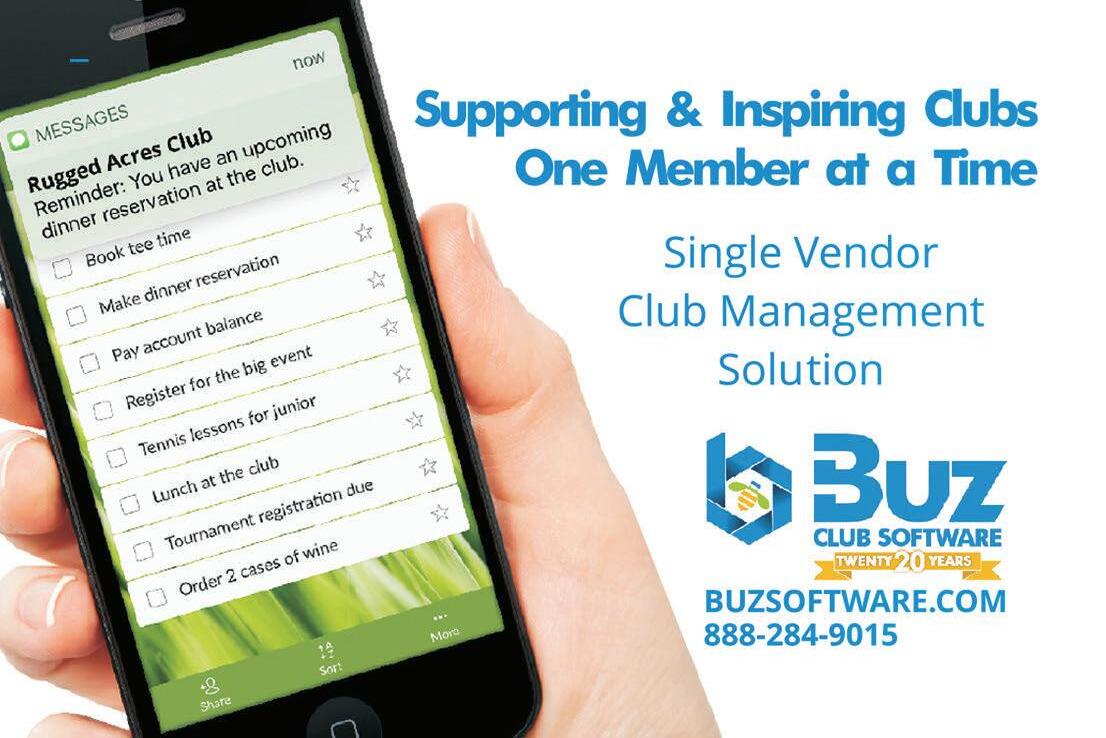
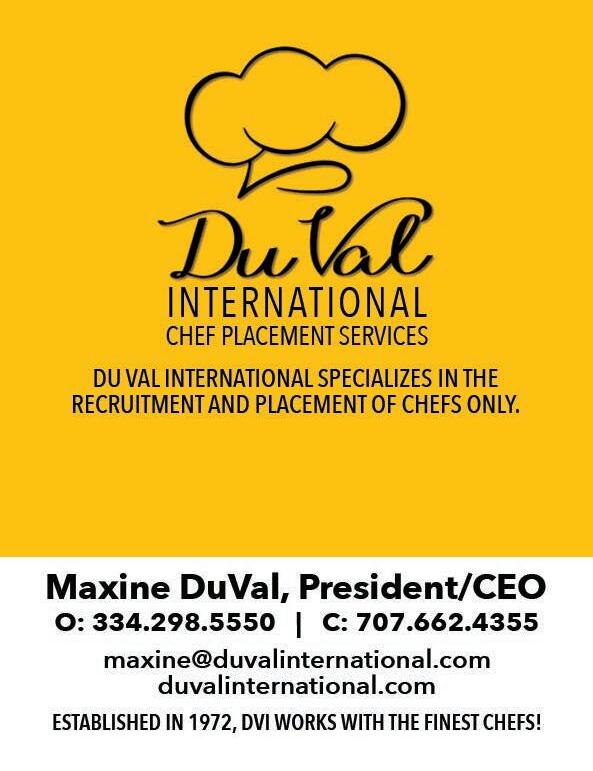













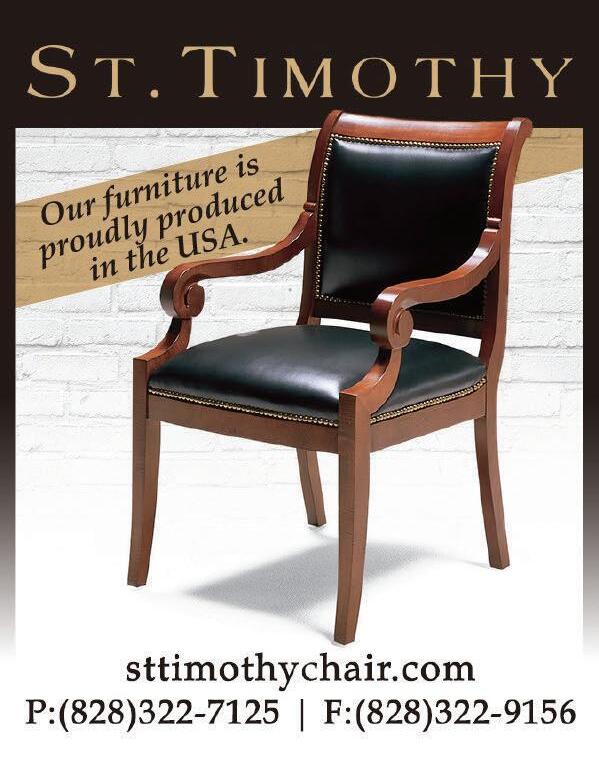









BoaRdRooM MaGazIne adveRtIsInG Index
ACCP.
Addison Law.
Ambassador Uniform.
Amish Gazebos.
Billy Casper.
BoardRoom Awards.
BoardRoom Subscriptions.
BoardRoom Top Private Club Presidents.
Boothe Group.
C2 Limited Design Associates.
Capstone Hospitality.
Casa de Campo.
87
11
67
95
15
51
53
57
95
61
3
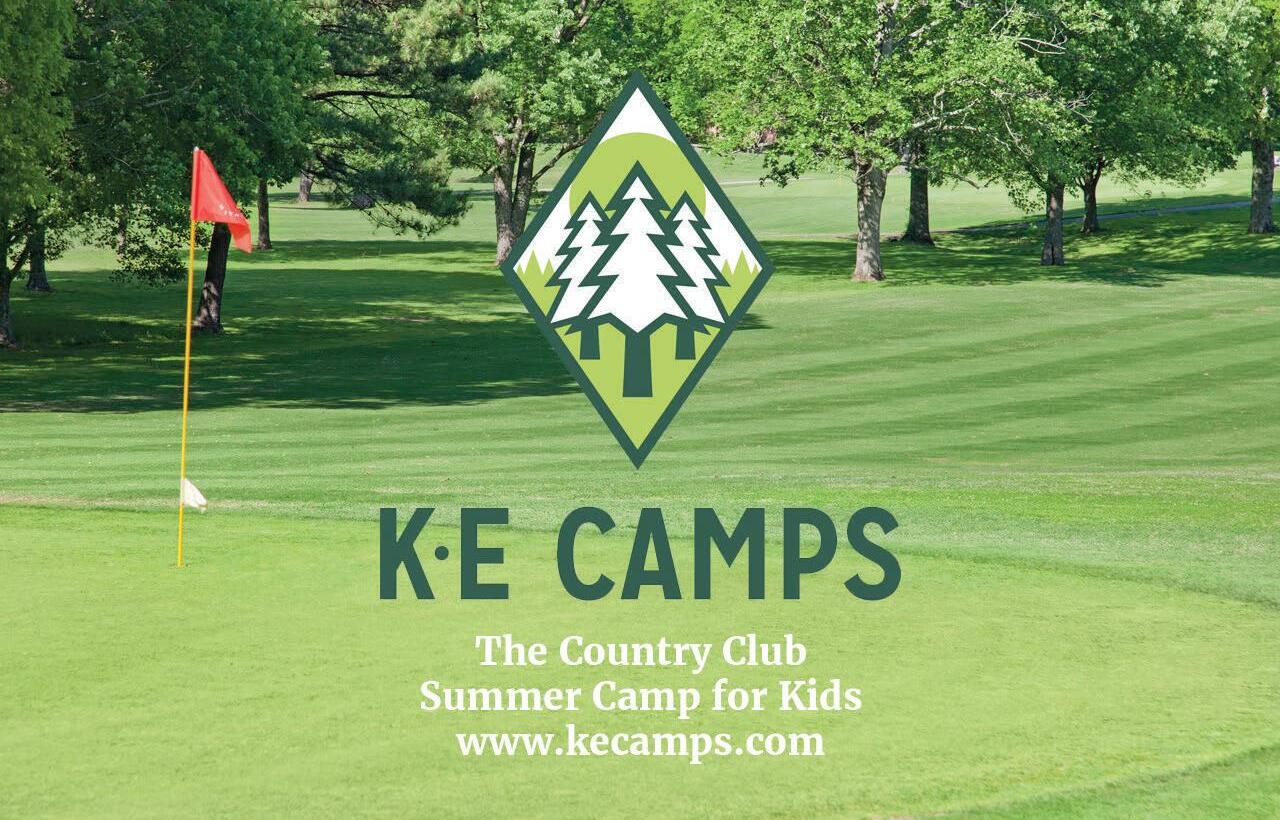

Clubwise.
Creative Golf Marketing.
Daniel Paul Chairs.
Denehy.
Distinguished Clubs.
Distinguished Club Experience.
Eustis Chair.
EZ Links.
Flora Springs.
FOOD-TRAK.
Gasser Chair.
91
25
13
5
47, 88 & 89
49
61
95
35
23
6
Lichten Craig.
MAI Architecture.
Peacock + Lewis.
8
45 Chambers.
Club Benchmarking.
ClubDesign Associates.
ClubTec.
67
29
27
38
GMS.
GSI Executive Search.
Harris Interiors. .
95
73
55 High-End Uniforms.
Kopplin Kuebler & Wallace.
BoaRdRooM MaGazIne countRY cluB Index
Chris Boettcher, CCM, CCE, GM/COO, The Beach Club, Santa Monica, CA
David Conroy, COO, University Club, Washington, DC
Rob DeMore, president, Troon Privé, the private club division of Troon
Gordon Digby, GM/COO, Southward Ho Country Club, Bay Shore, NY
Todd Dufek, locker room manager, The Country Club at DC Ranch, Scottsdale, AZ
Brooke Dinsmoor, dir. of communications, Woodfield Country Club, Boca Raton, FL
Brian Donohoe, assistant GM, University Club, Washington, DC
Mark Gurnow, PGA member/GM, Superstition Mountain Golf and CC , Gold Canyon, AZ
Cory Hathaway, assistant general manager, Los Angeles Athletic Club, LA, CA
Grant Hendricks, President, Southward Ho Country Club, Bay Shore, NY
Steve Irwin, President, St. Andrews Country Club, Boca Raton, FL
Dr. Bonnie Knutson, the Country Club of Lansing and the Michigan Athletic Club
George Lantz, president, Glemoor Country Club, Cherry Hills, CO
Nancy Levenburg, member, Spring Lake Country Club, Spring Lake, MI
Craig D. Martin, GM/COO, St. Andrews Country Club, Boca Raton, FL
65
31
Tom McKitterick, CCM, CCE, COO, Country Club of Lincoln, Lincoln, NE
Michael Nyerges, clubhouse manager, Fiddler’s Elbow Country Club, Bedminster, NJ
Gregg Patterson, member, The Beach Club, Santa Monica, CA
David Pendy, GM/COO, Lakewood Country Club, Rockville, MD
Garth Walker, GM/COO, Glemoor Country Club, Cherry Hills, CO
Adena Golf & Country Club – www.adenaclub.com
The Golf Club at Black Rock – www.blackrockidaho.com
The Cliffs – www.cliffsliving.com
Ford Plantation – www.fordplantation.com
The Jonathan Club – www.jc.org
Kukui‘ula – www.kukuiula.com
Monterey Peninsula Country Club – www.mpccpb.org
Moonlight Basin – www.moonlightbasin.com
Silo Ridge Field Club – www.siloridge.com
Vancouver Club – www.vancouverclub.ca
